LIVING, BREATHING HOPE



















At CHOC Children’s, hope is a catalyst for healing. For CIO John Henderson, it’s what fuels his work every day. P62







Elevating patient care


Hospitals and healthcare organizations across the country rely on ePlus to optimize their IT investments and deliver better patient outcomes through state-of-the-art care.



Enabling healthcare to transform to a continuum of care for better patient experience, ePlus makes technology mean more for healthcare.
+ Big Data/Analytics
+ Cloud for Healthcare
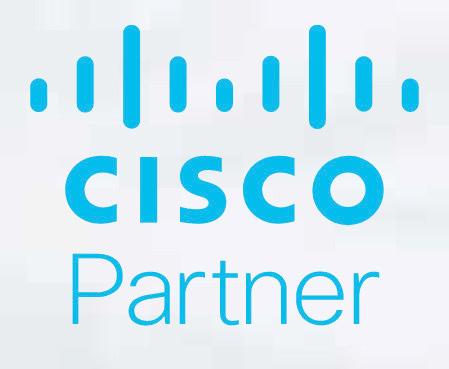

+ Security

+ Telemedicine/Telehealth




+ Mobility
+ Staffing Solutions

+ Tailored Financing

How healthcare leaders have adjusted to accommodate unexpected circumstances P8
Contents 3
The Path
in this issue
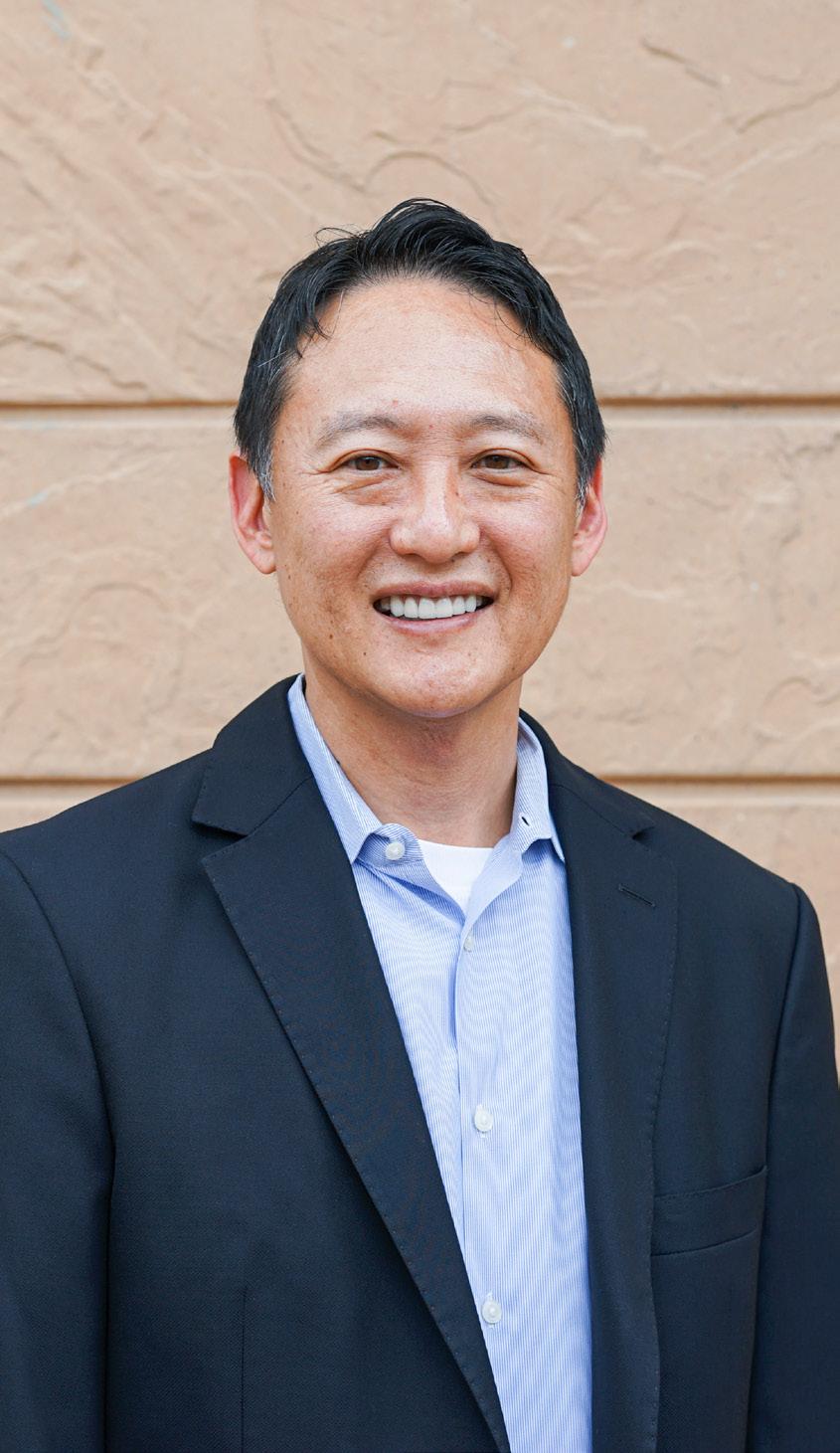
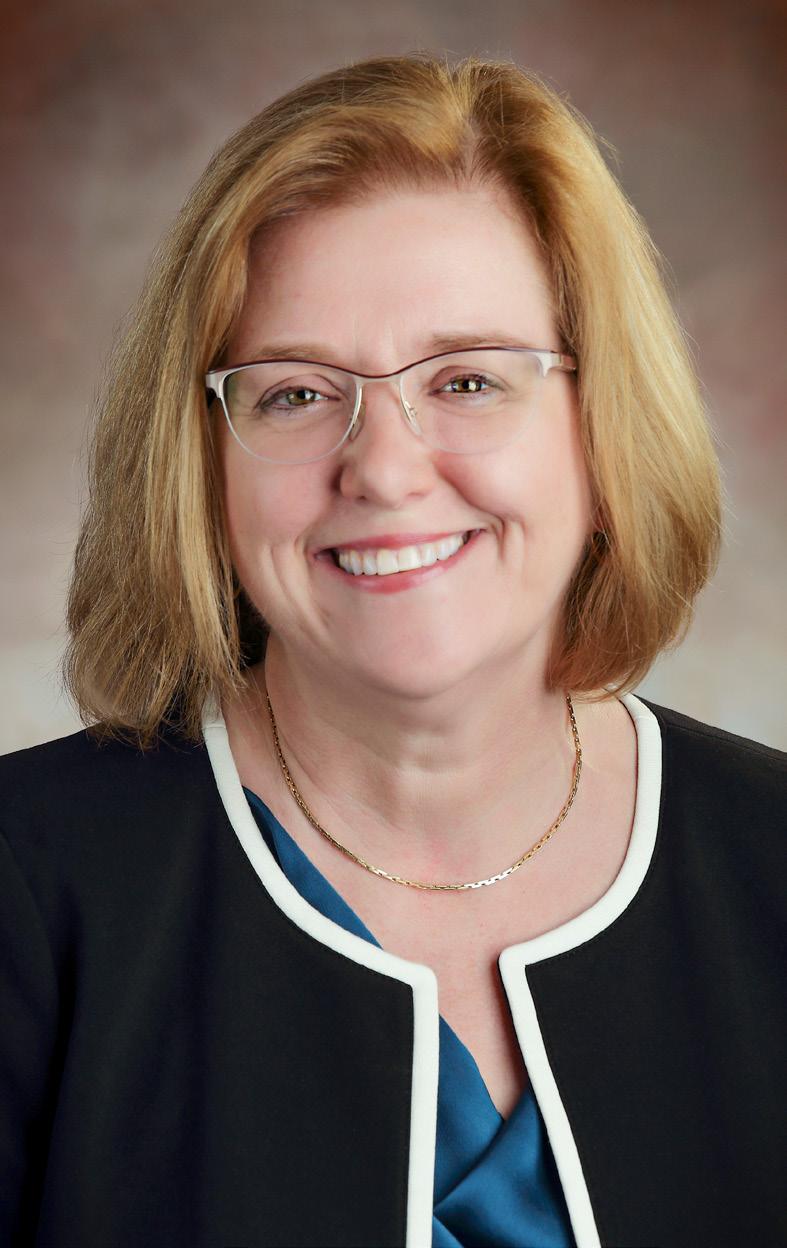
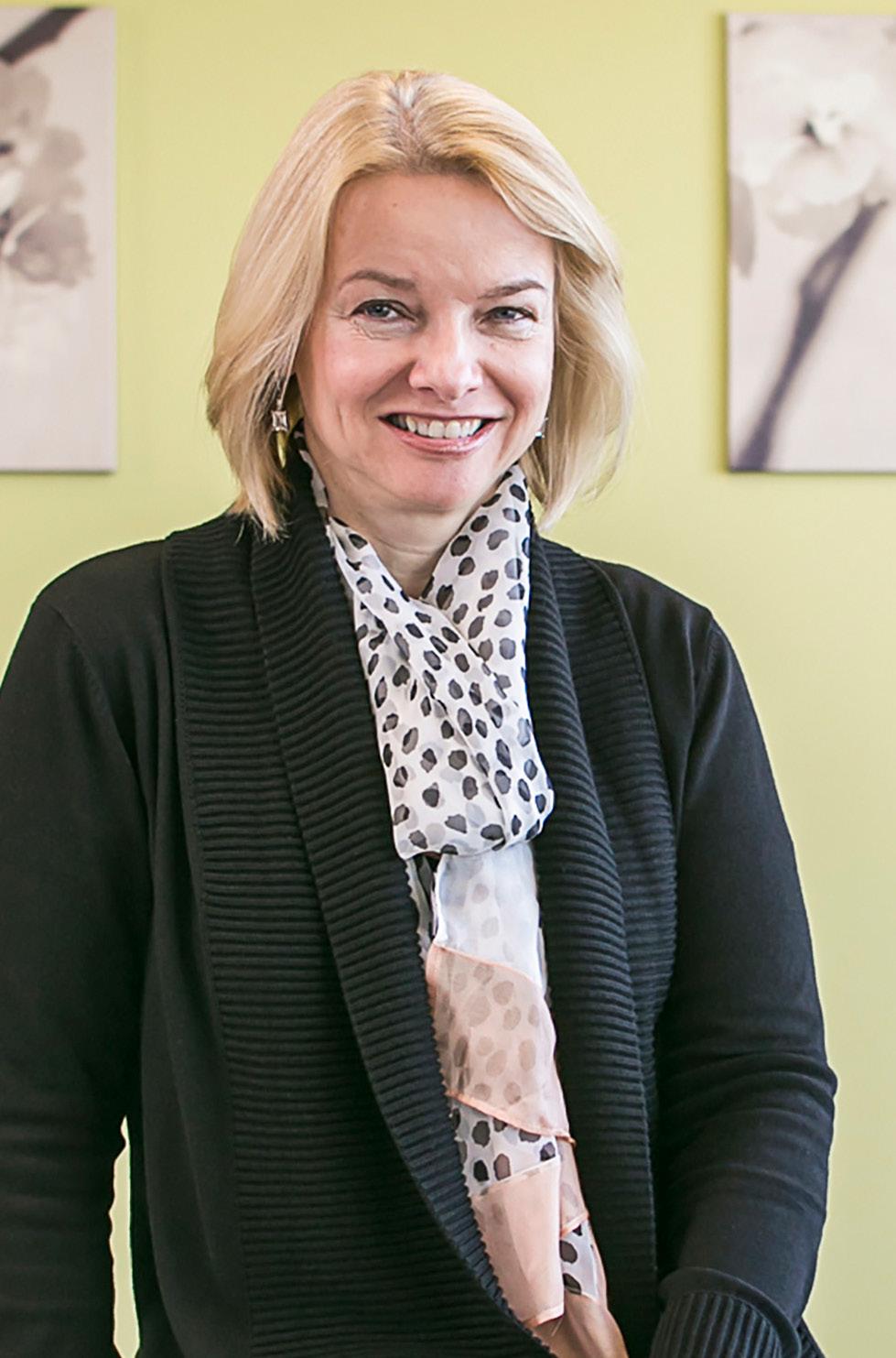
Bijesse builds sustainable change in BrightSpring’s HR and talent acquisition processes by challenging the status quo ▶ 28 After a decade at Prime Healthcare, Tammy Valle switches gears to help strengthen benefits offerings at the Meruelo Group 32 As CISO, Jim Loveless finds a greater sense of purpose knowing he’s protecting the patients at Nemours Children’s Health System 36
Reba Phillips creates multigenerational benefits options that keep up with the evolving industry 42 Sara Turken helps Rocket Pharmaceuticals make safe, compliant drugs that are built to last on the market 49 Richard Yoon takes IP further by tapping into the power of mentorship and focusing on what makes a product unique at MicroVention 54 ◀ Courtesy of BrightSpring Health Services (Bijesse),
4 AHL
Louise
The Issues BJC’s
Ryuji Suzuki (Andrews)
The Impact
Boston Biomedical’s CEO Patricia S. Andrews encourages innovation to allow her team to make big leaps in cancer treatment
68 ◀
Dena Regan folds diversity, inclusion, and belonging into her global benefits strategy at HERE Technologies
76
Irina Ridley addresses gaps in the healthcare industry while advocating for women at Myriad Genetics
78
The Reason
Katelyn Petti Hokenberg strengthens Merz’s cultural building blocks to make it a prime healthcare competitor
82
Mark Pawlak switched careers to focus on people rather than processes. Now, ConnectiveRx’s people are priority.
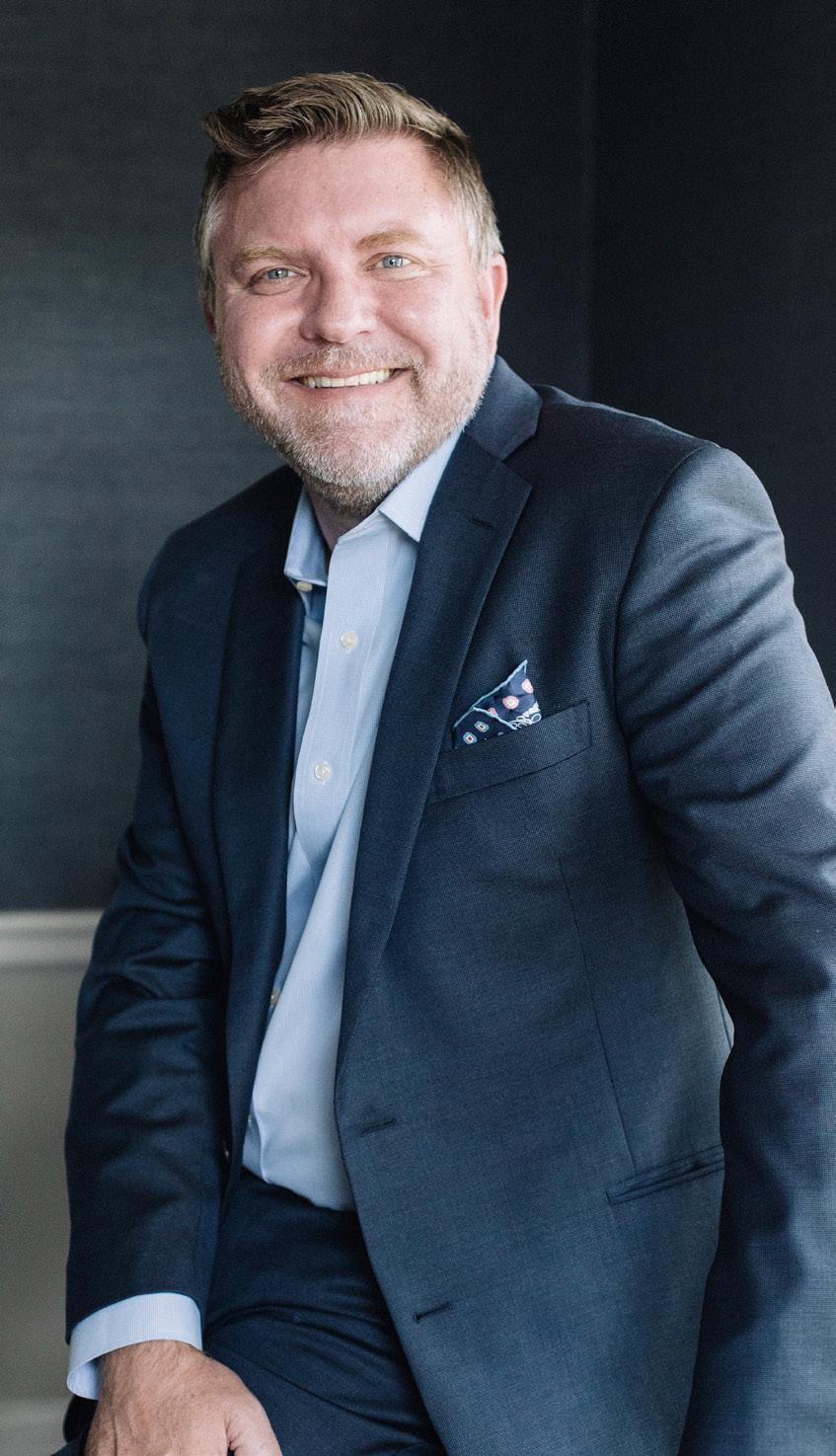
85
At Dana-Farber Cancer Institute, Hilary Libka applies her rightside brain to intellectual property protection
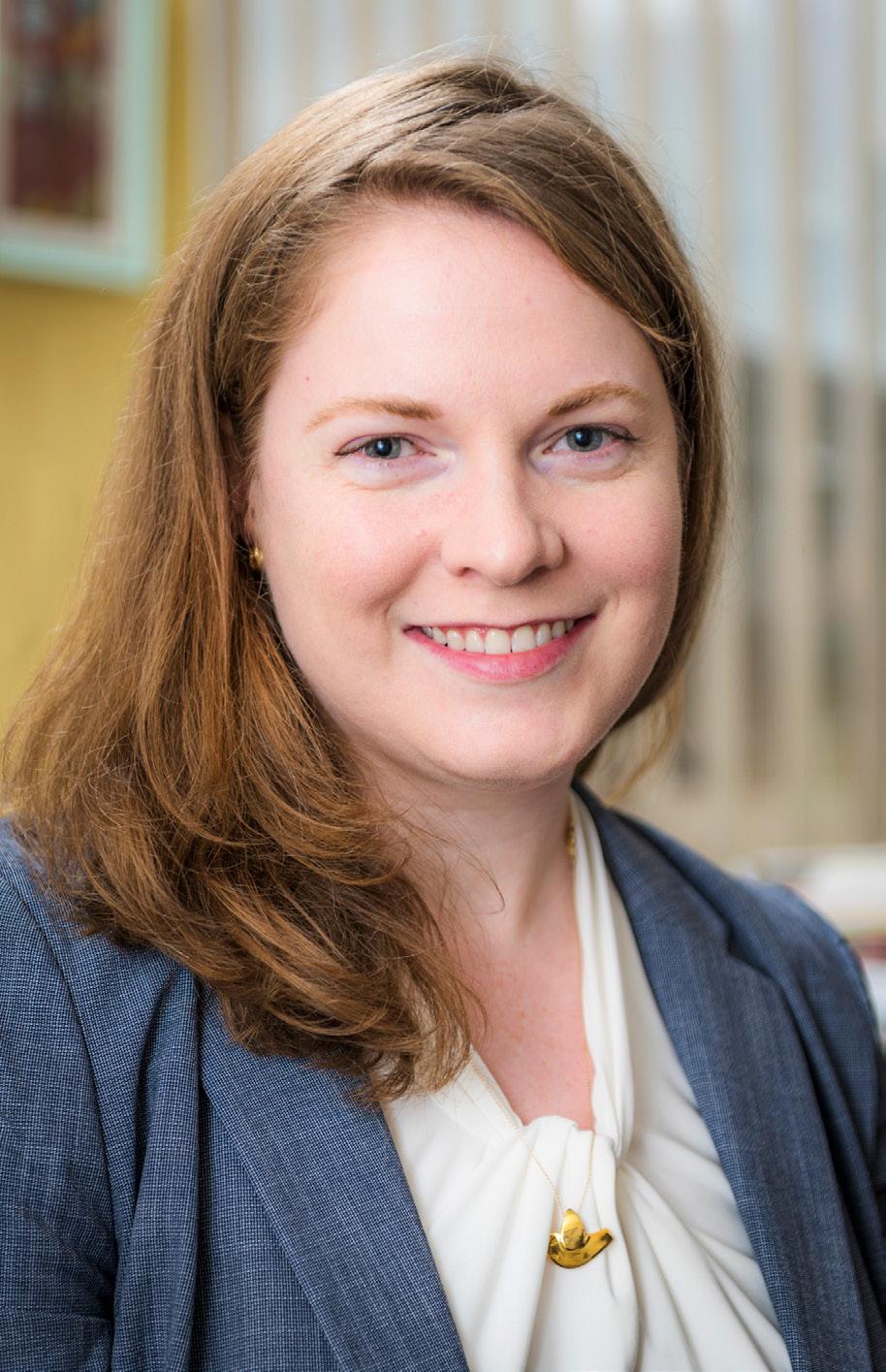
90 ◀
On the Cover
CHOC Children’s John Henderson was photographed by Jabari Jacobs, a multidisciplinary artist and master of color who works in photography, design, and film. To see more of his work, visit jabarijacobs.com.
The Business
As a mass tort litigator on a lean team, Greg Dadika knows what it takes to do more with less at Becton Dickinson
▶
96
AMN’s Dan White discusses how technology and new talent solutions are keys to optimizing healthcare staffing
106
At McKesson Corporation, Ryan Hassanein evolves his career by strengthening relationships and keeping pace with the environment
109

Contents 5
Sam Ogden/Courtesy of Dana-Farber Cancer Institute (Libka), Aundre Larrow (Dadika)
Masthead
CREATIVE
Director, Editorial
Kevin Warwick
Managing Editor
KC Esper
Senior Editor
Frannie Sprouls
Editors
Melaina K. de la Cruz
Sara Deeter
Hana Yoo
Staff Writer
Billy Yost
Contributing Writers
Cora Berg
Peter Fabris
Charlotte Foer
Julian King
Keith Loria
Sara Verdi
Clint Worthington
Stephanie Zeilenga
Senior Designer
Vince Cerasani
Photo Editors & Staff Photographers
Cass Davis
Gillian Fry
CORPORATE
CEO & Publisher
Pedro A. Guerrero
Chief of Staff
Jaclyn Gaughan
President, Group Publisher
Kyle Evangelista
VP, Hispanic Division
Head of Audience & Engagement
Vianni Lubus
VP, Finance
David Martinez
Director, Client Services
Cheyenne Eiswald
Senior Client Services Manager
Rebekah Pappas
Client Services Manager
Brooke Rigert
Director, Talent Acquisition
Elyse Schultz
Senior Talent Acquisition Manager
Haylee Himel
Director, Strategic Partnerships & Accounts
Krista Horbenko
Senior Events Manager
Jill Ortiz
Senior Director, Sales
Ben Julia
Director, Sales Training & Development
Alexa Johnson
Content & Advertising Managers
Megan Apfelbach
Olivia Binke
Kelsey Price
Kelly Stapleton
Drew Thomas
AHL Magazine® is a registered trademark of Guerrero, LLC.
Facebook: @ahlmagazine
LinkedIn: @american-healthcare-leader
©2021 Guerrero, LLC guerreromedia.com
770 N. Halsted, Unit 307 Chicago, IL 60642
Reprints
Reprinting of articles is prohibited without permission of Guerrero, LLC. Printed in China. For reprint information, contact Reprints & Circulation Director Stacy Kraft at stacy@guerreromedia.com.
6 AHL
From the Editor
This letter isn’t about 2020. I don’t think any of us need three hundred words to reckon with the fact that last year was the most impossible year in recent history.
Putting together a healthcare magazine amid a pandemic wasn’t easy— and I think every leader featured in this issue would concur that their own responsibilities became uniquely difficult. So much was up in the air that it felt like everyone—even those outside of healthcare—was in limbo, wondering when everything would relax and go back to normal, regardless of what that word now means.
Despite the patience it took to compile this issue and the challenges that each person within it had to navigate, the resounding themes found within each narrative aren’t dismal, confused, or pessimistic. They are hopeful. This letter is about everything moving forward.
When I read our cover star John Henderson’s story (p.62), I had, for the first time in many months, an optimistic outlook. Every morning, John crosses the bridge that connects administrative operations with the in-patient operations of CHOC Children’s and remembers his greater purpose: he’s there to help provide kids the chance at a brighter future.
As we start the new year, like John we’re crossing a bridge that offers us a new view of our greater purpose. Armed with the lessons of the past year, we’ll grow accustomed to the unique comfort of knowing our strength and the endless possibility that comes from moving through adversity. Every challenge we overcame, every sacrifice we made was all to promise a better future.
Moving forward, I am challenging myself to carry forth every unexpected thing I learned during this time: the peace that comes from slowing down, the joy of helping my neighbors and feeling like part of a community, the beauty of open space and sunlight, the pride of finishing a new book or baking a perfect loaf of bread, and the freedom of foregoing makeup. Every new chapter in history must start somewhere. Just as 2020 brought us countless scenarios for improvement, 2021 offers us the chance to improve.
KC Esper Managing Editor

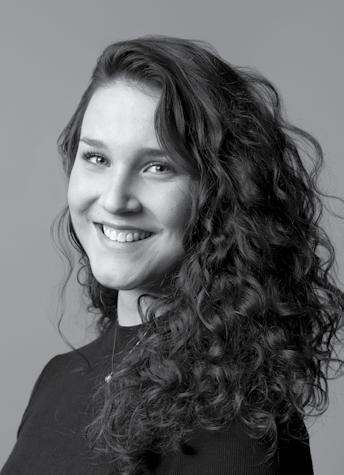
Gillian Fry
Editor’s Letter 7
8 AHL
While many companies moved home in 2020, leaders across the health industry adapted differently as the world shifted from under their feet 10 Courtney Nelson CommonSpirit Health 14 Josh Lubin Sanofi US 18 Bo Engelhardt, Kyle Osterman First Advantage Corporation 22 Melissa Lesley PRA Health Sciences The Feature 9
By Peter Fabris
After a megamerger and amid a pandemic, CommonSpirit’s Courtney Nelson leads the effort to use space across the Catholic healthcare network more efficiently and safely
10 AHL
The past couple of years have been an extraordinary period for Courtney Nelson (formerly Courtney Hanfland), system director of real estate transactions and portfolio strategy with CommonSpirit Health. She supported the real estate portion of a healthcare megamerger of Catholic Health Initiatives (CHI) and Dignity Health that resulted in CommonSpirit, a combined organization with 142 hospitals in 21 states and has since been a key executive in the integration of the real estate team.
During the process, partners like Physicians Realty Trust noticed and were impressed with Nelson’s in-depth knowledge of the market trends, the portfolio details, and her desire to find a trusted real estate partner committed to a long-term relationship.
“Courtney has long been recognized as a bold leader in
both the healthcare real estate industry and CHI (now known as CommonSpirit Health),” shares John Thomas, president and CEO of Physicians Realty Trust. “She personifies a relationship-first approach while displaying finesse in navigating complex, multilayered transactions with ease.”
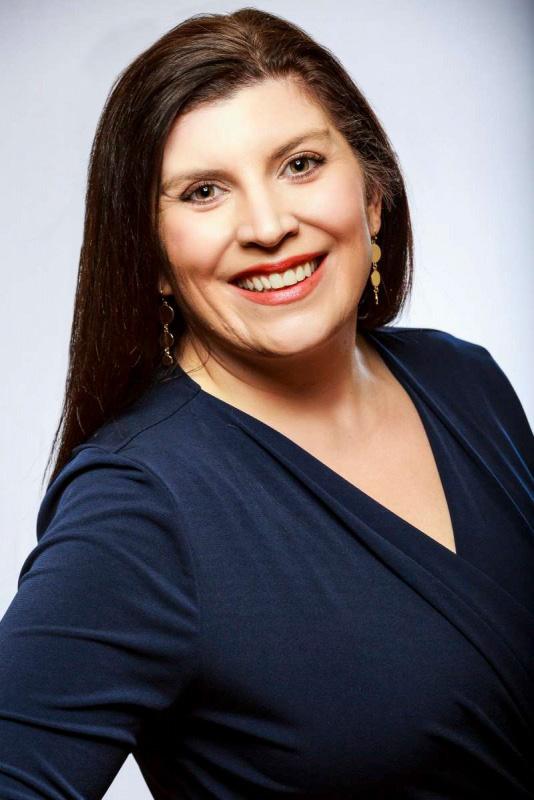
That transaction was finalized in early 2019. About a year later, the COVID-19 pandemic struck the US, causing reevaluation of how healthcare is conducted and how space is used. Nelson and the real estate specialists that she leads were already immersed in a wholesale review of CommonSpirit’s vast real estate holdings, looking for ways to better use space and trim costs. The pandemic’s impact altered the calculus, adding further opportunities for real estate budget savings.
The one-two punch of a huge merger and a highly transmissible, deadly disease were heaped on trends such as changes in insurance reimbursement and new technologies—both impacting space utilization. These factors illustrate the unprecedented uncertainty and rapid change buffeting healthcare real estate strategies.
“The challenges we are working on today I could have never predicted even two years ago,” Nelson says. Rarely, if ever, has the real estate function been poised to be so impactful to the organization’s mission. With oversight of all real estate transactions for the health system—buying, selling, leasing, development, creative financing, and portfolio strategy—Nelson is spearheading a new approach to real estate.
Leading into the merger, both CHI and Dignity had recognized under-utilized space and non-strategic space that could be trimmed. “We had identified millions of dollars in savings opportunities,” Nelson says. “PostCOVID, we can be even more aggressive on reducing administrative space.” Savings could total millions of dollars annually.
Courtney Nelson (formerly Hanfland) System Director of Real Estate Transactions & Portfolio Strategy CommonSpirit Health
The Feature 11
Ben Skigen
With nearly all administrative staff working from home for several months during the pandemic, executives found that employees were able to perform their jobs satisfactorily or even better than they did in the office. Early indications show the virtual work experiment, forced by the virus, has been such a success that CommonSpirit fully intends to continue to evaluate and expand telecommuting across the enterprise.
“It’s too early to predict exactly how it will shake out,” Nelson says. But, it’s possible that CommonSpirit will end up cutting as much as half of the space it currently leases for administrative personnel.
As CommonSpirit physicians prepared to resume a more regular schedule of in-person patient visits, CommonSpirit continues to assess how to translate CDC rules on preventing COVID-19 transmission into policies for using space. “We are looking at what is the appropriate size of exam rooms and how many practitioners should use each one,” Nelson says. Also, waiting rooms may be reconfigured to support social distancing and the need for space as the utilization of telemedicine continues to expand.
During and after COVID-19, flexibility will be prized when designing new space and remodeling existing space, Nelson says. Exam rooms that can be converted to offices, and offices that can be converted to exam rooms, for example, will make it easier to adjust to telemedicine trends.
Nelson says there is no doubt the overall real estate utilized by the healthcare system will continue to change, but it will take more time to make decisions on how and where to do that. Thus, when negotiating leases, Nelson is pushing for clauses that allow for contraction and expansion options, and rights of first refusal to purchase. She also strives to pre-negotiate with landlords how capital upgrades would be funded if expansion is needed. “Decisions we make over the next six to twelve months will last five to ten years and we must be able to quickly adapt the physical environment to meet the rapidly changing needs of our business,” she notes.
Nelson and her team are closely examining expiring leases. With the economic downturn caused by the pandemic, rents will likely decline and there will be many opportunities to secure better rates from landlords. Commercial rents are likely to drop across the board, with retail being particularly hard hit. There may be areas where empty strip mall storefronts would make attractive space for urgent care and medical practice facilities, for instance.
In the hospital arena, the pandemic has led to reevaluation of certain shared staff spaces, such as break rooms, which may be venues for virus transmission. Eliminating those might provide for extra surge capacity as well as keep staff safer. Adding more nurse workstations might be necessary so that nurses would have fewer shared points of contact that could lead to disease transmission.
“There are a lot of practices that have been in place for fifty years or more that COVID has forced us to do an about face on,” Nelson says. On the heels of a giant merger, this unforeseen pandemic added plenty of uncertainty over the effort to cut real estate costs. These are the most challenging circumstances that Nelson has experienced in her career. Nonetheless, she is excited about the opportunities to save millions of dollars that will aid CommonSpirit’s mission that includes healthcare for the most vulnerable in society.
“I am very grateful to work for a faith-based organization with strong values,” she says. “Everybody is on the same path.” AHL
For twenty years, HealthCare Appraisers has been a pioneer in the field of healthcare valuation and advisory services, including business valuation, compensation valuation, real estate, capital assets, and executive compensation and governance. With eight offices and more than one hundred dedicated team members, HealthCare Appraisers works with clients in all fifty states and abroad.
12 AHL
“The challenges we are working on today I could have never predicted even two years ago.”
“We are very happy with Physicians Realty Trust. They are a strong real estate partner. These things can go very well or very poorly when you’re dealing with a 50+ building portfolio and complicated dynamics. To be perfectly frank, we couldn’t have asked for a better outcome.” - Courtney Nelson - System Director, Real Estate Transactions CommonSpirit Health
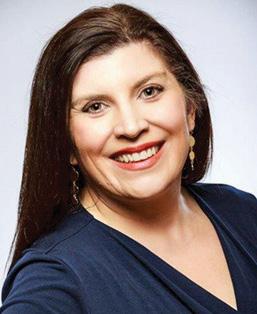

Springwoods MOB | Spring,
CONGRATULATIONS TO COURTNEY NELSON 844-DOC-REIT | www.docreit.com on the recognition of your healthcare and real estate leadership! The Feature 13
TX
By Billy Yost
From chess to the CDC, Sanofi AGC Josh Lubin finds a way to keep the board steady in a crisis
14 AHL
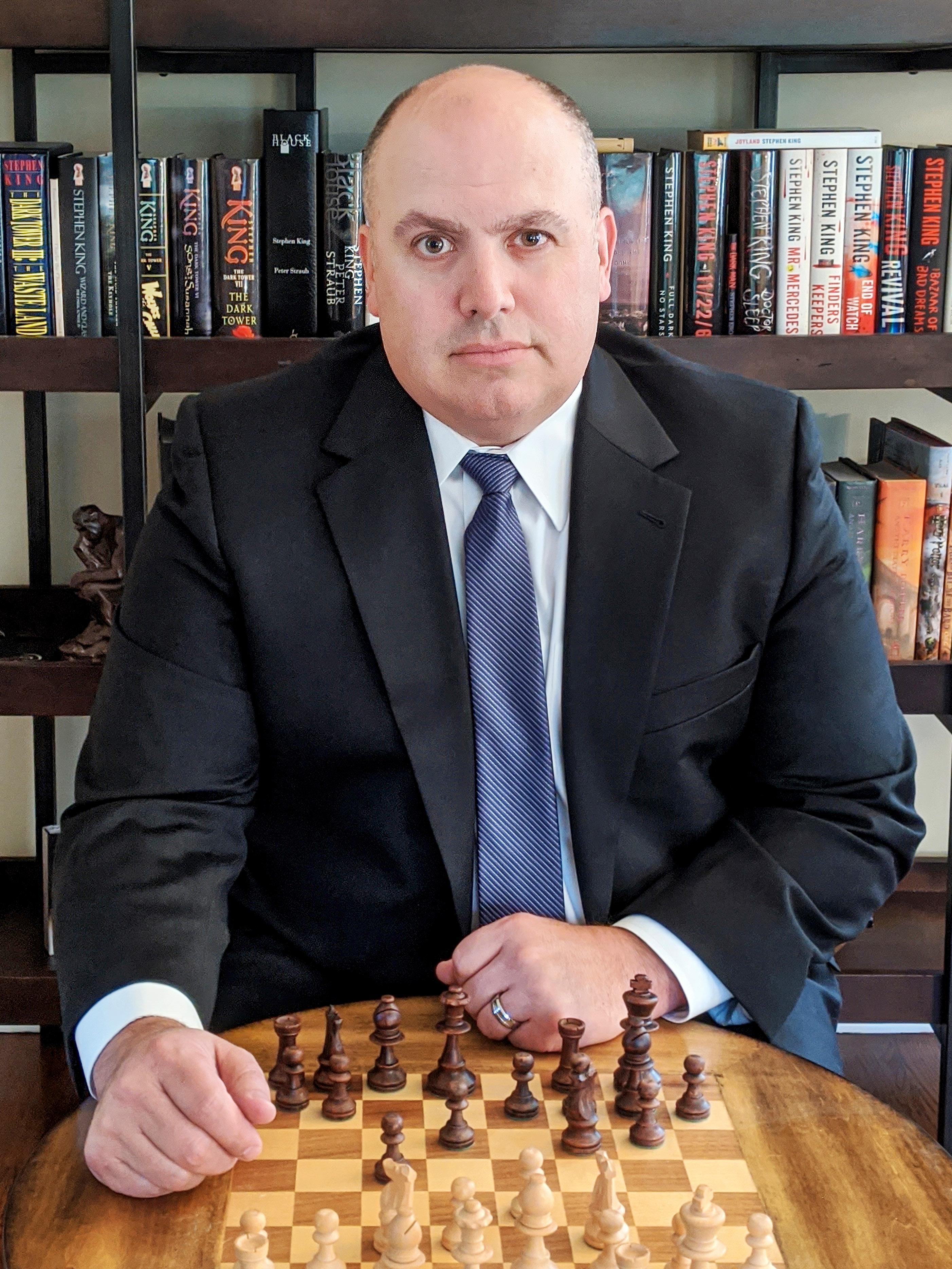 Joshua R. Lubin
Joshua R. Lubin
The Feature 15
Associate General Counsel Sanofi US
Josh Lubin tries to stay ahead of the game. The Sanofi US associate general counsel has spent twelve years at the multinational pharmaceutical company, but one of his most enduring lessons didn’t come there or even in his associate years at firm Morgan, Lewis, & Bockius. It came from playing chess with his son, Jacob.
“If I can get my son to play me in a game, he will beat me seven days a week and twice on Sundays,” Lubin says with just a touch of fatherly pride. “Players start off thinking one move ahead. When they improve, they work towards two moves. What separates the serious players from everyone else, however, is the ability to think three moves ahead. That’s what I’ve tried to apply to my law practice.”
The world is rife with chess metaphors, but Lubin has taken this one to heart. It’s reflected in his client interactions at Sanofi, ranging from employment law to manufacturing compliance and, most recently, health, safety, and environment (HSE). “I think that approach is of value to clients,” Lubin explains. “I strive to give more than just an answer. I work towards having an answer, the response to the likely follow-up question, and what I think a third-level issue might look like.”
It sounds simple in practice, as may chess, but it requires following each and every potential tributary of possibility to its endpoint. It’s why most chess players never get past the first move and why Lubin continues to amass responsibilities at Sanofi.
“Watching Josh in action is like watching Bobby Fischer survey the chessboard,” says Gary D. Friedman, chair of Weil Gotshal’s employment litigation practice group and no stranger to Lubin’s strategy. “Whether in a litigation or transactional context, Josh knows the Achilles’ heel of his opponent, shows patience while keeping his eye on the clock, is never afraid to deviate from
the plan where the situation calls for it, and strikes that perfect balance between skill and intuition. Josh is playing master chess while his opponent is playing beginner checkers.”
Then Don’t Be
The AGC’s knack for increasingly widening his workload is a product of both lifelong curiosity and, maybe more significantly, a problem he was able to solve early in his firm days. “Morgan Lewis was very much a meritocracy,” Lubin says. “If you had interest and an aptitude for areas outside of your practice group, it really didn’t matter what year you were. The firm was very supportive of attorneys branching out.”
Lubin quickly found himself working cross-functionally in the firm’s complex litigation practice in the early days of employment class action litigation. The young lawyer had learned to just go for it.
“If you don’t want to be pigeonholed into one practice area,” Lubin says, frankly, “then don’t be.”
It’s a motto that has served Lubin well at Sanofi, even if the timing hasn’t always been entirely ideal. “I took on broader responsibilities for HSE issues in February 2020,” Lubin says. “Given the COVID-19 crisis, that decision has created a little bit of extra work from between then and now.” Because Sanofi US has employees in all fifty states, as well as Washington DC and Puerto Rico, the AGC says that he has had to fast-track his learning curve on CDC and state health agency guidance, but it’s also offered the lifelong learner maybe the most extreme on-the-job learning experience he could have ever asked for.
“It’s practicing law with the world moving under your feet,” the lawyer says. “That’s exactly what COVID-19 has meant. I have to continuously circle back on the state and federal guidance because of how quickly things can change from one day to the next.” For example, on the day of his interview, Lubin had spent the morning finalizing a policy that was ready to move forward. But he made sure to check CDC guidelines one last time (or, more likely, the fifth last time), and
16 AHL
“What separates the serious players from everyone else, however, is the ability to think three moves ahead. That’s what I’ve tried to apply to my law practice.”
found a new checklist that needed to be reviewed and incorporated.
“The importance of Shepardizing and cite-checking briefs prior to court filings, which was drilled into my head as an associate, has come in very handy during COVID-19,” Lubin says, laughing.

Student, Teacher, and Master
As motivated and curious as he is, Lubin says that his own success is a reflection of the mentors he’s had along the way.
Fellow Morgan Lewis alums Lisa Cooney, now senior vice president and general counsel for Day & Zimmermann, and Sheila Chandonnet, now partner at Life Science Legal LLC, have provided Lubin with both mentorship and support, and Sanofi US Head of Litigation Susan “Sam” Manardo has been no different. “Sam is one of the most gifted antitrust lawyers I’ve worked with, and she allowed me to shadow a number of Rule 23 class action cases being handled by her team over the years.” In recognition of the support he’s received, Lubin is adamant to return the favor.
“It’s my obligation to give back,” the AGC says. Lubin is part of Sanofi’s formal mentoring program, where he’s able to provide career advice and support for newer employees of the organization. The attorney also spent fifteen years as a guest lecturer in the West Virginia University (WVU) Human Resources and Industrial Labor Relations program, teaching alongside lifelong mentor William R. Hutchison, a WVU executive in residence.
“These have just been great opportunities to try and help pay forward all of the help and advice I’ve gotten in my own career,” Lubin says. If the AGC is able to help new attorneys see just one more move ahead, it will have made an entirely new game board—and all the difference in the world. AHL
Weil proudly congratulates Josh Lubin and all of our friends at Sanofi. Founded in 1931, Weil, Gotshal & Manges LLP has been a preeminent provider of legal services for more than 85 years. With approximately 1100 lawyers in offices around the world, Weil has been a pioneer in establishing a geographic footprint that has allowed the Firm to partner with clients wherever they do business. Weil, Gotshal & Manges LLP weil.com
The Feature 17
VPs Bo Engelhardt and Kyle Osterman on why First Advantage is already way ahead of its competition
By Billy Yost
18 AHL
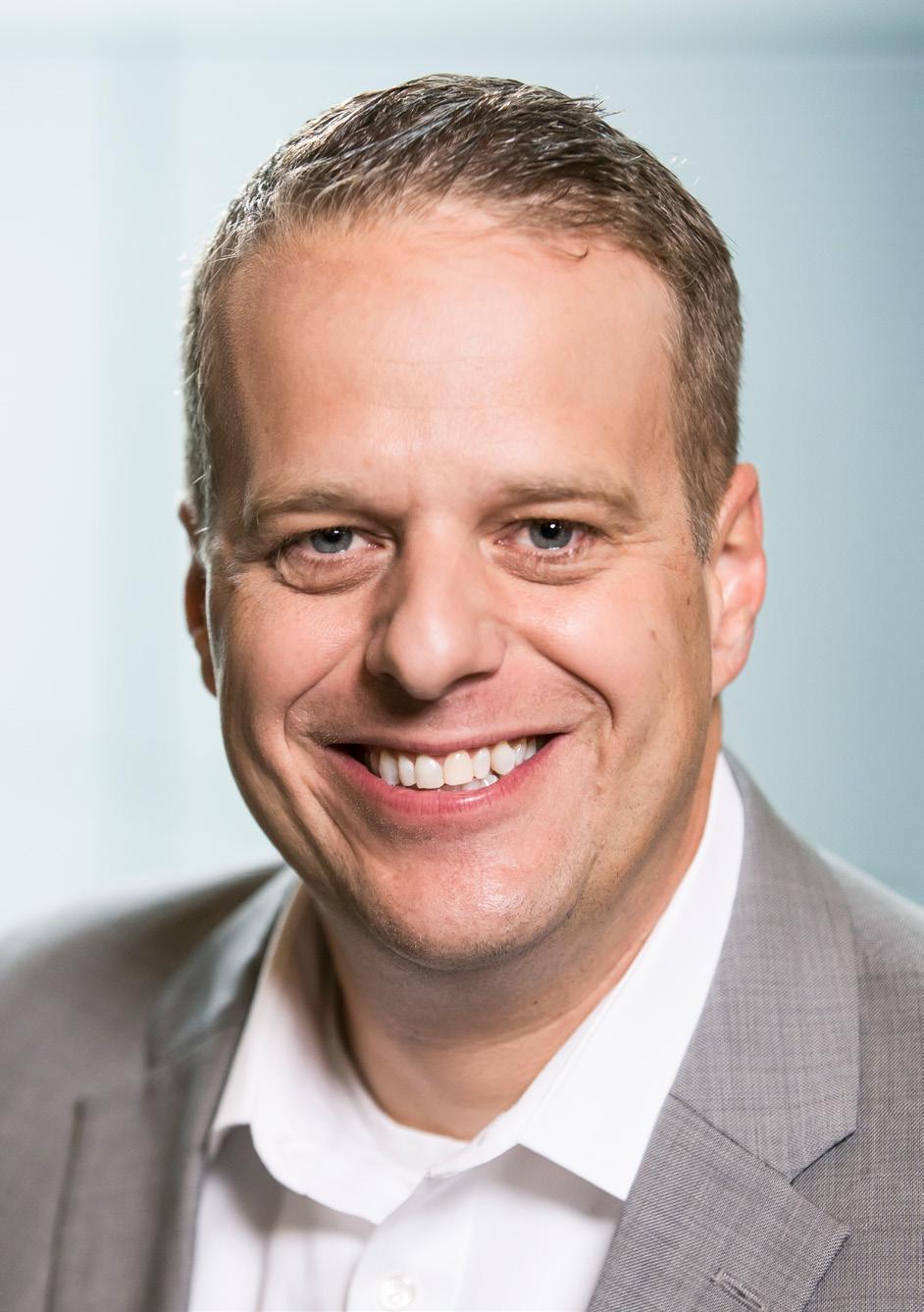
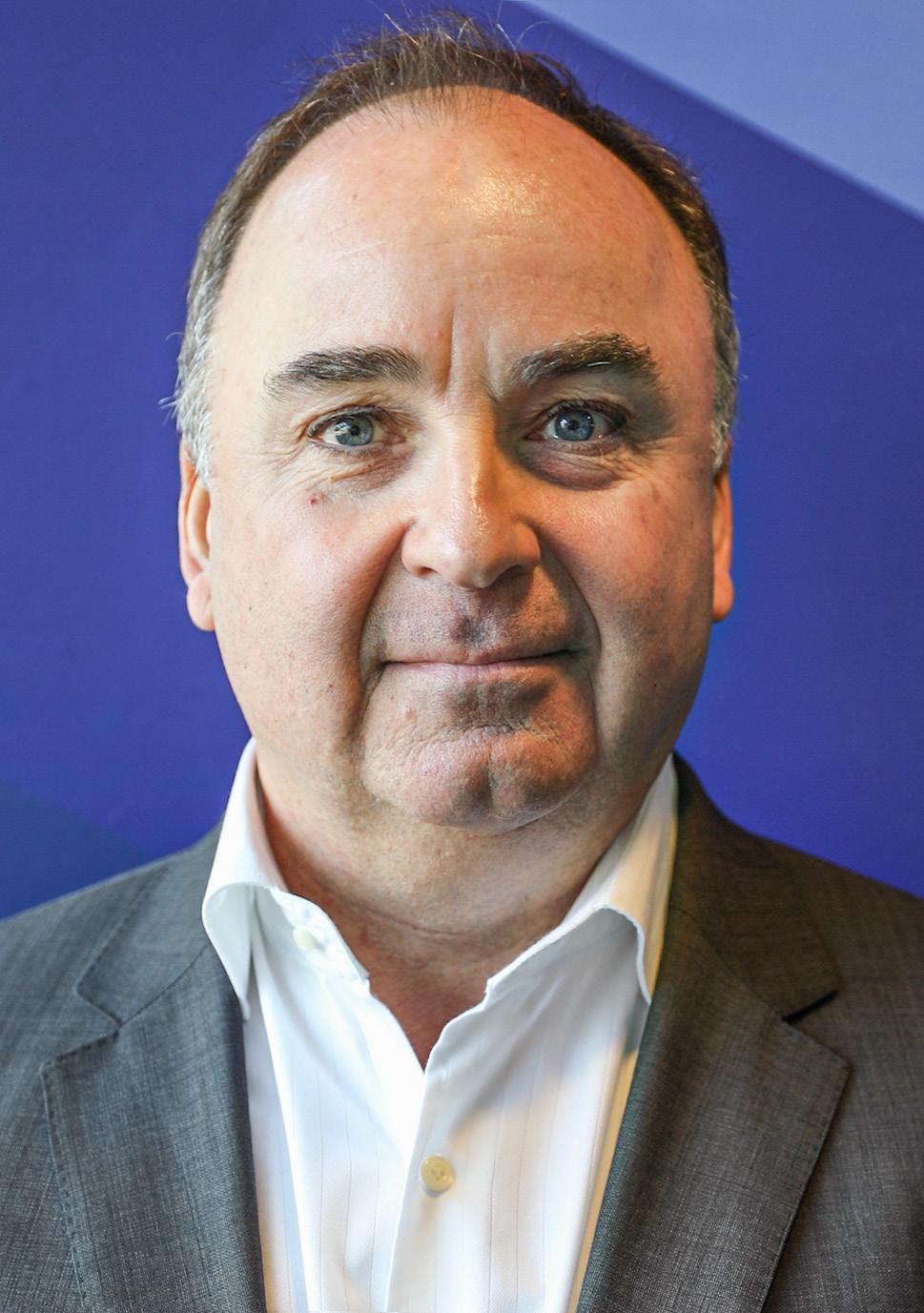 Kyle Osterman VP of Sales–Healthcare Markets First Advantage Corporation
Kyle Osterman VP of Sales–Healthcare Markets First Advantage Corporation
Courtesy of First Advantage Corporation The Feature 19
Bo Engelhardt VP of Customer Success–Healthcare Markets First Advantage Corporation
The most famous saying attributed to Henry Ford following his revolutionary impact on the automobile, manufacturing, and overall industrial overdrive of the early twentieth century was, “If I had asked people what they wanted, they would have said ‘faster horses.’”
It’s a saying that comes to mind when Vice President of Customer Success Bo Engelhardt and Vice President of Sales Kyle Osterman of background screening company First Advantage Corporation talk about the progressive approach the company has taken to the long-practiced process of screening job candidates. “Background screens have been around for a long time,” Osterman says frankly. “But the way we approach screening is evolving, and we are hyper-investing in new products and platforms.”
One gets the feeling that First Advantage isn’t in the horse and carriage trade at all—they’re already on the highway.
Automation Inc.
“First Advantage has been investing in automation of background screening for ten years already,” Engelhardt says. It’s an important consideration given that at the time of speaking, the world was three months into a worldwide pandemic, which would likely give way to a worldwide recession, if not outright depression. “Other background companies have really struggled with automation, and I think the pandemic has drawn attention to the need for new technologies in order to ensure better screenings,” Engelhardt asserts.
“I think that’s such an important part of this,” Osterman follows up. “Every organization has faced a challenge, but I don’t think many companies can compete with the scale of First Advantage. We’re completing 70 million background screens annually, and it’s because we’ve leveraged technology to assist us in doing that.” First Advantage’s early adoption and continued refining of robotic process automation has allowed it to aid its clients at a time when other businesses simply cannot move that fast for a variety of reasons.
“Courts have been closed or have been very slow to respond,” Osterman says. “But with our automated processes, we’re able to get the data back much quicker so that our clients can make informed hiring decisions very quickly.”
Engelhardt provides another concrete example. “With so many schools and employers closed or working remotely, you can’t easily go through those traditional steps to verify employment. Three years ago, we launched a product called Verified, which is an internal database of educational and employment information that has previously been verified. It allows us to outperform our competitors because we can complete a verification leveraging our own, previously authenticated resources.”
The New Economy
Both VPs convey that there seems to be a definite line in the sand concerning the future of economic growth for the foreseeable future. They both remain in agreement that First Advantage, for myriad reasons, is uniquely
“When you consider the white water we’re in—and may be in for some time—I think it’s going to be the strongest and most adaptable that will be able to survive in our industry.”
—Kyle Osterman
20 AHL
positioned to thrive when the dust clears. “When you consider the white water we’re in—and may be in for some time—I think it’s going to be the strongest and most adaptable that will be able to survive in our industry,” Osterman says. “The competitive landscape is going to look very different, and I think it’s those organizations that have scale, are adaptable to the new market, and can provide solutions that will thrive in the new economy.”
“I agree with that: companies that were able to skirt by without investing in technology, without innovating, they’re just not going to make it,” Engelhardt says. “Kyle used the term ‘new economy,’ and I firmly believe we’re going to come out of this in a new world and with a new focus on remote hiring.”
First Advantage already has it covered. The company has launched a slew of products specifically designed for what they see as the new world of remote hiring. This even includes a virtual drug test performed by a mouth swab collection and reading that can be conducted over video chat with candidates or employees. “When you’re hiring people and going through the entire onboarding process virtually, you’re no longer physically sitting in front of the person that you’re hiring,” Engelhardt says. “It’s exciting for us to think about the new economy, how the workforce is going to change, and how we can continue leading the effort to deliver screening results for companies around the globe.”
Not Just Technology
In spite of the cutting-edge advantages, there may be another key to First Advantage’s success. Engelhardt’s account management team has an average tenure of eight years. He’s been there for twelve himself. “My team is focused exclusively on healthcare, which is not common among background screening companies,” Engelhardt says. “That separates First Advantage from its competitors.”
While Osterman seems the relative rookie at three years, he came for a reason. “First Advantage is the market leader,” the sales VP says. “When I look at the actual platform we’re investing in, it’s so exciting. Our ability, from an agile perspective, to create new products and go to market is unparalleled.”
Osterman attributes the strength of First Advantage’s DNA to its leadership, CEO Scott Staples as well as Chief Revenue Officer Joe Jaeger. “We’re here to do what our mission statement says: to deliver innovative solutions and insights that help our clients manage risk and hire the best talent,” Osterman says. “It’s part of what we do, and it’s built into the fabric of our business.” AHL
“When you’re hiring people and going through the entire onboarding process virtually, you’re no longer physically sitting in front of the person that you’re hiring. It’s exciting for us to think about the new economy, how the workforce is going to change, and how we can continue leading the effort to deliver screening results for companies around the globe.”
The Feature 21
—Bo Engelhardt
By Clint Worthington
Melissa Lesley of PRA Health Sciences knows the value of flexibility and standing up to new challenges in the increasingly complex clinical research space
22 AHL
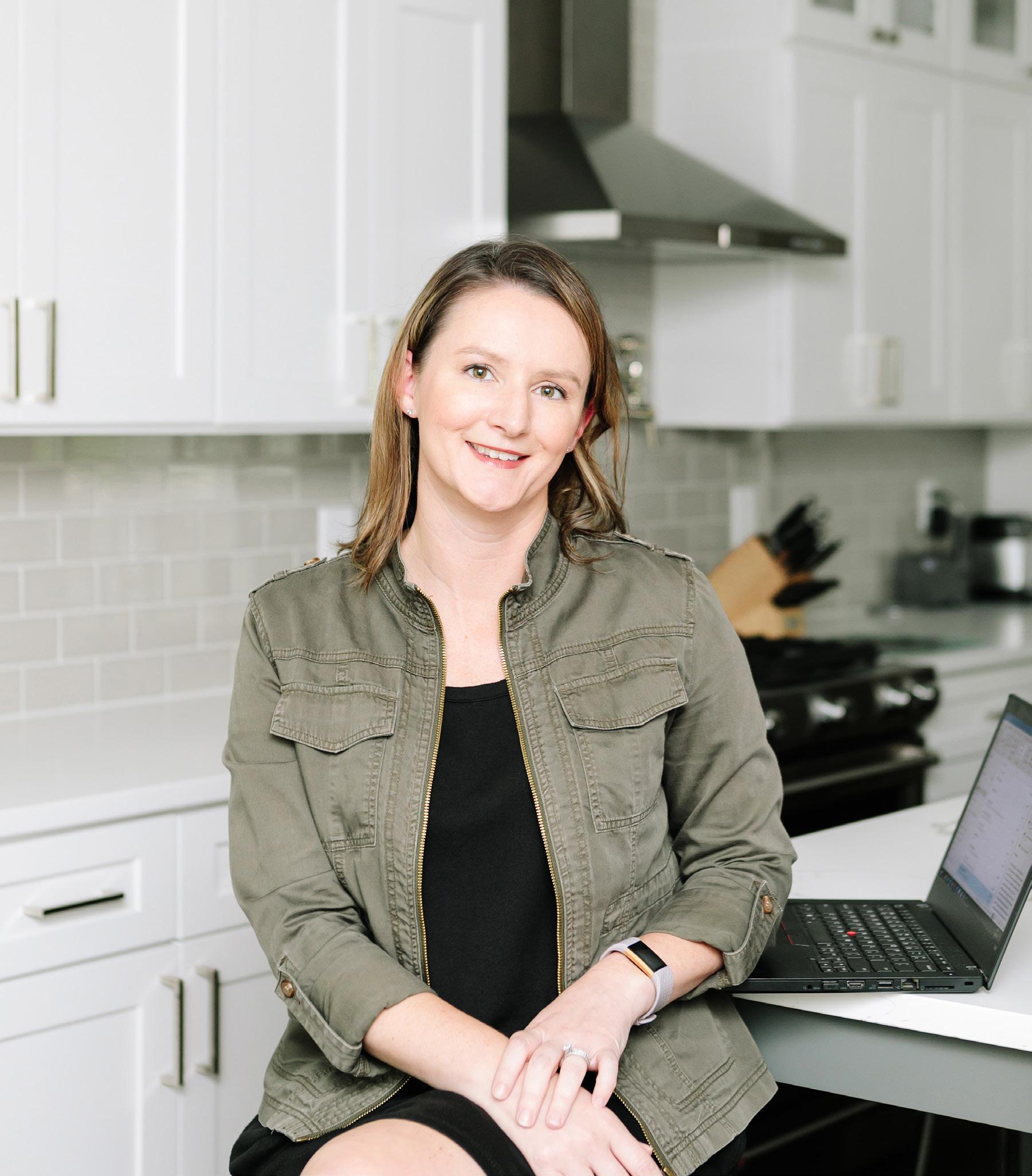
Catherine “Cat” Wilborne
The Feature 23
Melissa Lesley VP of Total Rewards PRA Health Sciences
Long before she became vice president of total rewards at Raleigh-based healthcare research company PRA Health Sciences, Melissa Lesley worked in an ice cream shop when she was sixteen years old. “That’s where I think I really developed my customer service skills,” she says proudly.
But since college, she’s hardly spent a day not working in the benefits space— she was recruited by IBM right after graduation in a benefits administration role and has spent the rest of her career learning how to thrive in the field of employer-sponsored insurance. Over the past twenty years, she’s worked at companies like IBM, Fidelity, Lenovo, and Advance Auto Parts, before joining PRA in July 2019.
“I’m blessed to have found my love for rewards in my very first professional role,” notes Lesley. At PRA, she has the immense privilege of working in a space she adores, crafting wellness, benefits, and compensation programs to help further PRA’s mission of being a leading healthcare intelligence partner to pharmaceutical and biotech clients and delivering life-enhancing drugs to patients worldwide. She’s had to step out of her comfort zone one or two times to get the job done, but that’s a challenge Lesley relishes.
As vice president of total rewards, Lesley oversees wellness, compensation, and benefits for PRA’s employees in more than seventy countries around the globe. “One of the great things about PRA is that we are growing and growing fast,” Lesley notes. As such, her duties look dramatically different on a daily basis, which keeps her on her toes.
It’s a role that requires a lot of flexibility and willingness to try new things—a
tension Lesley has learned to embrace. “The fact that I’ve been able to work in a number of different industries has really forced me to step out of my comfort zone pretty much in any new job I’ve taken on,” she explains. She’s worked on major technology rollouts, M&A projects, and more, all of which required her to roll up her sleeves and learn on the go.
Navigating the COVID-19 crisis, for instance, is a particular challenge, and further proof that “we really all have to step out of our comfort zones every day,” according to Lesley. As the impact of the

novel coronavirus spreads throughout the world, Lesley and her team have had to think differently about how they serve their employees and customers.
One component of that is changing the way they conduct and monitor clinical trials, which is often done in-person at a hospital or clinic. “We have to make sure we’re staying on top of this on an hourly basis to keep our employees safe while continuing to run our business,” Lesley explains.
Another wrinkle the pandemic has presented is the challenge of transitioning
24 AHL
from in-person to remote work. “It’s really testing our agility at the end of the day, and so far, so good,” Lesley remarks.
Even with these challenges, Lesley credits her “rock star” team with facilitating incredible new programs for PRA’s employees. “I will take no credit other than just making sure they don’t have barriers and their voices are heard,” Lesley says of her team.
When it comes to employee participation in corporate wellness programs, for example, Lesley and her team boast significant numbers: an on-site biometric
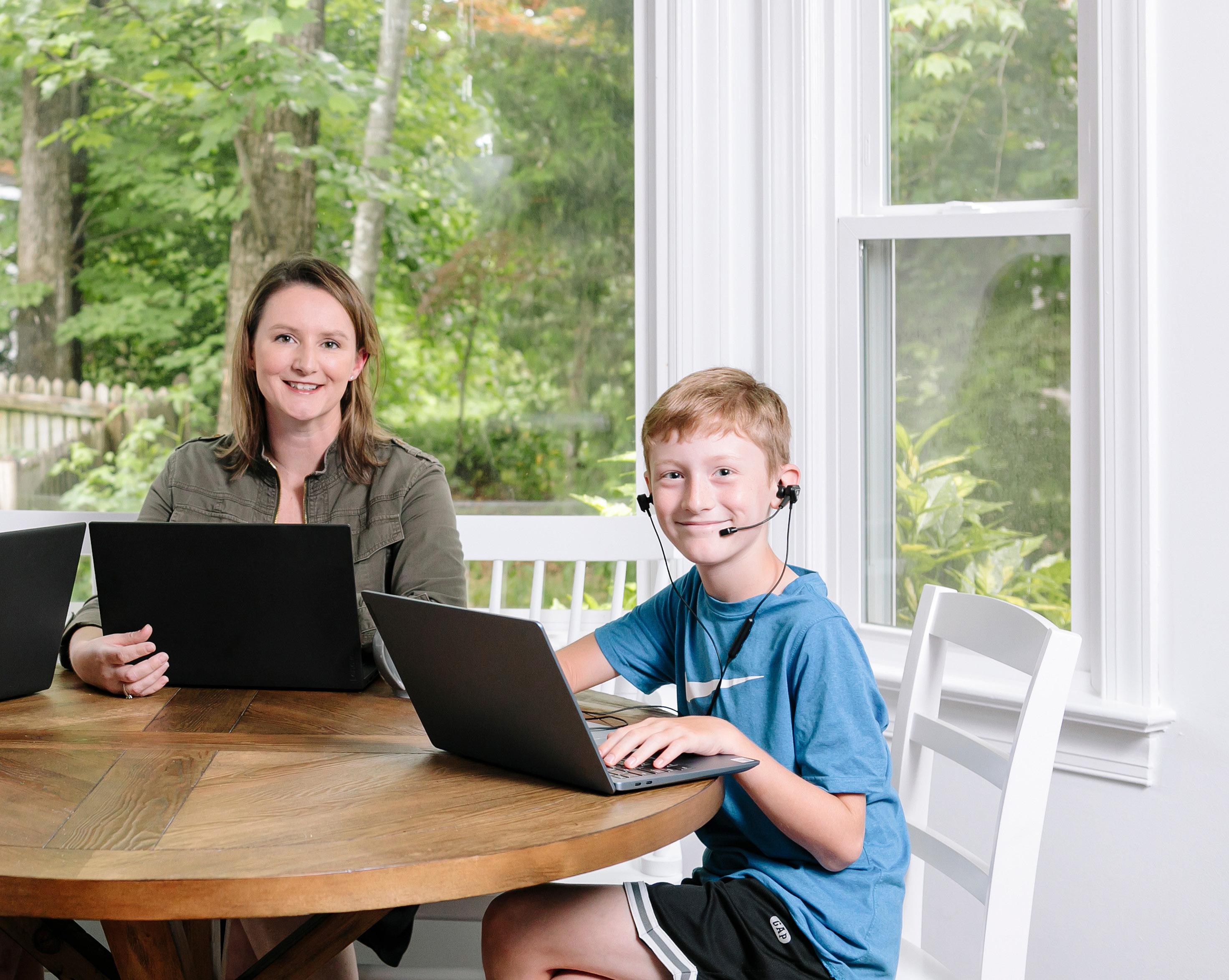 Melissa Lesley joins her new coworkers, Cameron and Spencer, as she adjusts to her work-from-home environment.
Melissa Lesley joins her new coworkers, Cameron and Spencer, as she adjusts to her work-from-home environment.
The Feature 25
Catherine “Cat” Wilborne
CompassFP.com
Retirement Plan Consulting
Private Wealth Management
Compass Financial Partners would like to congratulate Melissa Lesley for her commitment to advancing a culture where people are passionate about achieving their goals, including financial well-being and retirement readiness. We are honored to work with Melissa and PRA Health Sciences and wish them continued success.
screening program performed in the fall of 2019 had a 72 percent participation rate. What’s more, their global employee assistance program has a utilization rate of over 3.5 percent—100 points higher than the book of business rate for their provider. “I’m really proud of that,” says Lesley of her team’s accomplishments.
In 2020, Lesley’s team at PRA had even more exciting initiatives planned for their employees. They’re working on a new US partnership with Omada Health, through which PRA will subsidize the cost of a personal digital health program designed to help employees to meet their fitness goals, from losing weight to managing type 2 diabetes.
“At the end of the day, PRA is a global healthcare intelligence company,” Lesley says, “and we’re in the business of improving patient lives.” For her, that means not just supporting
PRA’s customers, but investing in the well-being of its own workers. “We’re a people-based business,” she notes, which means taking care of its most critical assets: the employees.
Given the substantial challenges that the healthcare industry faces, from changing technology to the threat of pandemics like COVID-19, Lesley’s job has never felt as vital as it does now. But Lesley’s been acutely aware throughout her career of the incredible impact her work has on both customer and employee in the health sciences space.
Part of Lesley’s daily motivation is hearing and seeing testimonials of patients who benefited from the medications they helped bring to market. It is a constant reminder of the value of her line of work: “I literally get to come to work every day with people who help save lives. It doesn’t get any better than that.” AHL
Securities and advisory services offered through LPL Financial, A Registered Investment Advisor. Member FINRA/SIPC PRA Health Sciences is a separate entity from Compass Financial Partners and LPL Financial.
We pave the path to the future.™
WE LOVE WHAT WE DO.
26 AHL
“I literally get to come to work every day with people who help save lives. It doesn’t get any better than that.”
The Path
Every step executives take on their career journeys is pivotal to achieving their current successes. Along the way, individuals accumulate technical skills, foster relationships, and develop the leadership acumen that have turned them into pioneers of the industry.
28. Louise Bijesse BrightSpring Health Services
32. Tammy Valle The Meruelo Group
27
36. Jim Loveless Nemours Children’s Health System
Healthcare Hiring, the Hospitable Way
By Cora Berg
uses her comprehensive mindset to spearhead BrightSpring’s talent acquisition and retention strategies
Louise Bijesse
28 AHL
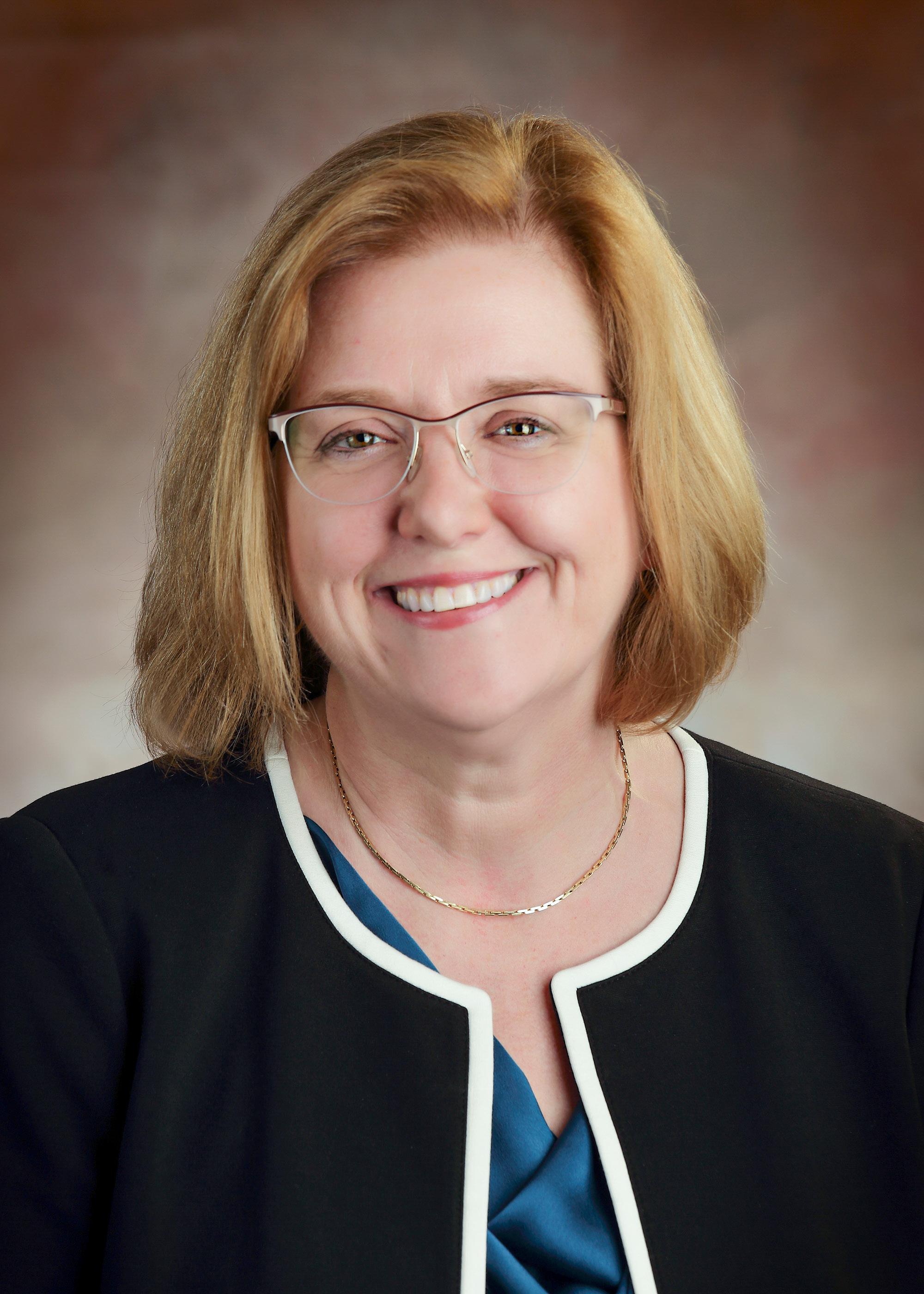 Louise Bijesse VP of HR & Talent Acquisition BrightSpring Health Services
Louise Bijesse VP of HR & Talent Acquisition BrightSpring Health Services
The Path 29
Courtesy of BrightSpring Health Services
Louise Bijesse’s story began when she was a child helping out in her family’s catering business. Both her parents were hard workers and instilled in Bijesse similar work ethics. With a passion for cooking, Bijesse started her college career studying culinary arts. Landing a position in sales at a regional food service company cemented the foundation for her hospitality career, and later, she got her first taste of operational hiring while running a NY-based culinary staffing company.
Bijesse’s record of transformational business strategy and execution, as well as process excellence and improvement, moved her to Compass Group North America, a global Fortune 100 company. Over her thirteen-year tenure, she helped grow Compass from a $7 billion to an $18 billion enterprise.
In 2018, Bijesse brought more than twenty years of experience in talent acquisition, staffing, and business operations expertise to BrightSpring Health Services, where she took on the role of vice president of talent acquisition. BrightSpring is a leading provider of complementary pharmacy, home, and community-based health services for complex populations in need of specialized and/or chronic care. Her years in hospitality provided a guiding mantra for her current work: “serve others and be humble.”
Most of Bijesse’s knowledge of talent acquisition strategy transferred seamlessly from the hospitality to the health and human services sector—though she does acknowledge that there continues to be the opportunity to custom-fit her methodology into the healthcare industry, factoring in regulations and retention.
Through BrightSpring’s multiple lines of business, its focus is on serving complex populations with a need for specialized care, which has equipped the company to think beyond the walls of traditional healthcare models. At BrightSpring, the culture of leaving a legacy is practiced every day by the leadership team and employees, helping those supported live their best lives.
Bijesse was drawn to BrightSpring because of this mission. “We are an organization that focuses on continuous improvement and growth. We make a difference by investing in people, processes, and technologies.”
She believes BrightSpring is positioned to become the preferred provider platform for client and patient management to improve the well-being of the patients and
communities served across all stages of life. With a deep commitment to technology innovation and best-in-class services, BrightSpring helps drive healthcare forward.
Bijesse’s overarching role directs the design, execution, and evaluation of hiring models for all positions in the company, from frontline caregivers to the executive team, with an annual hiring rate of over thirty-seven thousand employees. Well aware that BrightSpring competes for the best in a competitive job market, she looks for ideal team players who are “humble, hungry, and smart,” as described in one of her favorite books, The Ideal Team Player by Patrick M. Lencioni.
Early in her tenure at BrightSpring, Bijesse started process improvements. To arrive at the best outcomes, she says, “I ask my team to imagine that we have a blank sheet of paper, and I ask them how they would like to create the solution without consideration of time or money. Where would we start?”
Under Bijesse’s leadership, BrightSpring has made phenomenal strides with talent sourcing, new initiatives, and dashboard metrics. The team’s mission is to effectively recruit, select, and hire the best people to support the organization’s goals, mission, and vision. Luckily, they also have partners like First Advantage (p.18) on their side. First Advantage understands that employees are the biggest asset of healthcare providers and helps companies like BrightSpring provide quality healthcare by hiring qualified talent.
Hiring can be a challenge within the healthcare industry given the complex regulations regarding hiring and retention. Through healthcare industry expertise, quality data, advanced technology, and knowledgeable guidance around compliance, First Advantage offers specialized background screening to healthcare providers, helping them more easily address regulatory requirements and quickly focus their hiring resources on qualified individuals.
With the ever-increasing challenges from the COVID-19 pandemic, Bijesse’s recruiting team provides continual business support in attracting, selecting, and onboarding top talent via strategic partnerships with operations. Now in the third phase of organizational design, Bijesse explains that these very intentional and calculated changes, which use data and performance metrics, help BrightSpring further improve their talent acquisition model.
30 AHL
Her team’s growth model focuses on strategic objectives that support people, process, and efficiency and asks questions about the employee value proposition. “We are gatekeepers in talent acquisition,” the VP says. Beyond establishing metrics and targets, Bijesse also enhances candidate care and experience, helping to explain the benefits of working for BrightSpring.
“This is the year of the candidate experience at BrightSpring,” Bijesse says. She’s relying in part on her hospitality background and skills to roll out the red carpet for candidates and new hires. Increased engagement with candidates will also reduce candidate fall-off and improve the quality of hires. “I challenge the status quo and am always looking to improve while building sustainable change,” Bijesse says.
Bijesse is a firm believer in using technology to help facilitate this change, evident in the rollout of a new applicant tracking system this year. The technology solution uses a candidate relationship model, chatbot, text recruit, and AI technology to create a high-touch candidate experience.
Diversity, inclusion, and belonging are also important to Bijesse and BrightSpring. October 2019 saw an affinity group for veterans launched by a webcast with thousands of BrightSpring employees across the county in attendance. The goal was inclusion, support, and recognition of former and current members of the military. As part of this initiative, BrightSpring has committed to hire over 2,500 veterans by 2025.
In her less than two years at BrightSpring, Bijesse has already mentored staff to grow with the company. “I want to give my team the tools and individual guidance to succeed,” she says. Recently, Bijesse took over additional responsibilities as the vice president of human resources and talent acquisition. In her role, she serves as the strategic business partner to the functional corporate leaders with a focus on designing, developing, and implementing effective people strategies to support the business needs. She recognizes that to achieve growth, people need different things, and she’s committed to providing customized guidance to her team members to maximize their success. AHL
The Path 31
“We are an organization that focuses on continuous improvement and growth. We make a difference by investing in people, processes, and technologies.”
Taking on New Turf
Following a successful career at Prime Healthcare, Director of HR and Benefit Operations Tammy Valle is bringing her talents to the Meruelo Group By Julian King
32 AHL
After a decade-long run as director of benefits at Prime Healthcare, Tammy Valle had to make a very difficult decision: continue her work at a company where she was already well-accomplished or leave and take the risk of venturing somewhere new. In the midst of this uncertainty, Valle received a text message from a friend and former coworker.
“She sent a position for the Meruelo Group, who was looking for a benefits administrator,” Valle recalls. “She told me to apply for the position, although she was unaware of the tentative situation at Prime.” Later that same day, Valle received a LinkedIn message from the Meruelo Group’s recruiter.
“He invited me to interview for the position, and that really resonated with me. It almost felt as if the pieces were just falling into place,” Valle says, laughing.
Valle considered the invitation to interview for about a week before engaging in further conversation. Meruelo Group was recruiting for a junior role compared to the leadership position Valle served in at Prime. Starting at less than half of her previous salary and with a different title, Valle wasn’t sure it was going to be a good fit—but she was open to discussion.
After researching the company and its founder, Alex Meruelo, she was thrilled to find similarities between Prime’s founder, Dr. Prem Reddy, and Meruelo: both work
tirelessly in their chosen fields, each are passionate about saving jobs and rescuing struggling companies, and both generously give back to their communities.
Valle was inspired by Meruelo’s background and entrepreneurial spirit. “This position is my opportunity to give back— albeit indirectly—by decreasing the cost of the health plan, substantially reducing the company’s cost, and also improving the plan design for employees,” she says.
Valle was hired shortly after interviewing. “Meruelo was wonderful and really bent over backwards to bring me on board. They restructured the job description and title to align with my experience and also matched my salary and vacation days,” she says.
Now director of human resources and benefit operations at the Meruelo Group, Valle believes that it was her unique skill set, impeccable track record, and career
Kyle Braaten
The Path 33
“It’s going to take work and I will come across challenges, but this is my job—I’m a problem-solver.”
of more than twenty years in the benefits field that encouraged the company to up the ante and push for her to join its team.
The benefits program that Valle essentially built from the ground up at Prime, the partnerships developed with key experts from Keenan, an AssuredPartners company, and Worksite Communications, and the successful implementation of multiple cost-savings measures, which Valle estimates collectively saved Prime over $100 million in ten years, shaped Valle into a desirable candidate.
The Meruelo Group is a privately held management company that boasts a portfolio of diversified clients across seven different industries, and it is
continuously expanding. After a number of recent acquisitions, the Meruelo Group may be gearing up for an explosion of growth, and Valle will be essential for its anticipated business expansion. “It’s going to take work and I will come across challenges, but this is my job—I’m a problem-solver,” Valle says.
In her new role, Valle hopes to use her expertise and wisdom to help the Meruelo Group coordinate its benefits appropriately and continue to develop throughout this period of rapid growth. “In some areas we are still operating with a small business mentality; my immediate focus will be to identify opportunities to improve efficiency, such as implementing best practices to increase organizational
Tammy Valle Director of HR & Benefit Operations The Meruelo Group
efficacy while reducing the plans’ operational expenses,” Valle says.
One large cost-saving initiative that Valle will focus on at the Meruelo Group is to conduct a full dependent audit, which is a process that she was able to develop and perfect while at Prime. Considering there were forty-eight locations for Prime, and only one of Valle, she enlisted the help of over fifty benefit counselors through Worksite Communications.
“Worksite Communications is a firm I engaged to both employ and deploy on-site benefit counselors during open enrollment,” Valle explains. “The counselors become an extension of my team and assist by providing one-to-one
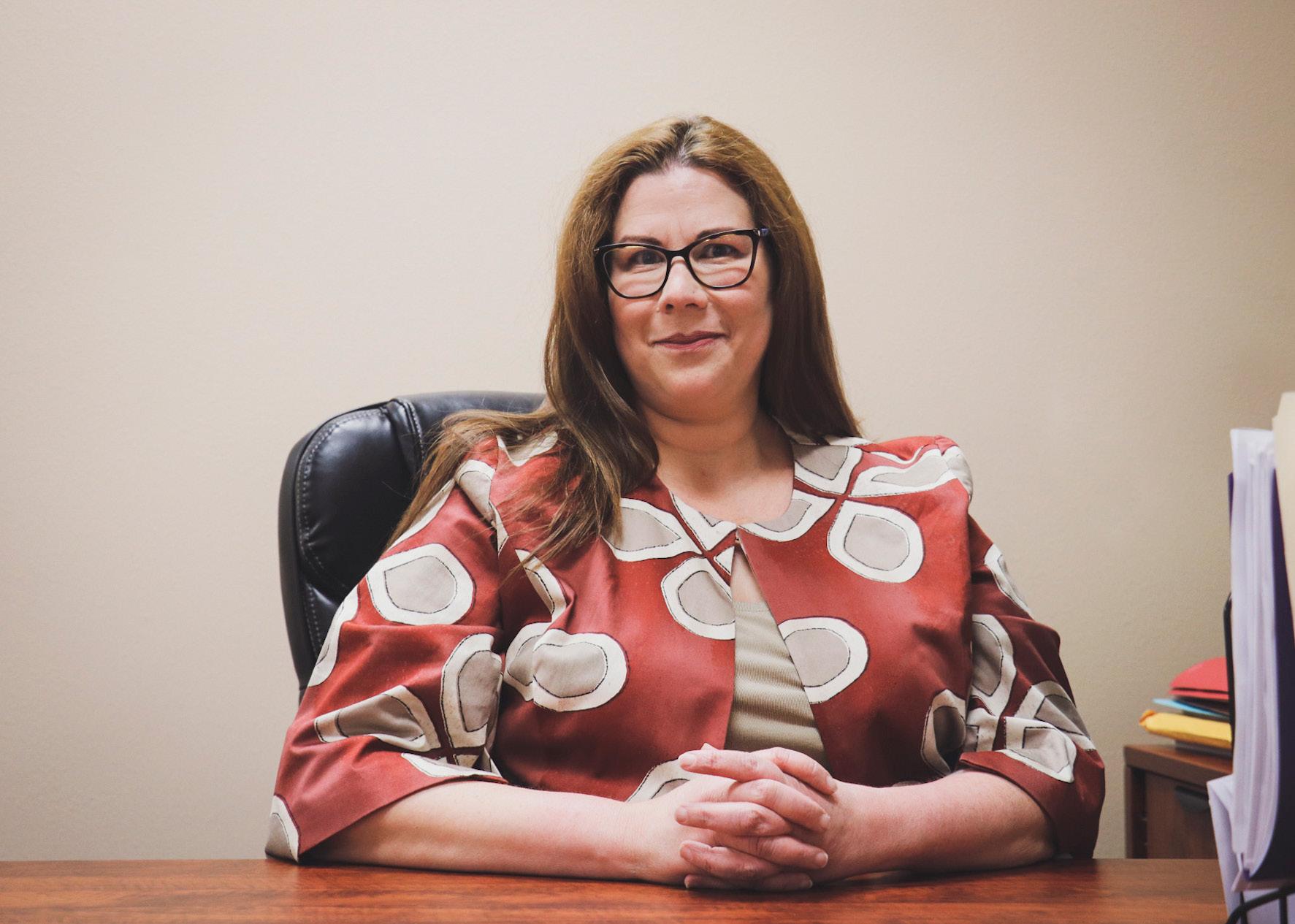
34 AHL
employee education—they answer any and all benefit related questions while walking through plan options and the dependent verification process. They’ve been extremely helpful.”
To achieve this initiative and cut unnecessary spending, Valle believes it is necessary to standardize the dependent verification process and implement it system wide. “Currently, employees upload dependent documentation to the benefit admin system for verification,” she says. “Although this is a common process for many companies, it is also flawed.”
So, during this next open enrollment, each employee covering a dependent will need to provide official, original documents to substantiate their dependents. “It will be a bit tedious, but overall, necessary and financially beneficial for everyone involved,” the director says.
In addition to cutting company costs, Valle is adamant about reducing the pharmacy spend associated with the rising cost of specialty drugs and building in financial incentive to drive members toward lower cost alternatives—another big initiative she carried over from her time at Prime. With these adjustments, Valle is not only freeing up the resources to enable the Meruelo Group to reach its goals for growth, she’s also enabling employees the same liberty. AHL
Keenan, an AssuredPartners company : “The Keenan team worked with Tammy throughout her tenure with Prime. She was an innovative thinker who was fearless in her management approach to improve Prime’s benefits programs and processes. The end result of her efforts was a greater employee appreciation of their benefits plans, while generating large savings for Prime.” –James J. Kreig, Senior Vice President
Keenan, an AssuredPartners company, has been focused on providing innovative insurance solutions for health care organizations, for more than 30 years. Our expertise can help your organization implement best-value, cost-savings solutions for:

Employee Benefits
Integrated Third Party Claims Administration
Workers’ Compensation
Fully transparent PBM
Proprietary data analytics
Visit
Keenan & Associates
CA License No. 0451271
Helping you take care of our heroes
keenan.com/hc for more information.
The Path 35
“This position is my opportunity to give back—albeit indirectly—by decreasing the cost of the health plan, substantially reducing the company’s cost, and also improving the plan design for employees.”
Protecting Children on All Fronts
Jim Loveless, chief information security officer for Nemours Children’s Health System, defends the company against any security threats
By Keith Loria
36 AHL
As an analytical and detail-oriented leader focused on remediating security vulnerabilities related to infrastructure, applications, and data, Jim Loveless is helping protect the company he loves. Loveless serves as the chief information security officer for Nemours Children’s Health System, headquartered in Jacksonville, Florida.
“In the information security field, there is never a dull moment, and I am always looking for a challenge,” he shares. “Our team has to investigate potential security incidents daily, and oftentimes we receive a critical security alert weekly where we have to drop everything to ensure the alert wasn’t identifying something serious.”
Loveless joined Nemours in Orlando in 1997 and was then transferred to Jacksonville in 1999 to become the technical support manager. Over the years, he has taken on various roles, including desktop manager, IS site manager, and director of systems administration. In early 2019, he rose to his current position as CISO.
During his twenty-three years at the company, Loveless was constantly learning and connecting with senior-level leadership as the promotions kept coming.
Security is not what Loveless had in mind when he graduated from the University of Central Florida with a marketing degree, but after working sales and marketing jobs for a while, he realized he didn’t want to do that long-term.
“I went back to a tech school to become a CNE (Certified Novell Engineer). I had to start my career over and became a PC tech for Nemours,” he explains. “Since Nemours Orlando was relatively small at the time, I was fortunate to be able to do some networking and server
administration too. Later on, I got my MBA because I didn’t want not having a master’s degree to be a career limiter.”
A few years ago, Loveless was looking to make a change and wanted to learn more about security. He got his CISSP certification—an industry standard for those working in information security— and joined the local information security chapters of (ISC)² and InfraGard.
“I also initiated conversations with our then existing CISO, trying to learn more about the role,” Loveless recalls. “Since I thought our CISO would finish his career at Nemours, I was surprised when he resigned. I missed his mentorship, but I was excited about the potential opportunity to help out the information security team during this time of transition. I
contacted our vice president asking if there was some way I could help while they searched for a new CISO. To my surprise, she asked me to become the interim CISO.”
Determined, Loveless focused his efforts on becoming the permanent CISO. He researched Gartner articles and availed himself of the Gartner EITL program, which provided consultation services from a former CISO to help him during this transition.
“This is a relatively new field that even five years ago wasn’t where it is today,” Loveless says. “It’s an ever-evolving field that’s not stagnant and, as a result, is always interesting.”
Loveless leads a team that helps detect and respond to security risks by
“The culture at Nemours is putting the patient first, and that’s evident in everything we do. I trust the people, and I’m proud to be a part of the team.”
The Path 37
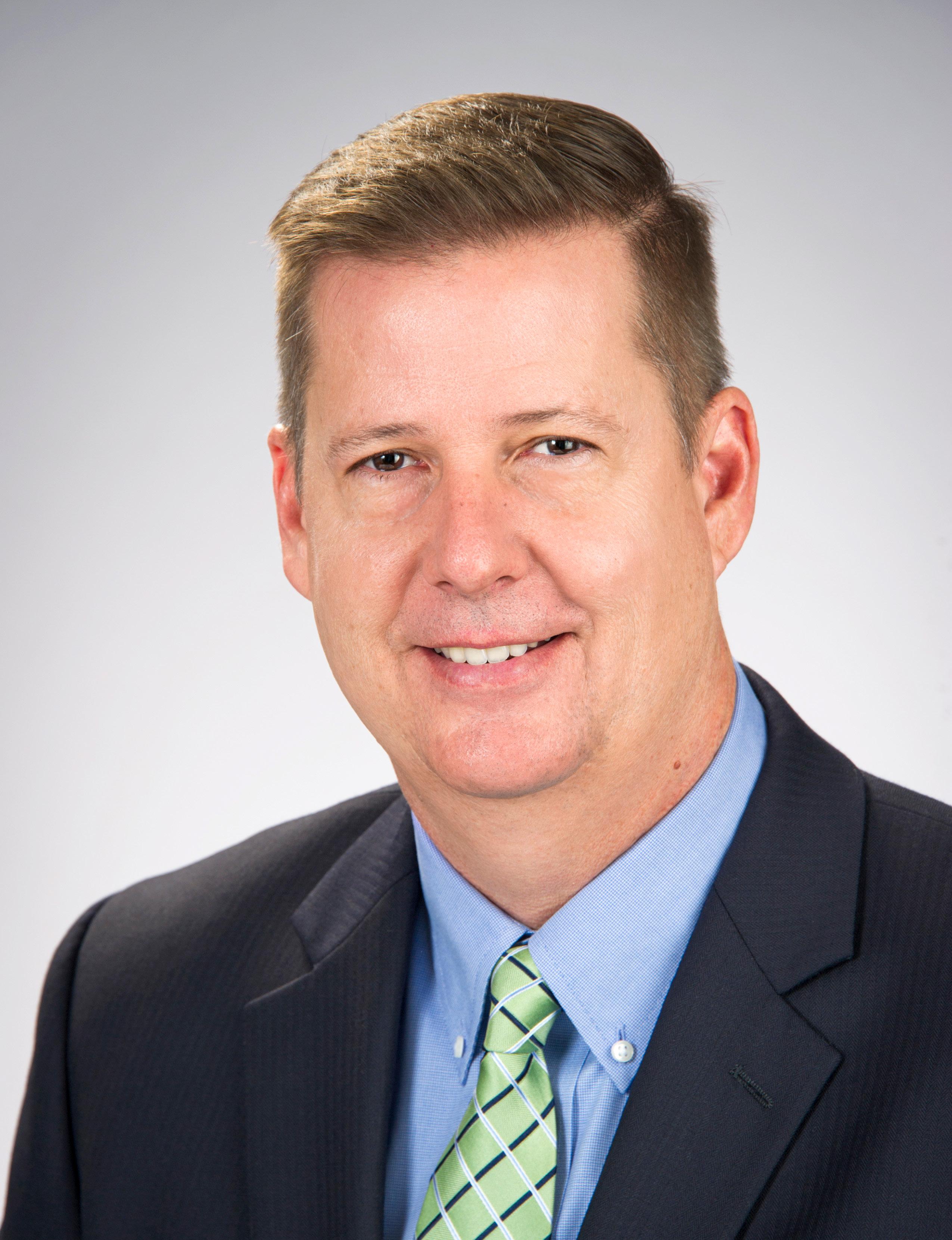
38 AHL
Jim Loveless Chief Information Security Officer Nemours Children’s Health System
analyzing network traffic patterns, remediating items found in risk assessments, and conducting penetration testing.
For instance, Nemours recently purchased Darktrace, a network traffic analyzer that can prevent lateral movement and ransomware propagation while simultaneously allowing normal business processes to continue functioning. Loveless explains that Darktrace detects anomalies and prevents suspicious activity while ensuring the enterprise network remains healthy.
“Darktrace uses AI and machine learning based on patterns of behavior to identify risks,” he says. “This acquisition was timely because close to six thousand users are now accessing Nemours’ critical resources from remote locations.”

In its first few months, Darktrace has identified several security concerns, including network scanning, unapproved VPN software, unencrypted password documents on the network, and more.
Another new tool his team recently implemented is Proofpoint email and browser isolation, which keeps Nemours associates safe from phishing websites by blocking suspicious links in emails.
“Proofpoint also has browser isolation, which allows you to browse the internet in a shell or sandbox. For example, if someone sent you something suspicious but you still wanted to read it, you could open it in this Proofpoint browser shell. By doing this, you are protecting yourself, because the shell is running separately from my local computer,” he explains. “We’re expecting these two advances to benefit Nemours exponentially.”
Other important tools Nemours uses include a third-party security operations center (SOC), which monitors inbound and outbound traffic to Nemours and alerts the company about any anomalies, and Cisco Firepower, an intrusion prevention system for the network.
“We also use an IT vendor risk management tool to help us evaluate third-party information security risks and their overall security posture, as well as evaluating our security,” Loveless says. “We conduct annual external risk assessments, including a penetration test. From these findings, we create a security road map of items to remediate and share those with the board.”
Not only have all three of Loveless’s children been born during his twenty-three years with the company, but his wife, daughter, and son have all worked at Nemours. His wife worked in reimbursements, his daughter as a marketing intern, and his son as a PC tech intern, upgrading PCs to Windows 10. His children have been seen by Nemours physicians on numerous occasions over the years for checkups and even surgeries. Nemours is a family affair for the Lovelesses.
“I’ve sat at our clinician’s desks working through computer issues, talked with them at length, and worked with them closely on projects, so I know we have some of the most amazing staff in the healthcare,” he says. “The culture at Nemours is putting the patient first, and that’s evident in everything we do. I trust the people, and I’m proud to be a part of the team.” AHL
The Path 39
Share your story in the pages of AHL magazine and discover innovations from top minds in the field. For editorial consideration, contact info@ahlmagazine.com
The Issues
National and even global forces have an unmistakable impact on an executive’s work. Whether it’s a legislative change or an industry-disrupting technological breakthrough, executives must constantly adapt their business strategies to keep their company thriving.
42. Reba Phillips BJC HealthCare
46. Edward R. Gates Wolf, Greenfield & Sacks PC
49. Sara Turken Rocket Pharmaceuticals
54. Richard Yoon MicroVention
58. Scott Larsen Inova Health System
41
Evergreen Benefits for Every Employee
As BJC HealthCare’s director of compensation and benefits, Reba Phillips spearheads efforts to create well-rounded benefits offerings that keep pace with a rapidly evolving industry
By Stephanie Zeilenga
42 AHL

Timothy Mudrovic/BJC HealthCare The Issues 43
Reba Phillips Director of Compensation & Benefits BJC HealthCare
“Healthcare is by its nature fastpaced and high risk. The changes we’re seeing in the industry today force us to innovate, reevaluate our practices, and look for ways to improve. Nimble thought and quick action are key competencies,” says Reba Phillips, director of compensation and benefits for BJC HealthCare in St. Louis.
Phillips has been with BJC, one of the largest nonprofit healthcare organizations in the United States, since 2014, but her expertise in HR predates that by fifteen years. Now she’s leading the charge to create well-rounded benefits offerings for the organization’s thirty-two thousand employees, and she relishes the challenges and opportunities inherent in healthcare.
“Healthcare is interesting—it’s got that juxtaposition of business operations, patient care, and extraordinary compassion,” she says. “Our goal in HR is to take exceptional care of the people who take exceptional care of our patients and provide an unsurpassed employee experience. The total rewards we offer are grounded in BJC’s principles of compassion, respect, excellence, safety, and teamwork.”
With expanding needs, evolving regulations and insurance reimbursement models, and increasing benefits costs, HR is up against some serious challenges. Phillips and her team navigate these challenges by keeping the culture and BJC brand aligned across the entire organization, encouraging employees and leaders to think of themselves as part of the BJC family rather than as independent entities. They also work with vendors to control costs.
Listening is also essential to success, Phillips says. “Within HR, our customers are our team members as well as our
patients, their families, and the communities we serve,” she explains. “As we navigate through industry changes, we at BJC choose to actively listen to the voices of our team members and give them an opportunity for open dialogue. We want their honest reactions, suggestions, and perspectives, which helps us tailor benefits offerings and increases engagement.”
Phillips and her team are two years into a major compensation initiative
centered on foundational respect of the past while designing for the future. A key outcome of this work is to increase organizational transparency. “There are a lot of moving parts, and building multiple levels of training and communication will be key to a successful launch,” she says.
Phillips and her team have already taken steps to tailor messaging and benefits offerings to the five different generations currently in the workforce. “Our
44 AHL
“As we navigate through industry changes, we at BJC choose to actively listen to the voices of our team members and give them an opportunity for open dialogue. We want their honest reactions, suggestions, and perspectives, which helps us tailor benefits offerings and increases engagement.”
benefit programs need to be robust and address multigenerational preferences and needs. We need to connect with our team members where they are in their life cycle and use empathy to understand their individual needs. Someone early in their career will have different financial planning and healthcare needs than someone approaching retirement,” she says. “We also need to think beyond a one-size-fits-all approach when considering communication styles and platforms. Older generations may want to feel the paper and turn pages as they read. Younger employees prefer one-click electronic access on a mobile device.”
The BJC HR team has also embraced new technology in an effort to increase convenience for team members. Two years ago, they launched telemedicine options for noncritical care; one year ago, they expanded this benefit with no outof-pocket costs—serendipitous timing considering the COVID-19 pandemic. “We already had a virtual care model in place at no out-of-pocket cost ahead of the pandemic. You can’t put a dollar value on that benefit for our team members,” Phillips says.
One of the biggest HR challenges in healthcare today, Phillips says, is the increasingly competitive environment for talent. “We have to balance the intensely competitive marketplace with internal equity and budget constraints,” she says. “This is further exacerbated for those of us in the nonprofit space—we are competing with for-profit organizations for the same talent, yet we have different revenue streams and governing regulations.”
To compete in this environment, Phillips and her team strive to differentiate the BJC brand. “What do we have to offer employees that goes above and
beyond the paycheck? What intangibles can we leverage? For example, the fact that we are a major academic medical center is a significant draw for professionals who want the challenge of being in an extremely cutting-edge environment.”
Another major initiative Phillips and her team have recently tackled is designing and recruiting for specialty nurse roles—and the pay to match—to attract highly experienced clinicians and fill the gap left by retiring nurses. Prior to this, BJC had one job description and one pay scale for bedside nurses. “This project was a multiyear journey that leveraged close partnership with our chief nurse officers,” she says. “Based on market data and emerging trends, we initially rolled out specialty RNs for the ER, ICU, and OR, and have added additional roles since.”
As a result, BJC is now able to better compete in the marketplace by offering experienced nurses a more competitive salary and title. The initiative has been a success, helping BJC attract top talent and earn a reputation as an employer of choice, Phillips notes.
In truth, though, this part of her job is never really done. “We will continue analyzing market data and trends to make sure we’re structured to attract and retain key talent within increasing specialty areas and to recognize all unique skill sets that are critical to ensuring BJC continues to provide best-in-class services,” Phillips says. AHL
As a global health service company, Cigna’s mission is to improve the health, well-being, and peace of mind of those we serve by making healthcare simple, affordable, and predictable. Cigna’s collaborative partnership with BJC HealthCare improves affordability and choice for those we serve in the Greater St. Louis area.
The Issues 45
A Life Sciences Practitioner
Edward R. Gates, shareholder at Wolf, Greenfield & Sacks PC, has been instrumental in building the firm’s biotechnology and pharmaceutical groups
By Keith Loria
After graduating from Yale University and obtaining his law degree from Boston University School of Law in 1984, Edward R. Gates, shareholder at law firm Wolf, Greenfield & Sacks PC, started on a thirty-sixyear career at the firm, focusing on the pharmaceutical, biotechnology, and medical technologies.
“I love science, my major was biology, and I worked in labs for a while,” Gates recounts. “I love a competitive environment—a good fair fight—and I thought a legal career would give me the opportunity to merge my technical background with the competitive nature of my personality.”
Wolf Greenfield is known for helping clients protect their most valuable intellectual property. Although IP wasn’t a popular career path when he was starting out, Gates was delighted to be offered a spot in the firm and
enjoyed both the people he was working with and the challenges that the sector afforded him.
Over his impressive career, Gates has spearheaded the growth of the firm’s biotechnology group, which currently consists of a team of forty-four shareholders, associates, technology specialists, and patent agents, and founded its pharmaceutical group, which currently has a dozen PhD chemists.
“I really wanted to put my technical training to work,” he explains. “My legal career began right at the birth of the biotech industry in the early ’80s, so opportunities were everywhere. By the late ’90s, it was clear that the bio industry and pharma industry were coalescing, and it seemed to me there would be an increased demand for a strong team of pharma small molecule lawyers. I have been blessed by opportunity.”
46 AHL
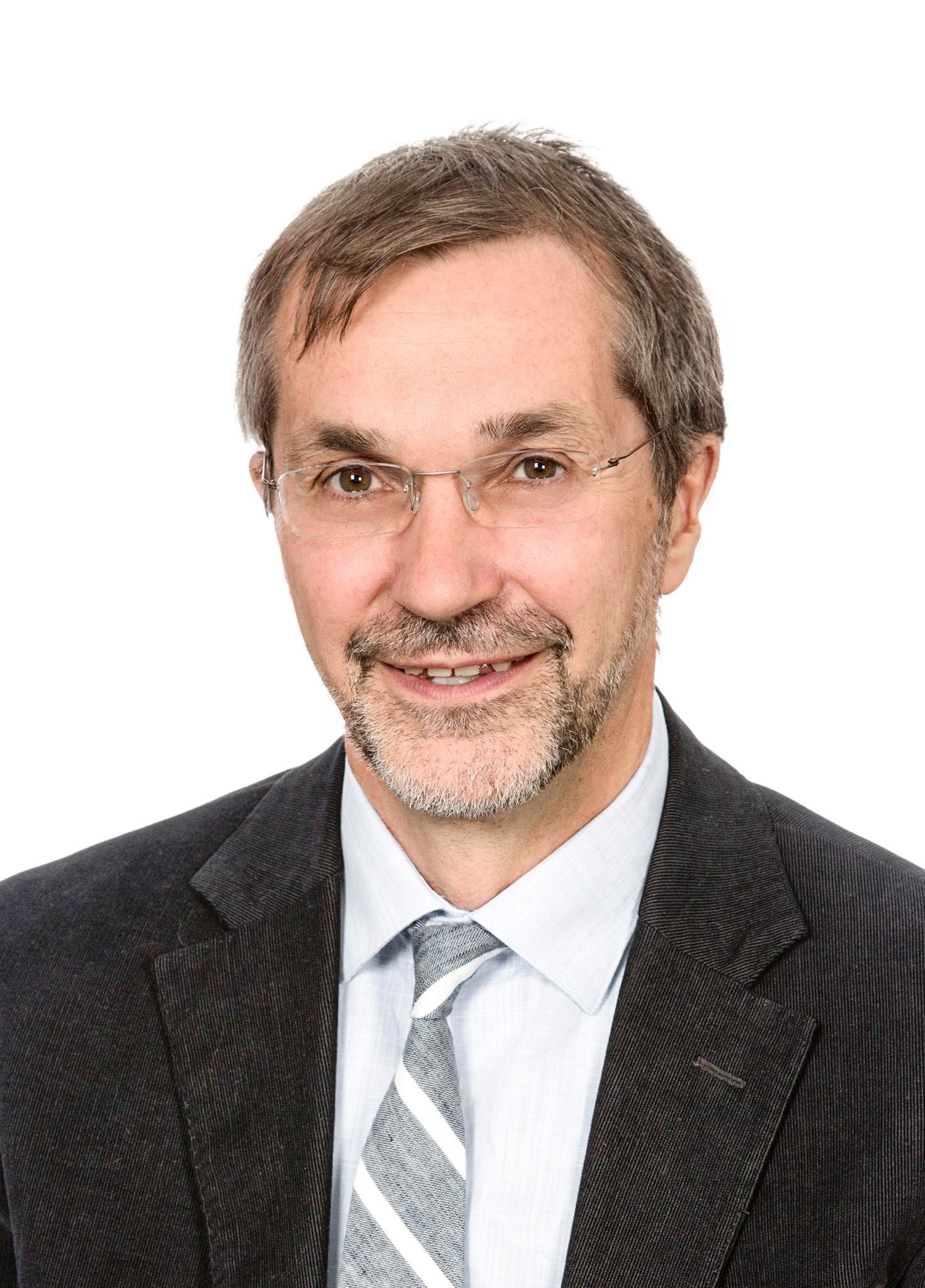 Edward R. Gates Shareholder Wolf, Greenfield & Sacks PC
Edward R. Gates Shareholder Wolf, Greenfield & Sacks PC
The Issues 47
John Kennard
It was somewhat challenging at first because there were already established players in this space. By the time Gates had five years of experience under his belt, he notes there had been people serving the biotech industry for more than a decade.
“Getting those first opportunities where you could prove yourself were precious,” he shares. “I got such an opportunity on the academic side with MIT, and we launched from there.”
In getting the small molecule division up and running, Gates hired a college senior to locate every small molecule lawyer in the country who had at least ten years of experience at a law firm and he built the team from there. Today, over 90 percent of the members of the biotechnology and pharmaceutical groups have doctorate or medical degrees. The life sciences sector overall represents about 40 percent of the firm’s headcount.
Humbly, he doesn’t feel there’s something unique about him or his leadership style, and he prescribes to philosophies rooted in success.
“It’s about looking honestly at yourself and the team and making sure the team looks honestly at itself, being able to admit when you’re not doing well and taking
ownership without a lot of excuses,” Gates explains. “Also, you need to demand excellence from your team; when you don’t, the bar is what you tolerate. You need to have some idea in your mind of where you’re headed and what will work.”
Gates’s practice has spanned licensing, diligence, patent portfolio development, counseling, post-grant proceedings, interferences, and dispute resolution. Having begun his career in litigation, he uses this additional experience for value-added client counseling. He helps clients from inception through successful public offerings and exits and has cofounded several biotechnology companies.
He has held virtually every role at the firm, including being managing partner and chairman, the latter he stepped down from in 2017 after serving fifteen years.
“Recently the firm has been examining and planning for the ways COVID-19 can affect us and our clients,” Gates says. “The firm has remained tremendously strong during these uncertain times.”
To that end, Gates wants to make sure that the firm goes into 2021 equally strong.
On the practice side, Gates has focused heavily the last couple of years working with Rich Giunta, who chairs the firm’s Post-Grant Proceedings Practice.
“When the AIA (American Invents Act) was implemented in 2013, it created a new process by which patents could be challenged and it really has created a new business,” Gates explains. “Rich has brought this group to the top 1 percent in the nation for overall success rate and performance. I joined that group to help build the life science aspect and that’s been going really well. That’s my number one legal job, day-to-day.”
Gates is sort of a jack of all trades, still doing a lot of transaction work, diligence work, and teaching people how to write patent applications.
“Over the years, one thing that I’ve always enjoyed is building new things,” he notes. “Helping to build such a robust life science practice is probably among my most important achievements; I am lucky to have worked with so many talented people and to have had so many interesting opportunities. It is hard to believe that the thirteen-person firm I joined in 1984 is now such a powerhouse.”
Gates was recently ranked in Chambers USA 2020, in which a source described him as, “one of the smartest, hardest-working and finest people I have ever known.” AHL
48 AHL
“Over the years, one thing that I’ve always enjoyed is building new things. Helping to build such a robust life science practice is probably among my most important achievements.”
Intelligent Acceleration
Sara
By Billy Yost
Turken is helping bring new drugs to patients at Rocket Pharmaceuticals while making sure good therapies stay on the market
The Issues 49
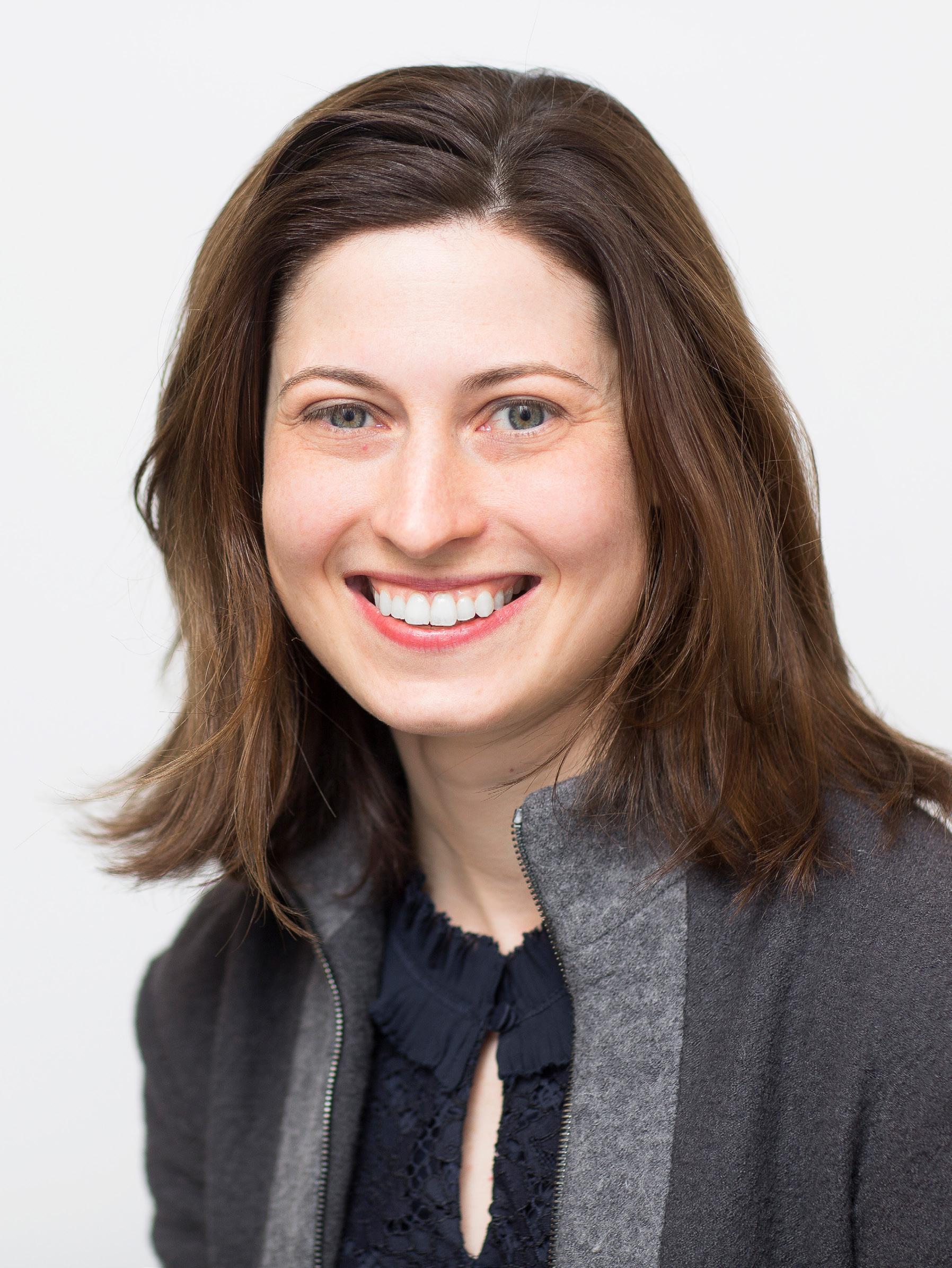 Sara Turken Senior Director of Legal & Compliance and Corporate Secretary Rocket Pharmaceuticals
Sara Turken Senior Director of Legal & Compliance and Corporate Secretary Rocket Pharmaceuticals
50 AHL
Mark Jaworski
As Sara Turken was traveling all over the country completing successful transactions for the acquisition-heavy Stryker, she started to see herself on the other side of the businesses she was working to absorb. “I would meet the general counsels of these small companies and it really seemed like they did everything,” Turken remembers. “I had this narrow focus and so their work really stuck with me.”
Turken’s interest in science and biotech would ultimately lead her to NYC-based gene therapy specialists Rocket Pharmaceuticals where, if the now senior director of compliance and corporate secretary was interested in widening her breadth, she’s taken on the equivalent of asking for a glass of water and being given the Hudson River.
The expansion of Rocket has provided Turken and her small in-house team with wide ranges of challenges galore. The director, initially taken on for contract work, now oversees all of Rocket’s governance, FCC compliance, and is preparing a commercial team to hit the ground by 2022. Turken has worked to master the art of keeping a fast-moving company at its preferred pace while still making sure Rocket is compliant in all the ways it needs to be in order to get new treatments to patients at, well, rocket speed.
Speed Isn’t Enough
While Turken had amassed significant experience working on behalf of medical device companies, she laughs now when
she thinks of her interview at Rocket. “The interview team kept telling me that this is gene therapy; it’s a whole different environment,” Turken remembers.
“I remember thinking ‘Yeah, I’ve got this. It can’t be that complicated.’ Every little device company thinks they’re completely different.” That’s where Turken stops laughing. “It turns out gene therapy is pretty complicated.”
Turken credits the leadership team not only with enabling her growth in a very
concentrated period of time, but also with the passion they bring to the office every day. “In my interview I could tell that these were seriously smart, dedicated people,” the senior director says. Discussions move fast, as do most things at Rocket, and Turken says the amount of variety that comes with her job provides endless interest.
The speed of Rocket is where Turken has the hardest needle to thread. “Compliance at a fast-moving company
“So many pharmaceutical and little biotech companies are built to be sold. Rocket is trying to build a long-term company, and so we’re focused on growing with that in mind.”
The Issues 51
BRINGING AWARENESS TO RARE DISEASES
Sara Turken says one of the benefits of working for a gene therapy company is the opportunity to help bring awareness to diseases that aren’t as prevalent in wider society. Together with partner RTW Investments, Rocket’s recognition of Rare Disease Day includes over two hundred members of the rare disease and broader New York City biotech communities coming together to learn the impact of these conditions on patients and family members. The event also includes the lighting of the Empire State Building in Rare Disease Day colors (green, blue, and pink) to honor those affected and stand in solidarity with that community.
is a bit of a challenge,” the senior director says. “We obviously want to get drugs to patients as quickly as possible, and it can often seem like, if you’re trying to do compliance, you might be in the way of that.”
Turken’s job, though, requires her to frame the issue for the long game, not the short win—an admittedly tough challenge. “Do we really want to have a drug approved and then pulled from the market or be in a situation where bad press means that a good drug isn’t made available?” Turken asks. “We want to make sure that a drug that works is vetted the right way, so when the FDA
comes to look at it, it will be approved and will get to patients. We’re all trying to get to the same place in the end, but sometimes you have to zoom out to see the bigger picture.”
Outgrowing the Nest
Turken’s enabling of Rocket’s product line has provided the global company with expansive growth, which is great news for the company and mostly great news for Turken’s small legal team. “We’re at a really interesting transition point where it’s no longer possible for me and my team to try to talk through every issue with every person all of the
52 AHL
“We want to make sure that a drug that works is vetted the right way, so when the FDA comes to look at it, it will be approved and will get to patients. We’re all trying to get to the same place in the end, but sometimes you have to zoom out to see the bigger picture.”
time,” Turken says. “We’re right in the middle of transitioning to more systematic approaches, not just in compliance, but across the company.”
The challenge this provides for Rocket is unique given its field of expertise. “We’re an R&D company, so legal is obviously not going to grow as fast as R&D, but everyone also knows that legal is required to bring life to these new technologies and research.”
The complexity further increases because of the burgeoning field of gene therapy in which Rocket is one of the pioneers. “The challenge is that it’s a complex area with a supply chain that is not at all straightforward,” Turken explains. “Even with our suppliers, we’re all sort of working through this area together, an area that’s truly in its infancy.”
Turken says that Rocket’s philosophy and commitment make it a true differentiator in its field. “So many pharmaceutical and little biotech companies are built to be sold,” Turken says. “Rocket is trying to build a long-term company, and so we’re focused on growing with that in mind.”
That growth might mean Turken finds herself negotiating a lease for a new manufacturing facility in Cranbury, New Jersey, or running complex gene therapy IP by trusted outside counsel. It may be outside Turken’s wheelhouse, but it’s exactly what she wanted. AHL
Semler Brossy has had the distinct privilege of working with Rocket Pharmaceuticals. The company is at the forefront of companies seeking gene and cell therapies for patients with devastating diseases. Rocket’s compassionate leaders think strategically and creatively about talent and human capital management to achieve these critically important goals.
Our clients cut across industries and range from Global 100 corporations to smaller, private companies.

They trust our wisdom and foresight in compensation and governance. And our ability to understand the unique talent and lifecycle needs across industries—including the life sciences spectrum.


We turn COMPLEXITY INTO CLARITY.
Recognized Leaders in LIFE SCIENCE INSURANCE
DANIEL BRETTLER Senior Vice President, Life Science & Technology Practice Leader dbrettler@connerstrong.com

P 973-659-6456

C 973-985-9640
TIM GOSNEAR Senior Vice President, Life Science & Technology Practice Leader tgosnear@connerstrong.com

P 856-479-2144
C 484-238-6755
We greatly admire Sara Turken for her professional success and are proud to partner with such a talented attorney and business leader on developing the risk management program for Rocket Pharmaceuticals.
los angeles | new york semlerbrossy.com
We are a trusted, independent executive compensation consulting firm.
INSURANCE
MANAGEMENT
BENEFITS
RISK
EMPLOYEE
CONNERSTRONG.COM
The Issues 53
Combining Intellectual Property with Innovative People
At MicroVention, Richard Yoon has learned to harness the power of mentorship and an out-of-the-box IP approach
By Sara Verdi
54 AHL
Richard Yoon Associate General Counsel and Senior Director of IP MicroVention

The Issues 55
After the dot-com bubble burst in the early 2000s, Richard Yoon was in the market of finding a new industry to practice law in, seeing as the internet company he worked for was no longer an option.
“I started asking myself, ‘Where should I go?’ And I ended up reaching out to former colleagues,” Yoon explains. One of the colleagues he connected with was at a medical device company, which ultimately piqued his interest in the medical device industry. He decided to set foot in this new, yet not necessarily uncharted territory.
“I had an electrical engineering background but had worked on medical devices while at my prior life in a law firm, so I was really open to checking out this new direction,” Yoon says. His entrance into this industry—and later his current role—led to a significant learning curve as well as an introduction to new areas of legal practice.
“I learned a lot about the needs of the company and about the medical device industry,” Yoon says. “My first job was actually managing a portfolio that was a subset of the company’s intellectual property (IP). That slowly grew, and we soon had one of our first IP litigations.
“Next thing I know, I’m working mostly on the IP litigation,” he continues. “This led later to a role where I was focused on the strategic analysis of competitors and business development opportunities.”
Yoon now acts as associate general counsel and senior director of intellectual
property at MicroVention, a neuroendovascular medical device company that develops minimally invasive solutions to treat brain diseases.
Blazing a New Path Yoon was tasked by MicroVention’s general counsel to oversee the entire IP function. His role covers everything from IP litigation to a more strategic, business development function.
In his position, Yoon’s approach to IP strategy primarily stems from
building a strong defense to discourage litigation against the company. “A lot of times, when you start an IP lawsuit, the biggest concern is more blowback, considering if they can sue you back. It feels like dealing with nuclear weapons, in a way, so you have put your defenses up,” he explains.
On top of building a strong defense, Yoon also believes that it’s important to play to his company’s strengths. “I try to focus on what makes the company different,” he says, “for example, ‘How
56 AHL
“I try to focus on what makes the company different, for example, ‘How or why is our product unique?’ You can really invest in areas like that.”
or why is our product unique?’ You can really invest in areas like that.”
In addition to driving IP strategy, Yoon is also focused on making sure that IP follows the international markets. “We have to focus on our big markets. We have to make sure that we have patents in countries like Germany or France and not worry about the smaller markets. I’m also following what our competitors are doing and what countries they are operating in as well,” he says.
Overall, everything that Yoon does is to ensure that the IP is aligned with MicroVention’s business. In the business of medical devices, innovations are typically made in incremental changes to the existing products. Yoon’s goal is to capture these changes and features and protect those features.
While it seems that there are a lot of moving parts to focus on between the advancement to the devices and the markets they’re in, Yoon welcomes the challenges that they might bring. “My job is always interesting,” Yoon says. “I am never doing the same thing. It’s a lot of encountering new issues, but also looking back at how you might be able to solve them. It’s also about trying to plot best practices moving forward.” Luckily, the associate general counsel has a close-knit team to work through these challenges and learning curves with.
Never Walking Alone
Just as his experiences have shaped his journey as an attorney, they have also been formative for Yoon as the leader
of a team. “I have learned from my own experience that mentoring is a vital part of growth. I am a better lawyer today because of the mentors that have taught me how to approach problems and reach solutions,” Yoon says. “By passing on insights and approaches, my team grows in knowledge and capability. But more importantly, mentoring builds camaraderie and a better work culture. Regular feedback and focusing on the professional growth of my team just makes work more fun and effective.”
Yoon attributes his team’s successes and good working relationships across the company to strong communication skills. His team must operate crossfunctionally with other teams within the company, especially to remain relevant on the business side of things. Naturally, he believes that communication is the foundation to completing these cross-functional tasks.
“To make sure that we are all on the same page as we approach things is essential. Good communication allows us to be efficient,” Yoon says. To him, an important facet of good communication is collecting feedback and implementing that feedback when relevant. This concept also makes up part of what he believes to be good leadership.
“If you, as a leader, can communicate and be open and honest, you end up building more trust and respect,” says Yoon. “Showing that we are all growing and learning and being receptive to feedback can help your team open up and ask you questions. They won’t be afraid.” AHL
Pillsbury Winthrop Shaw Pittman LLP 725 South Figueroa Street | Los Angeles, CA 90017 +1.213.488.7100 | pillsburylaw.com Pillsbury
Healthcare
The Issues 57
is proud to celebrate Richard Yoon, Associate General Counsel and Senior Director of Intellectual Property at MicroVention, on his recognition in American
Leader.
Practice Good Cyber Hygiene
Inova Health System’s CISO Scott Larsen discusses how to protect against breaches in cybersecurity while the world works from home
By Charlotte Foer
58 AHL
As the working world moved from cubical to home office in spring 2020, many workplaces had to make quick adjustments to how their employees work. One of those places was Inova Health System, a nonprofit health organization based on Falls Church, Virginia, outside of Washington, DC.
In mid-March, all administrative Inova employees, as well as many caregivers, moved to working from home—a large portion of the company’s eighteenthousand-member workforce, which is spread across five different hospitals in Northern Virginia. Like the rest of the world, the hospital system’s use of virtual collaboration tools ramped up as it adopted Zoom to take over as the conference room for every meeting and telemedicine technology to keep frontline workers safe during routine check-ups.
The problem with an increase in technology use also means the potential for a different type of virus: computer hackers and scams. That’s where Scott Larsen
comes in. As Inova’s vice president and chief information security officer, Larsen’s main job is to protect the health system from any breaches in technology security and educate his team on how to practice good cyber hygiene. With more than twenty years of experience working in healthcare cybersecurity, Larsen plays a vital role in ensuring that Inova employees can work from home safely and securely. After obtaining a bachelor’s in business administration, finance, and computer science from Northern Michigan University, he went on to obtain two master’s degrees: an MPA from his alma mater, and an MBA with a focus on cybersecurity from Spring Arbor University, where he now teaches as an adjunct professor.
After graduating with three degrees, Larsen put his skills to the test full force, joining teams at notable healthcare companies like Blue Cross Blue Shield of Michigan and Beaumont Health before moving to Inova full time as CISO in 2018.
The Issues 59
“It’s like when your immune system is weak, and your defenses are down. We’re so distracted, and we’re getting caught looking one way, and they’re coming in the other way.”
While March 2020 was an unpredictable and confusing time for many people, Larsen was prepared to take on the challenge of moving the entire Inova team to their home bases. Initially, much of his advice was the same as usual, like the classic, “Watch out for scams inside unsolicited emails and attachments,” as he notes during an interview with WJR’s podcast Internet Advisor. But as time in quarantine wore on, he adjusted his advice to work more specifically with current issues.
Firstly, Larsen says to avoid using social media for information, and instead rely on government websites for accurate information. Secondly, never pass financial information over email, and keep an eye out for email solicitations about donating to COVID-related things— which will probably look a little phishy.
“I’ve seen people pose as charities asking for donations, but they’re asking for BitCoin,” Larsen says, laughing. “I don’t know any charities that ask for BitCoin.”
Without the luxury of corporate security on employee’s laptops, Larsen also provides advice on how to amp personal accounts to avoid hacking. “Always use long, strong passwords with uppercase and lowercase letters, as well as special characters,” he advises on the episode. “Also, make sure your company has enough licenses to share its VPN with all your employees.”
Larsen stressed how important this latter point is, explaining that having a healthy, shareable VPN is key allowing employees to work seamlessly. Of course, more access requires more security. All Inova employees are now required to complete a two-factor authentication before logging into its network, which requires the user to confirm their identity by submitting a one-time password sent to their smartphone or email.
Regardless of the way a company goes about strengthening its security, Larsen says it’s important for healthcare security professionals to keep cyberhealth at the forefront of their planning during a time when tech is needed more than ever— especially when a pandemic is at the forefront of many other employees’ brains.

“It’s like when your immune system is weak, and your defenses are down,” Larsen says in a Pew report. “We’re so distracted, and we’re getting caught looking one way, and they’re coming in the other way.” AHL

BlackBerry Cylance develops artificial intelligence to deliver prevention-first, predictive security products and smart, simple, secure solutions that change how organizations approach endpoint security. BlackBerry Cylance provides full-spectrum predictive threat prevention and visibility across the enterprise to combat the most notorious and advanced cybersecurity attacks. Learn more at cylance.com.

INT ELL
Learn more at www.cylance.com
Cybersecurity that predicts, prevents, and protects.
PRE VENT C Y BER AT TACK S WIT H OUR A R T IFICIA L
IGENCE
60 AHL
The Impact
Executives know there is an increasing need to help individuals manage their own health anywhere and anytime.
To do that, healthcare leaders are developing products and services and offering resources catered to different communities’ needs—all aimed at motivating them to stay engaged with their health and empowering them to be their best, at home or at work.
62. John Henderson CHOC Children’s
68. Patricia S. Andrews Boston Biomedical Inc.
74. Chang Hong Synlogic
76. Dena Regan HERE Technologies
78. Irina Ridley Myriad Genetics
61
THE BRIDGE TO HOME
Henderson

 By Billy Yost
Portraits by Jabari Jacobs
By Billy Yost
Portraits by Jabari Jacobs
CIO John
sees the importance and urgency of his work every day as he helps children heal during their most significant time of need
Illustrations in story:
62 AHL
Ben, Gabe, and Mel
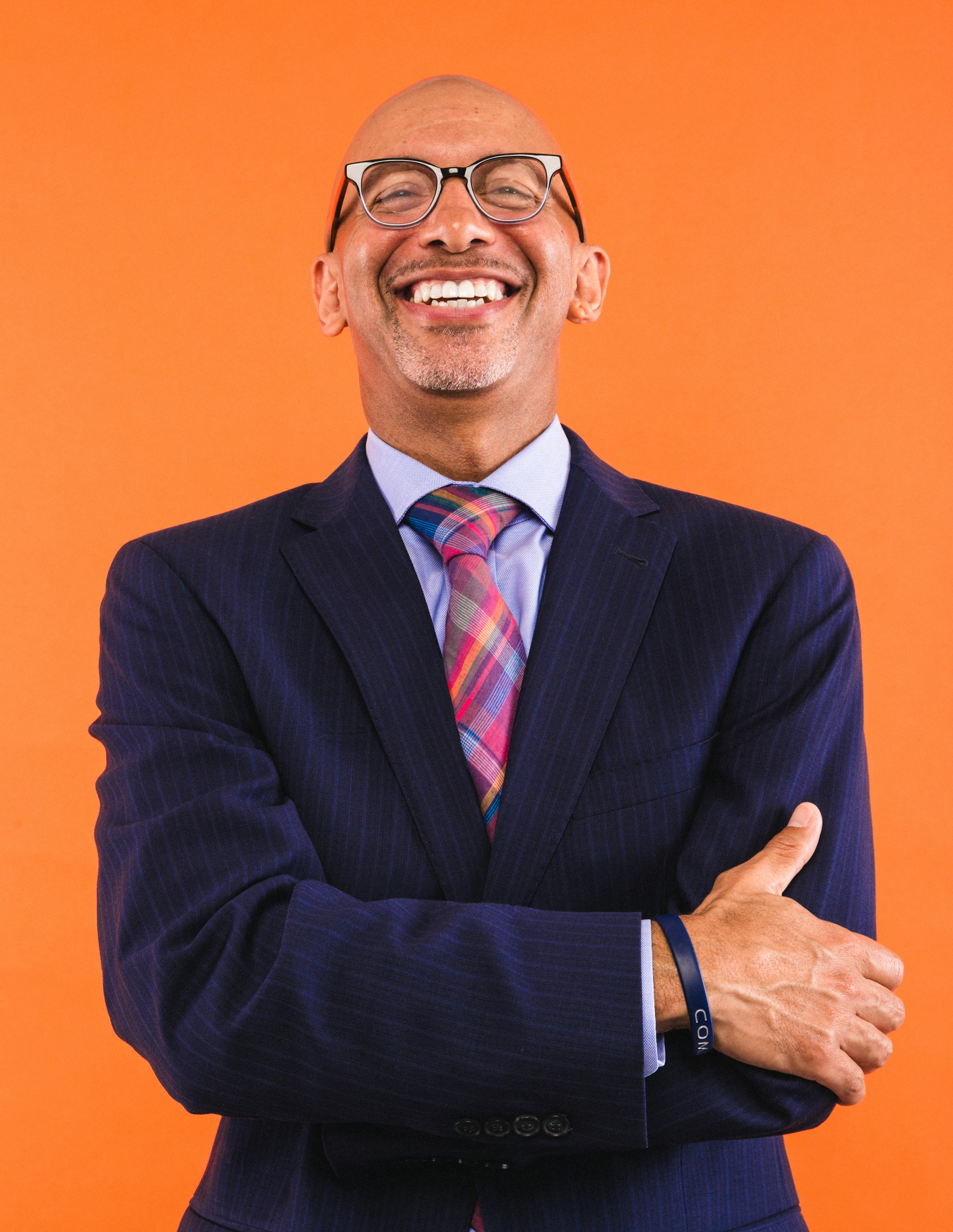









The Impact 63
interested in a role but had never been in pediatrics before,” Henderson recounts. “When the interview was over, they were given a tour of the facilities and walked across the bridge. You see a lot. You see children connected to IVs; you see children doing therapy. And the person said, ‘I don’t know how you do this every day.’” That candidate, understandably, didn’t work out. And Henderson says that’s OK. The everyday heartbreak of encountering sick children can be too emotionally overwhelming for some to handle. But Henderson is a different cut.
The CIO has spent the bulk of his career supporting clinicians and healthcare organizations whose primary focus is improving the lives of children combating illnesses that have come far earlier than any deserve. “For me, walking across that bridge and being around our patients is so important for me to see,” Henderson says. “It reminds you of the importance of what you’re doing and why you’re doing it.”
First a Stop Gap, Then a Home Henderson didn’t set out to build a twenty-four-year career supporting pediatrics. He interviewed at Texas Children’s Hospital for a supervisor position at the behest of his brother-in-law. Had his in-law been in insurance or construction, Henderson would have probably been just as likely to interview there. But five promotions later, the AVP was overseeing all IT operations for the huge organization.
Y2K compliance, a new ERP implementation (a rapid fourteen-month accomplishment), and a progressively more client-focused set of responsibilities became part of Henderson’s purview. “I hadn’t actually spent

much time in the hospitals seeing the caring deliver up close, but eventually I had to start meeting with leaders responsible for clinical operations,” Henderson says.
Like new hires at CHOC, Henderson was taken on tours of the facilities early in his career that he spent many years supporting, which gave him the real feel for his actual client base—the patients, their families, and the caregivers. “That’s what finally made me decide I was going to stay in healthcare,” Henderson remembers. “When you actually see what’s happening on the care delivery side, there’s just no way you can’t be amazed by it. I think that was so important for me from a career perspective in figuring out where I belonged.”
In growing in his role, Henderson credits Texas Children’s Hospital Chief Information and Information Innovation Officer Myra Davis with helping him grow into the leader he hoped to be. “That first year with Myra, my performance rating was nowhere near what I had become accustomed to,” Henderson says, laughing. “But I grew and did more than I had ever done prior to that. I wouldn’t have been ready for this role at CHOC had it not been for her.”

Keeping Parents and Clinicians United


In coming to CHOC in 2017, Henderson faced a peculiar type of challenge. His former organization was nearly four times the size of his new employer, but the new CIO saw it as an opportunity in waiting. “I understand scale and what it takes to transition from a mid-sized organization to grow into a large health system,” Henderson says. “I’ve also worked in literally every area of IT, whereas I think in technology people tend to pick a lane

64 AHL
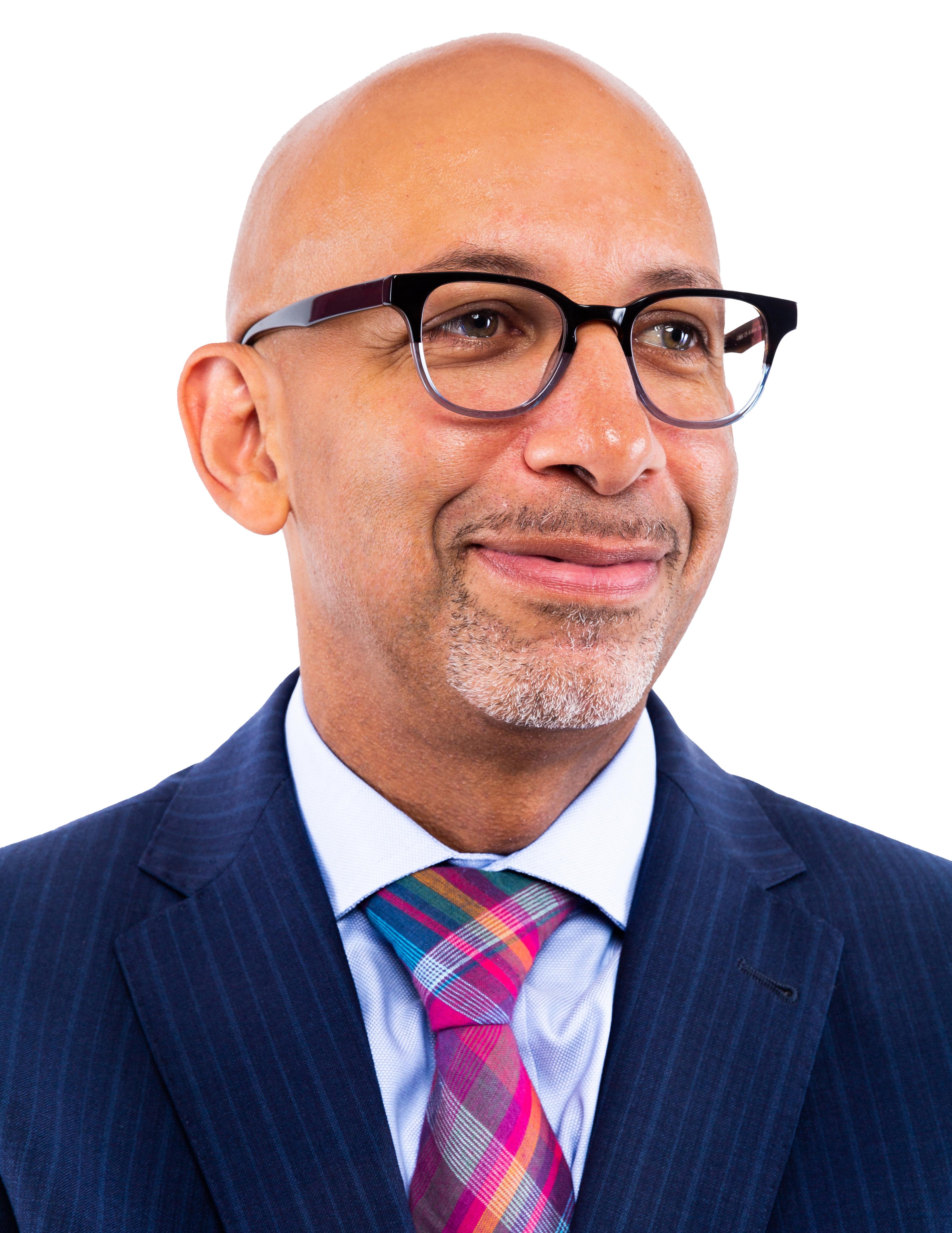






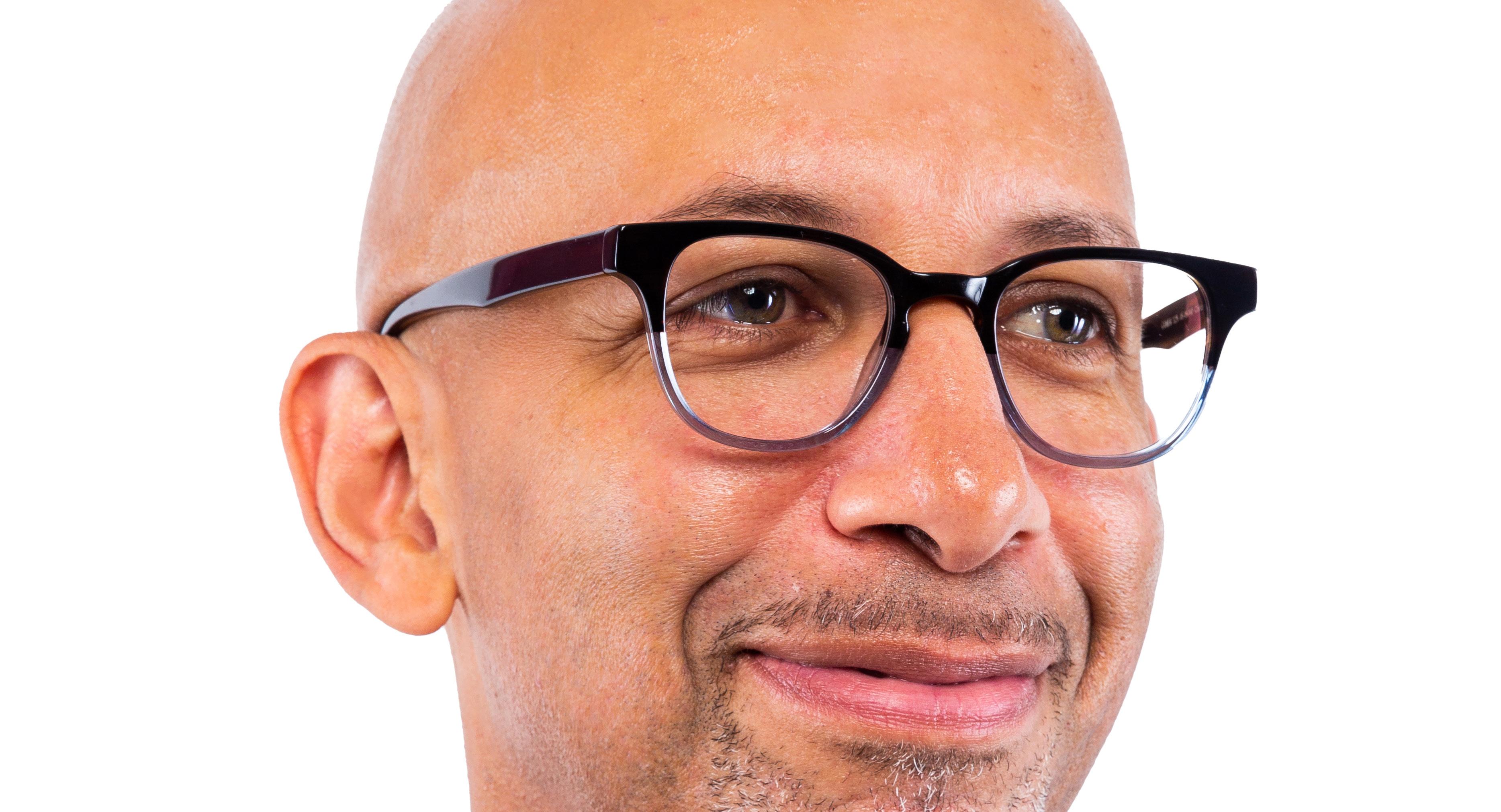
The Impact 65
The most recent projects for Henderson have been seeking technological solutions to keep patients’ parents and clinicians on the same page and improving how patients experience CHOC services. “We’re really focused on engagement with our patients and some point of service and post-visit activities,” Henderson explains. First, we are transitioning to a data capture process that seamlessly integrates back into the CHOC EMR, allowing less legwork for inputting and scanning patient information and making it more readily available for clinicians.
Instead of seeking that information via the traditional stack of forms patients receive upon arrival, those questionnaires are now sent via text message to parents to fill out in advance. “We also work to make that process as brief as possible,” Henderson says. “If you have to spend more than five minutes inputting information, people are simply going to get distracted and not finish.”

Check-ins and appointment reminders can now both be accomplished via smartphone, or, for check-ins, via on-premise iPads. Tablets have also been rolled out for young patients to watch movies or television, listen to music, and, in the future, read up on provided educa tional materials about their conditions or therapies.
The near future provides more opportunities. “We’re in the initial phases of mobile bill pay, co-pays, and will follow those with direct scheduling,” Henderson says. “We didn’t choose that piece first because that’s the heaviest operational workflow impact and we wanted to implement capabilities that were easy to adapt before
There was another driver for coming to CHOC for Henderson, other than his first CIO position. “There is a culture here that you recognize immediately,”




66 AHL
Learn about the doodles in this issue on p.113
Henderson says. “There is this connection between the community and the organization. We don’t just look after our patient population; we actively work to serve the community of which we are part.”
That includes valuable partnerships with the Los Angeles Angels, the Anaheim Ducks, and Disney, who hosts the annual CHOC Walk Through Disneyland that draws over fifteen thousand supporters each year. “Some of those walkers are parents and current patients, but we also have so many parents who have lost children,” Henderson says. “They bring so many people out to support CHOC and the amazing work our physicians and clinicians do for the patients that come through our doors, and it’s just amazing to see.”
Working on behalf of children, Henderson admits, provides a sense of urgency that many people might find emotionally draining. “If I’m unsatisfied with a vendor in our portfolio that is part of our clinical care delivery ecosystem, sometimes they need a reminder that in healthcare you are dealing with literal life and death situations,” the CIO says. “We don’t make things; we take care of the sickest of the sick. This has to do with taking care of children, and it’s our job to make sure that our incredible clinicians and physicians have the tools to do that.”


Luckily, partners like ePlus Technology know what’s at stake. “ePlus is very fortunate to have developed a strong relationship with John Henderson that goes back fifteen years to when he was an executive at Texas Children’s Hospital. During this time, John has consistently showcased his ability to be a forward-thinking leader who fosters a culture of true transformation and accountability,” says John Karle, a senior account executive at ePlus. “His reputation has attracted other industry leaders to his team. With professionals like Adam Gold, Curtis Hendrick, and Anthony Lakin, they consistently innovate and deliver true value to the organization. While at CHOC, John continues to
guide his team to leverage available technology to facilitate better patient care and create an amazing environment for children in need. His continuous commitment and passion deserve applause.”
Not everyone might have the mindset to work in a job that has the opportunity to encounter this type of heartbreak on such a consistent scale: children having to tackle life’s most difficult challenges at a time when they should be more concerned about toys or school. Alternatively, Henderson and his team get to see their work enabling recovery, instilling hope in patients’ healing, and providing the chance for a better future for thousands of children each and every year. It’s that purpose that transforms a walk across the skyway today into a pathway toward a brighter tomorrow. AHL

ePlus Inc., is a leading consultative technology solutions provider that helps healthcare providers imagine, implement, and achieve more from their technology investments. In order to thrive in today’s increasingly complex healthcare environment, providers must leverage the latest technological innovations to help improve patient care while reducing risk, managing costs, and accelerating growth.
With the highest certifications from top technology partners and lifecycle services expertise across key areas such as security, cloud, data center, networking, collaboration, and AI/ML, ePlus partners with healthcare organizations to enable these technologies to become strategic assets with regard to patient care and experience. Featuring an array of flexible technology consumption models to align with ever-changing fiscal budget requirements, ePlus works closely with key executive stakeholders across departments to enable doctors, nurses, and physicians to focus on providing positive outcomes for healthcare organizations and their patients.
ePlus is proud to partner with John Henderson, Adam Gold, and the world-class IT team at CHOC to help support their unwavering mission—to nurture, advance, and protect the health and well-being of children.


The Impact 67
Setting the Pace for Discovery and Development
Patricia S. Andrews is a perfect mix of motivator, innovator, and guiding hand for researchers at Boston Biomedical looking to make huge leaps in cancer treatment
By Billy Yost
68 AHL
Every day the CEO of Boston Biomedical Inc. leaves her home and walks the forty-minute journey along the Charles River to the company offices in Cambridge, Massachusetts. “Often, the best parts of the day occur during that walk,” Patricia S. Andrews says. Now in her third year as CEO at Boston Biomedical, Andrews is also the recently appointed global head of oncology for the oncology portfolio of Sumitomo Dainippon Pharma Co. Ltd.
“You figure out how to solve problems, consider things that are on your mind, and maybe figure out who you should be talking to that day,” Andrews says. She walks the same distance home after work to decompress and wind down. Andrews says she’s grateful to have the time set aside, and with the continued growth of Boston Biomedical, it might be a habit more CEOs may want to emulate.
Boston Biomedical, the wholly owned subsidiary of Japan-based Sumitomo Dainippon Pharma, is a developer of cancer therapeutics with the mission of significantly improving patient outcomes. In addition to leading the oncology portfolio originating from Boston Biomedical, Andrews is responsible for oncology assets developed at Sumitomo Dainippon Pharma and its Utah-based, wholly owned subsidiary, Tolero Pharmaceuticals Inc.
Andrews has moved along with the portfolio from early-stage research to a robust pipeline of potential therapies. One asset is currently in phase three of FDA approval, with multiple more
assets in earlier stages as well as preclinical introductions.
The company’s latest progress, announced in April 2020, is the phase one introduction of investigational agent TP-3654, which is being studied in patients with intermediate-2 and high-risk primary or secondary myelofibrosis. “The initiation of this study marks an important
milestone for our company as we continue to advance our oncology portfolio of investigational compounds into the clinical setting,” Andrews said in a statement.
A Résumé of Care
Andrews has been with Boston Biomedical since 2013, and with good reason. She spent seventeen years at
“I had always wanted to lead a business where there was a high unmet medical need and the science was rapidly advancing. It felt like where I was supposed to be.”
The Impact 69
 Patricia S. Andrews CEO Boston Biomedical Inc. Global Head of Oncology Sumitomo Dainippon Pharma Co. Ltd.
Patricia S. Andrews CEO Boston Biomedical Inc. Global Head of Oncology Sumitomo Dainippon Pharma Co. Ltd.
70 AHL
Ryuji Suzuki
Pfizer, moving through roles focused in corporate planning and marketing, until she eventually found her real passion.
“One of our business units was oncology,” Andrews remembers. “I had always wanted to lead a business where there was a high unmet medical need and the science was rapidly advancing. It felt like where I was supposed to be.”
Before coming to Boston Biomedical, Andrews was at Incyte, where, as chief commercial officer, she led the
company’s transition from a clinical stage to a commercial one; launched a first-in-class, first-in-disease product; and completed one of the largest deals in biotech of 2009 with Novartis. “Being the first commercial person in an R&D company with such high science and a great product was a wonderful experience,” Andrews says. That experience would lead her to Boston Biomedical.
Coming to the relatively small subsidiary of a global company provided
a number of interesting challenges for Andrews. While Sumitomo Dainippon Pharma employs around seven thousand people, Andrews’s oncology team is only a couple hundred. The global reach, however, is absolutely essential.
“Oncology is a global function when you think about our clinical trials,” Andrews says. “We’re talking about relatively rare diseases. We need that patient number to be able to show a statistically significant difference between our compound and what the standard of care is.” Because cancer is such a complex disease and every patient is unique, there is the added pressure of having to identify treatments for specific subpopulations who often have had multiple treatments for their cancer.
Innovation Improves Outcomes
With the introduction of Sumitomo Dainippon Pharma’s Global Oncology External Innovation Hub in Cambridge, Andrews says it’s a commitment to expanding innovation and discovery about cancer research and treatment.
“We have very strong discovery activities ongoing in our Utah and Japan sites,” Andrews adds. “There are also many first-class institutions in Cambridge. We established the External Innovation Hub here to bring in the most innovative thinking occurring outside the industry.”
The Impact 71
“[My team works] together to find opportunities, address unmet needs, and overcome challenges. . . . The more we can provide patients with a longer life, the more I feel like we’re doing something amazing.”
One goal is to help form companies around great ideas. “Ultimately, we might buy full rights to compounds identified through our External Innovation alliances,” Andrews explains.
To foster innovative work, Andrews looks to leadership from the World War II era. “General Dwight Eisenhower said that the art of leadership is to get people to do what you want them to do because they want to do it,” Andrews recites. “I try to create a vision and an environment that generates passion for the work. I think that’s what it takes to be innovative in a highly competitive area like oncology, especially with a small company like ours.”
“Pat is a future-focused, innovative leader,” says Donna Murphy, global CEO of Havas Health & You. “Boston Biomedical is making significant strides in the cancer therapeutics category, and with Pat at the helm, they will remain focused in their mission to make a great impact on patients’ lives.”

Stoking innovation isn’t without potential roadblocks. “There are so many hurdles along the way, and many of them are unexpected things you simply don’t know because no one does,” Andrews says. “There are unknowns of biology and the mechanisms of certain diseases and how different pathways relate to each other.”
Then there are all of the necessary requirements to make sure treatments are safe for patients. “And once you’ve got all of those things figured out, there are still all of the traditional commercial

considerations of your competition and what everyone else is doing.”
Overcoming those obstacles is a key differentiator for her team. “My team has such good insight into all these issues,” Andrews says. “They work together to find opportunities, address unmet needs, and overcome challenges. We’re trying to bring a needed medicine to a patient with a life-threatening illness, who is probably very scared. The more we can provide patients with a longer life, the more I feel like we’re doing something amazing.” And should there be an issue Boston Biomedical is particularly perplexed by, it’s OK. Andrews will think it about it on her walk. AHL
Editor’s Note: As of July 1, 2020, Boston Biomedical and its affiliate, Tolero Pharmaceuticals, merged to form a new company, Sumitomo Dainippon Pharma Oncology Inc. This interview was conducted prior to the formation of the new company. Patricia S. Andrews is now the CEO and global head of oncology of Sumitomo Dainippon Pharma Oncology.
“Parexel always aims to partner with innovative companies like Boston Biomedical that share our mission to improve the outlook for patients worldwide. With Patricia’s leadership, Boston Biomedical is poised to help lead the change in the way we look at cancer therapy.” -Jamie Macdonald, CEO
Helping you deliver medical breakthroughs. Because patients can’t wait.
72 AHL
Our employees are our single greatest asset. We proudly hold human purpose as our key guiding principal, and use it as our moral compass to lead all that we do. Making the world better through the wide-ranging talents that we have is a priority and a privilege.







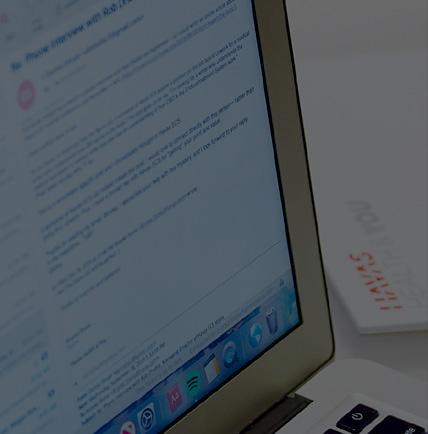


 DONNA MURPHY, GLOBAL CEO OF HAVAS HEALTH & YOU
DONNA MURPHY, GLOBAL CEO OF HAVAS HEALTH & YOU















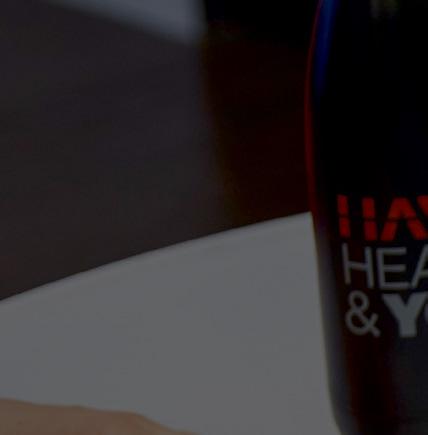

OUR MISSION









Havas Health & You is the world’s largest health and wellness network. After 30 years of executing on thoughtful strategy and excellent business sense, Donna was able to build this 4,000-person force that spans over 70 countries. Havas Health & You is dedicated to delivering consistent excellence and treating clients, partners and employees with respect and appreciation.
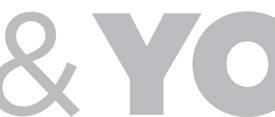
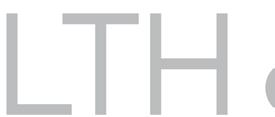

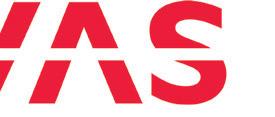
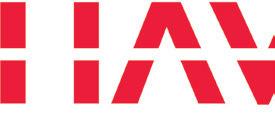
www.havashealthandyou.com
To be the world’s best company at creating meaningful connections using creativity, media, and innovation to inspire healthier lives
Building New Biology
Chang Hong believes that Synlogic’s innovative modality for discovery will open opportunities for treatments never thought possible
By Sara Verdi
Chang Hong views opportunity through a cultural lens, having moved with his family to the United States from South Korea when he was young. “I am an immigrant,” he proudly states. While growing up in America, he admits that there were some challenges with determining where he fit in—with his new community or his former community in South Korea—but Hong believes this shaped how he thinks about and sees opportunity. “People have implicit biases, but when people say there is an opportunity, I see multiple opportunities,” Hong explains.
This type of opportunistic thinking is what helped Hong capitalize on an
area of law right as it was emerging and developing. When he graduated from college in 1999, the human genome was being sequenced and IP law was gaining traction. “I thought, What is going to result from all of this sequencing and identification of genes? It seemed like an interesting area to get into in terms of law,” Hong recalls. So, to law school he went. Post-graduation, Hong made what he believes to be “the best decision” he’s ever made.
Hong joined a spin-off start-up out of Dartmouth College to kickstart his law career. “This was an amazing opportunity. It was a forward-looking company
with a stellar group of scientists. I was very fortunate to start there and be involved,” Hong says.
This start-up, GlycoFi, concerned itself with developing drugs in a unique way and found itself in the developing field of antibody therapies. Because of the nature of the innovations within this business, Hong garnered a wealth of experience in patent law, a fundamental of his current position within IP law. “This experience was the benchmark,” he says, and though Hong had to make the difficult decision to leave GlycoFi, he believes this opportunity was the springboard for his legal career today.
74 AHL
Hong now serves as corporate counsel and head of intellectual property for Synlogic, a company based out of Cambridge, Massachusetts, focused on the applications of synthetic biology to design new drug therapies and treat diseases.

“This is a unique and interesting company in that it marries multiple disciplines, synthetic biology, and microbial engineering, for example. What we’re doing is creating a new modality—we are making new, dynamic drugs. We’re currently in the clinic for two different programs: PKU (Phenylketonuria) and immuno-oncology,” Hong explains.
“There are huge advantages to the treatments for PKU that we are working on right now; for example, these drugs do not require injection. This would be pretty useful for patients, especially pediatric patients, who are not going to want to get near needles,” he says.
“Not too many companies are looking at this particular modality, and if we can be successful, this is going to open a lot of doors for other companies and the industry altogether.”
As for the immuno-oncology side of Synlogic’s research, Hong has a rather personal connection to this work. “I think everyone either knows someone or has been affected by cancer,” he shares. Hong’s own mother was a cancer victim, so he takes a particularly keen interest in oncology. “We are developing something that could possibly be a treatment for people diagnosed with solid or blood lymphomas, and I am extremely excited about the opportunity of being involved in oncology,” he says.
At a high-level, it is his responsibility as counsel and head of IP to protect these clinical trials and the research they procure. Hong believes that to best

protect these treatments, one must have a robust understanding of how they work. “From a legal perspective, I have to understand what these things are. I do have an understanding of microbial engineering and syn-bio, and that gives me a good advantage. I know just enough to be dangerous,” he says, laughing.
“You have to appreciate the nuances, especially from the IP side,” he says. This knowledge and appreciation are what drive Hong’s IP strategy. Fundamentally, Hong’s IP strategy is concerned with safeguarding Synlogic’s innovation and leveraging the technology that they are developing, which sometimes relies on external partnerships. Another extension of his responsibilities is determining the framework for these collaborations.
“Because I follow the development of the IP from inception to determining how to distribute it, I sort of run the gamut of the whole company,” Hong says of his role. “It’s a lot of juggling,” he admits, but he believes this keeps his skills sharp, which is important for his current role as well as the consulting work he does for companies like Just Egg. “When you’re in-house, you don’t particularly get to see how other companies operate,” he says. “I believe that my experiences allow me to share best practices.”
Since he has worked at companies ranging from start-up to mature, private to public, Hong believes that he can apply that knowledge to share best practices in his consulting advice as well as his own work at Synlogic. To Hong, the best way for a biopharma company to operate is to act as if their very own lives depend on the work or therapies they are producing. “It gives that much more weight and urgency to what we’re doing.” AHL
www.mccarter.com 265 Franklin Street, Boston, MA 02110 617.449.6500
We applaud the significant accomplishments of Chang Hong and are proud to support his contributions to the Synlogic, Inc. legal team.
The Impact 75
Benefits and Belonging in More Than One Size
HERE’s Dena Regan helped develop the idea of global benefits as a specific practice. Now, she’s helping the company fold diversity, inclusion, and belonging into their core values.
By Clint Worthington
Even before Dena Regan became director of global benefits for Netherlands-based location platform HERE Technologies three years ago, she was on the ground floor of the global benefits profession. At HERE, a global company with a presence in fifty-six countries, Regan has to juggle a host of cultural, legal, and financial considerations when negotiating benefits programs for employees in each country. Between that rigorous work and working with HERE’s newly minted inclusion, diversity, and belonging (IDB) team, Regan plays a vital role in securing the welfare and well-being of every employee.
When Regan began her work with her first job at a health insurance company, the global benefits position was scarcely found in the industry. She got her first taste of the need for such a position as a benefits manager for San Jose-based
telecom company JDS Uniphase (now VIAVI Solutions), when she was put in charge of managing their global stock purchase plans for employees.
As JDS Uniphase evolved, and her experience grew, Regan gradually took over global benefits. “I felt like I was giving myself titles,” she says, laughing. “I just started calling myself a global benefits manager.” Eventually, she learned of other managers at other companies doing the same thing, and over the years, they came together to form a budding new industry.
It’s the kind of work that takes up a lot of her time at HERE, seeing as much of her role involves keeping up with changes in legislation and governments— especially outside the US—as well as managing the plan designs and renewals and making sure HERE’s benefits are competitive with the global market.
Obviously, juggling the benefits programs of employees in nearly sixty countries comes with its own set of challenges. But Regan is deeply comfortable with this kind of work, given her experience in the field. For her, it means relying heavily on her team of consultants and making sure she reads the alerts whenever new legislation comes through. “Keep in touch with your local teams,” Regan advises. It also helps Regan that HERE maintains a regulatory repository where they keep all of their plan documents, which she can use to keep things straight.
Working with so many cultures in dozens of different countries, however, can also prove to be a challenge, as differing corporate cultures can lead to rifts in understanding. Branches in countries where managers are less likely to vocalize criticism or disagreements can sometimes
76 AHL
lead to problems down the road: “They tend to agree or indicate that they understand what I’m saying, but may not necessarily agree and don’t speak up,” she admits.


But learning to deal with these local differences is a fundamental part of her job: being open and patient and paying attention to how to speak to specific people in specific roles. Using video conferencing helps, she says, because she can read body language and facial expressions, getting a better read on how the other part is responding to their changes.
But in addition to her work in global benefits, Regan has also been working diligently with senior employee experience director Jen Betti on Betti’s inclusion, diversity, and belonging team, which began its work in 2016 and rolled out in August 2017.
“Having diversity within our company isn’t just the right thing to do, and the good thing to do to be good corporate, global citizens—we believe it’s in our ethos,” Betti explains. “We need to drive innovation, and innovation is dramatically impacted when you have diversity of thought.”

Betti’s work on the IDB team directly impacts how Regan approaches global benefits. The two of them frequently strategize on best practices for disseminating benefits programs in an equitable way. For instance, providing same-sex partnership coverage is sometimes difficult in countries where that isn’t legal yet: India was one such country, until they opened up their marriage laws, allowing Regan and her team to offer coverage for their nearly 4,500 employees in that country. Thanks to the initiatives that Betti has created, Regan has the space to pay more attention to these issues.
The IDB team is a project very near and dear to Regan’s heart, and she and Betti have enjoyed a fruitful partnership through their incorporation of inclusion, diversity, and belonging principles into more aspects of HERE’s corporate culture. “Jen and her team have done a remarkable job that I have found

inspiring, and what I would want to do with how we deal with benefits as well,” Regan explains.
Given her pioneering status in the global benefits field, Regan has plenty of advice on how to find global health solutions for populations with diverse needs.
“The number one piece of advice I would give [fellow global benefits professionals] is that one size does not fit all,” she states. “I know leaders want things harmonized; they perceive it as cost savings and want the employee experience to be the same for everybody. But that’s impossible.” You need to be flexible, she says, and attack problems with openness and drive. “If you come in thinking that one-size-fitsall, you’ll be taught something else.” AHL

“[Leaders] want things to be harmonized . . . and want the employee experience to be the same for everybody. But that’s impossible.”
The Impact 77
Rx Savings Solutions provides HERE Technologies with a pharmacy benefit savings and engagement solution that helps employees lower out-of-pocket prescription costs and reduce the company’s pharmacy spend. Employee engagement reached 25 percent within year one, and members use the service to save a combined $160 per fill for themselves and HERE.
Empowerment Through Focus
Irina Ridley addresses longstanding gaps in the healthcare industry, while advocating for resources that allow women to take agency over their careers By
Sara Verdi
There are several topics that are personally important to Irina Ridley. Fortunately enough, the chief counsel at Myriad Genetics has been able to professionally focus on two specifically throughout her career: providing strategic advice and legal counsel to companies focused on innovative solutions within the healthcare industry and female empowerment in a historically male-dominated legal space.
Throughout her legal career, Ridley has always been in some sort of healthcare vertical. “It is important to me to be in a
field of work that focuses on giving back and tackling some of humanity’s biggest challenges. Healthcare has been an excellent space to do just that,” she explains.
“Growing up, my parents wanted me to be a doctor, and I always wanted to be a lawyer, so I figured that this was a good way to bridge the gap,” Ridley says, laughing. She started focusing on the intersection of law and health when she went to work for the speaker of the New York State Assembly during her undergraduate studies at Rensselaer Polytechnic Institute and
78 AHL
continued all throughout law school and business school.
A consistent theme for her early on was that she “looked for any opportunity to get [her] foot in the door.” She recalls of a later semester abroad in the Czech Republic, “I worked for a nonprofit, drafting the healthcare reform bill, which went up to the tribunal. While, as you would expect, that bill did not get far beyond that, personally, it reaffirmed my interest in and commitment to this field. Turns out that in every country, every sector of the industry is ripe for change, and I really wanted to play a role.” From then on, Ridley focused on opportunities that blended her personal connections to healthcare with work that truly does give back.
“While I am not a scientist or a healthcare provider, I do find the ties between what I do and ultimately the patients that benefit. To me, interesting alone is not enough; [the work] has to have purpose. So taking a step back and seeing a patient that has benefitted from one of our products in a way that improves their quality of life or changes their prognosis makes me feel that in some small way, I am making a difference in people’s lives,” Ridley explains.
Specifically, Ridley enjoys the techforward aspects of healthcare. “While we are all struggling to manage through the global pandemic,” Ridley says of COVID19, “the one potential upside is the leaps and bounds that innovative healthcare delivery solutions have been able to make. You see it everywhere—from the types of investments being made through venture
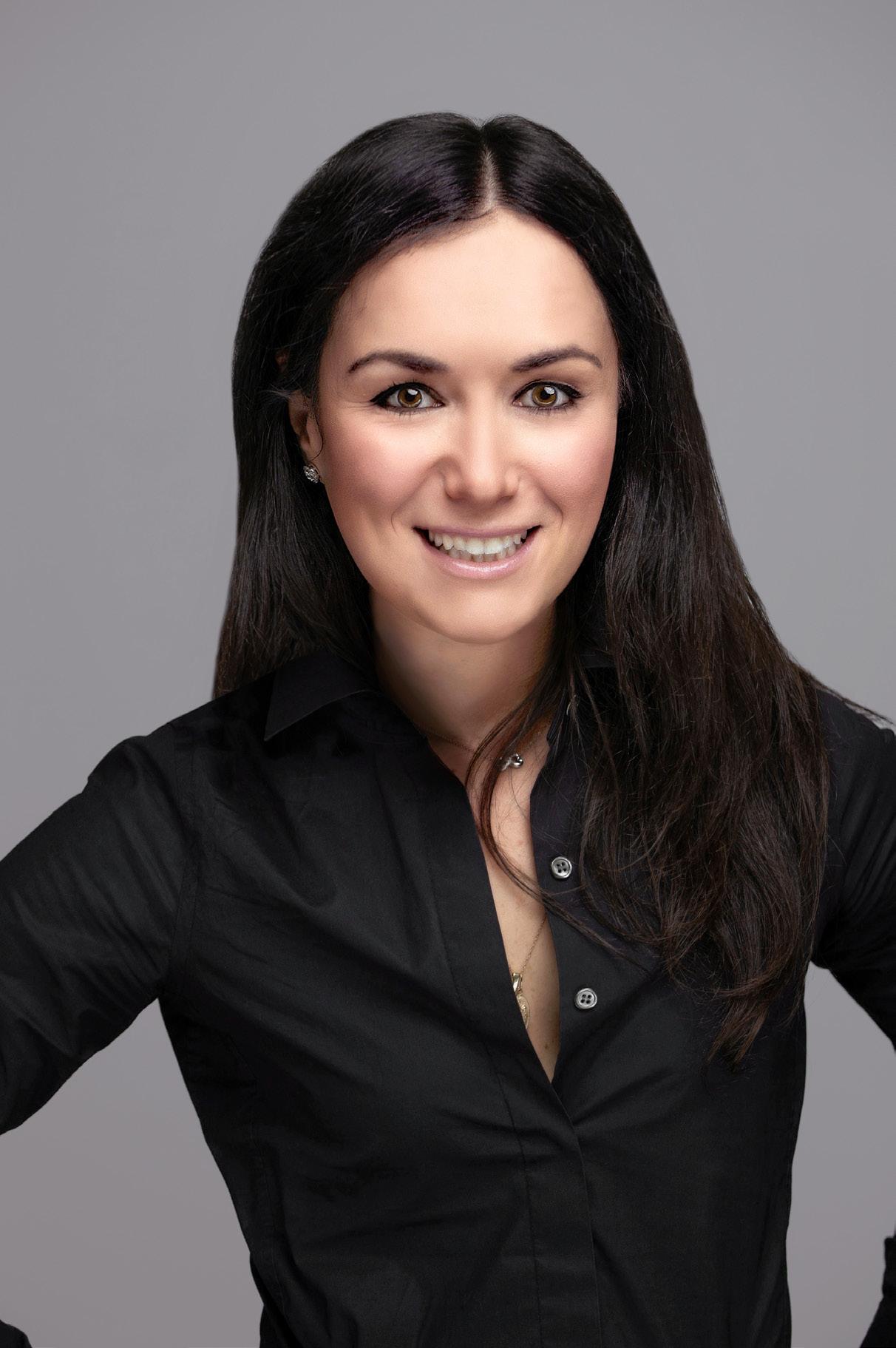
and private equity to changes in some regulations and even the reassessment of historically ‘less-reimbursed’ offerings. As a result, the renewed focus on access, efficiency, and efficacy has certainly been a silver lining.”
One example was telehealth. Ridley believes that the companies that will come out on top are those that are able to quickly pivot their focus and deliver more
virtual touchpoints. “While it has been a consideration for quite a while, I think that the recent changes in the industry represent a compelling shift toward adoption. It’s a different approach, but a necessary one,” Ridley asserts. This evolution towards telemedicine will, as Ridley puts it, “expand what we are able to do for patients remotely and ideally create the correct incentives to bring
Irina Ridley Chief Counsel—Women’s Health Myriad Genetics
The Impact 79
Sherry Tesler
victoria.brewster@fisherbroyles.com

408.667.6761
about a lasting change, long after COVID19 is behind us.”
This development comes with some challenges—the most obvious being, how to offer this option to those with limited technological resources or access. “The people that need the health services the most are typically the people that will be hardest to get to, and you have to figure out a way to both engage them and provide them with the education to stay healthy and to prevent easily treatable conditions,” Ridley explains.
Discovering this solution and ensuring that patients have equal exposure and access to healthcare is a huge motivator for Ridley. “Again, this is something that has driven me in the choices that I make relative to the company that I work for and the initiatives that I support beyond where I work,” she says.
Of these extracurricular initiatives mentioned, mentorship to junior women in law ranks pretty highly on Ridley’s agenda. Particularly, she has been very focused on helping young women understand what the practice of law entails,
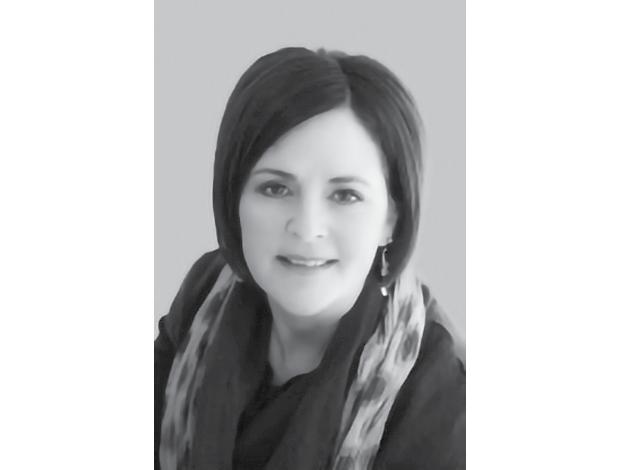
working with them to figure out how to structure their career and seeing them through challenges that they may face along the way.
As a board member at Albany Law School, a former board member of Women in Security and Privacy (which aims to help women achieve the level of education and skills necessary to pursue a career in privacy), and a continued advocate for women through all of her professional engagements, Ridley carries the mission of empowering others through mentorship, networking, and skill sharing based on her own journey.
“As much progress as we have made as women and leaders, being a female lawyer, my own experience has been interesting and challenging,” she continues. “I want to use my experience to foster an environment of equality, enabling other women to get exactly what they want. We have to be champions for one another, and for me, it has been so important to give back and be that champion for women looking to break through.” AHL
Congratulations to Irina! We are
well-deserved recognition in American Healthcare Leader and
to our
and Myriad Genetics.
proud of your
look forward
continued relationship with you
FisherBroyles.com
Commercial Transactions Intellectual Property Patients Regulatory Law & Government Contracts Patent Prosecution
“I want to use my experience to foster an environment of equality, enabling other women to get exactly what they want. We have to be champions for one another, and for me, it has been so important to give back and be that champion for women looking to break through.”
80 AHL
The Reason
Some executives feel the importance of their work because they have experienced its impact firsthand. Shaped by their mission to help others or by their personal experiences with healthcare, many executives are drawn to the industry from a sense of empathy and a desire to make a difference for others.
82. Katelyn Petti Hokenberg Merz Aesthetics
85. Mark Pawlak ConnectiveRx
81
90. Hilary Libka Dana-Farber Cancer Institute
Katelyn Petti Hokenberg Global Head of Learning & Development Merz Aesthetics
We Win Together
Katelyn Petti Hokenberg on the cultural building blocks that have brought employees together and transformed Merz Aesthetics into a major healthcare competitor
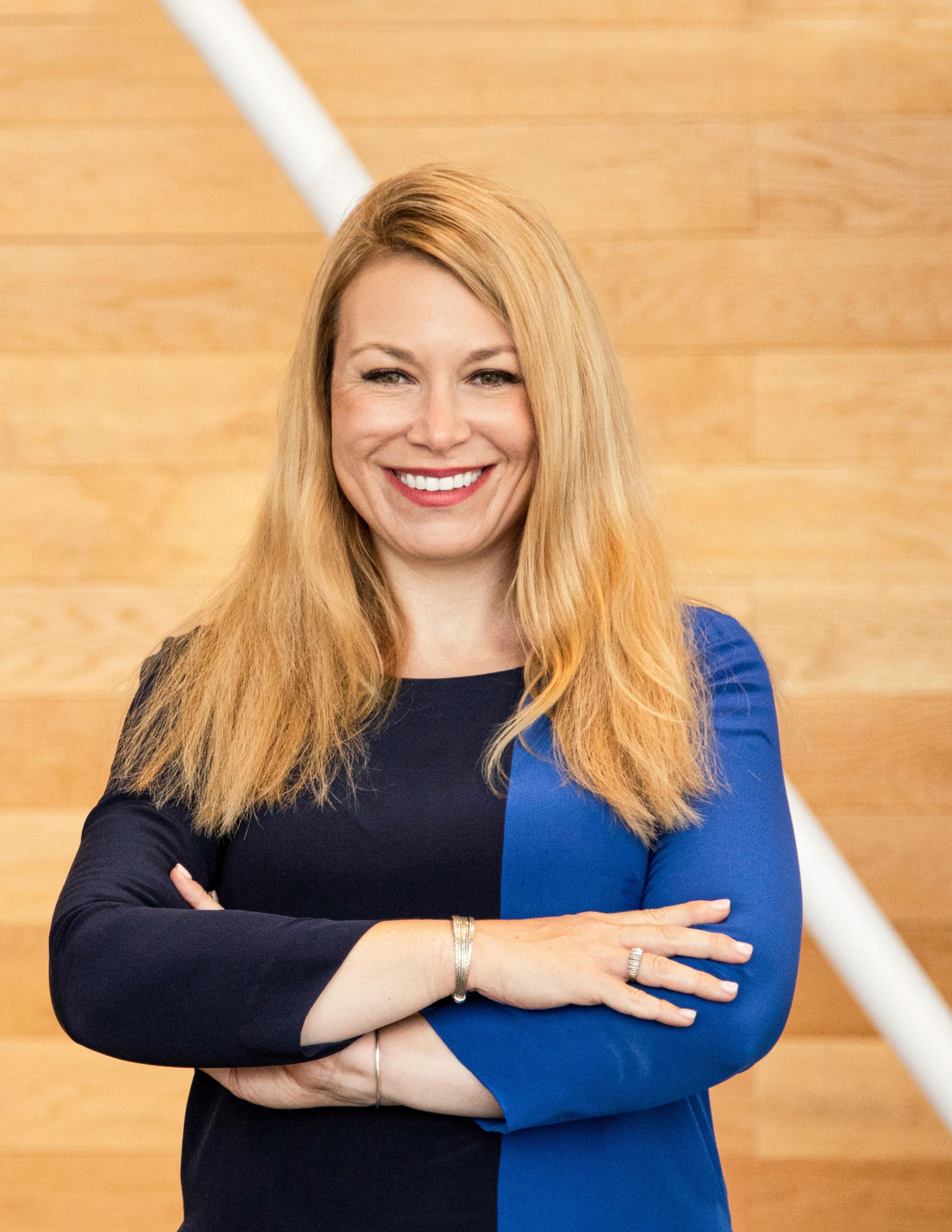 By Sara Deeter
By Sara Deeter
82 AHL
Aaron Lymphany
Like any of the best HR leaders, Katelyn Petti Hokenberg is a people person. She delights in getting to know the people she works with, commits herself wholeheartedly to understanding them and how they engage with the business, and is as triumphant when she witnesses their successes as she would be with her own child. And it is that willingness to dive deep into the needs of an organization’s workforce, beyond any inherent talent for building a rapport with others, that has driven Hokenberg’s success at Merz Aesthetics.
Today, Hokenberg is the global head of learning and development for the family-owned healthcare company, serving as a key point of contact for Merz employees working both in the Raleigh, North Carolina, headquarters and all over the world. This is, naturally, a huge step up from Hokenberg’s first opportunity in the HR world.
“It was an internship at Ocean Spray, and while internships were not widely paid at the time, they were kind enough to pay me—in juice,” Hokenberg recalls with a laugh. Soon, however, she landed her first “real” job in the industry at Bloomberg LP—a job that not only paid in more than juice but also introduced Hokenberg to the exciting world of training, learning, and development.
After expanding on her Bloomberg experience with an array of HR and leadership roles at top organizations such as Goldman Sachs and Thomson Reuters, Hokenberg decided to “come full circle” and return to her learning and development roots at Merz.
“When I started at Merz at the end of 2016, I joined as the director of organizational development—the first to hold that position,” she notes. “We were in a building phase at the time, so the first call of duty was a focus on the talent
acquisition space.” Hokenberg dove into that work, building relationships with those that she brought on board. In fact, she credits those relationships with her current level of success.
“The fact that I got to know, and hired, so many of the people I now work with has been a huge advantage to partnering to get things done,” she says. “It’s been easy to collaborate with the people here because I have that built-in relationship with them.”
As the company successfully built out a foundation of talent and globally expanded its HR team, Hokenberg shifted her focus away from talent acquisition alone.
“That’s what’s so exciting about my role and what I have the opportunity to do here,” Hokenberg remarks. “When some people think of HR, they just think about contact when they join a company and when they leave a company. Our team supports that. Plus, we have the opportunity to work in a developmental capacity. It’s been an opportunity to innovate, build, and deliver.”
To Hokenberg’s mind, “building” isn’t just about creating a strong talent base. It’s also about establishing the culture and infrastructure necessary to support a fast-growing and fastmoving organization like Merz. As global
“To work in a developmentfocused and growth-centered environment like Merz Aesthetics and to live in an area that is so supportive for education and development— it’s just a winning combination.”
The Reason 83
During the COVID-19 pandemic, employee engagement in learning and development has been at an all-time high at Merz, as employees have adjusted to their remote working environments and sought ways to further their professional and personal development.
In addition to delivering e-learning courses via the Merz Success Center, Merz invested in launching LinkedIn Learning and converting classroom learning to live, virtual sessions made available to managers globally. The ability to flex and adapt quickly and successfully to respond to employees’ needs has been a contributing factor in the high level of support and care Merz and its critical response team have provided to their employees during the pandemic.
head of learning and development, it is critical to her to “first understand what the organization needs and then to engage with employees at all levels of the organization so that I can tailor our programs and initiatives to support the employees and our business.”
Those efforts have resulted in the development of several new programs, including the Merz Success Center, the organization’s online learning and career development portal, and the Merz Leadership Academy, an internal leadership development program. But even more significantly, they have helped drive a dramatic increase in the engagement and workplace satisfaction of all Merz employees.
In the past two years alone, Merz has received more than twenty different professional accolades, including awards for Best Place to Work, Healthiest Employer, and Fastest-Growing Private Company. All these awards, Hokenberg stresses, are a testament to the company’s commitment to organizational and employee development, a critical focus set by the executive leadership team led by Merz Aesthetics’ CEO Bob Rhatigan.
“We didn’t win the Best Place to Work award by just submitting a convincing application. It was the employees’ own feedback that qualified us to win,” Hokenberg says. “So that has been very significant to us—it shows a positive response to leadership support and the impact our efforts have on the way our employees feel about their work experience with our company.”
The fact that Merz recently decided to establish its global headquarters for its aesthetics business in Raleigh is,
according to Hokenberg, an indication of the city’s own growth and development.
“The city of Raleigh and the Triangle region is one of the fastest-growing job markets in the world,” she says. “We are anchored by top universities and some of the biggest healthcare companies as part of the biotech sector. We’re in a very competitive landscape here—there are many great companies that offer exciting benefits and rewarding work environments.
“But I think that Merz has built a lot to be able to compete,” Hokenberg asserts, “and our team has done that by placing an emphasis on employee development and exploring how we can continue to bring new and exciting ways to learn to the organization.”
And Hokenberg only sees greater things on the horizon for the organization. As Merz embarks on its new fiscal year, it will continue to focus on its commitment to customers and colleagues—one of its three core values—further building upon a culture of inclusivity. While diversity has been an ingrained and critical part the company culture, Merz will further invest in development and training in the areas of cultural sensitivity, diversity, and inclusion.
The team will also leverage one of its employee forums, WIDEN (Women, Inclusion, Diversity, and Equity Network), to create, share, and celebrate opportunities for listening to and learning from each other’s experiences.
Hokenberg concludes, “To work in a development-focused and growthcentered environment like Merz Aesthetics and to live in an area that is so supportive for education and development—it’s just a winning combination.” AHL
MOVING MERZ HOME
84 AHL
Making People Part of the Routine
Chief People Officer Mark Pawlak on how building a values-driven environment for employees creates a sense of purpose and belonging
 By Sara Verdi
Portraits by Aundre Larrow
By Sara Verdi
Portraits by Aundre Larrow
The Reason 85
For Mark Pawlak, ConnectiveRx had him at “hello.” Prior to joining ConnectiveRx, a pharmaceutical services company that provides technology-enabled patient access and support solutions, Pawlak’s legal and human resources career was rooted in global consumer brands, and he was ready for a new challenge. “At that point, I was contemplating taking a break, but ConnectiveRx reached out, and it quickly became an organization with a mission and vision that I became very personally invested in,” Pawlak states.
He attributes this attraction to the values-driven, people-focused culture that ConnectiveRx has built in addition to its unique role in healthcare, helping patients access, afford, and adhere to complex medications. Now, as the company’s chief people officer, Pawlak plays an integral role in both shaping this workplace culture and aligning it with the overall business.
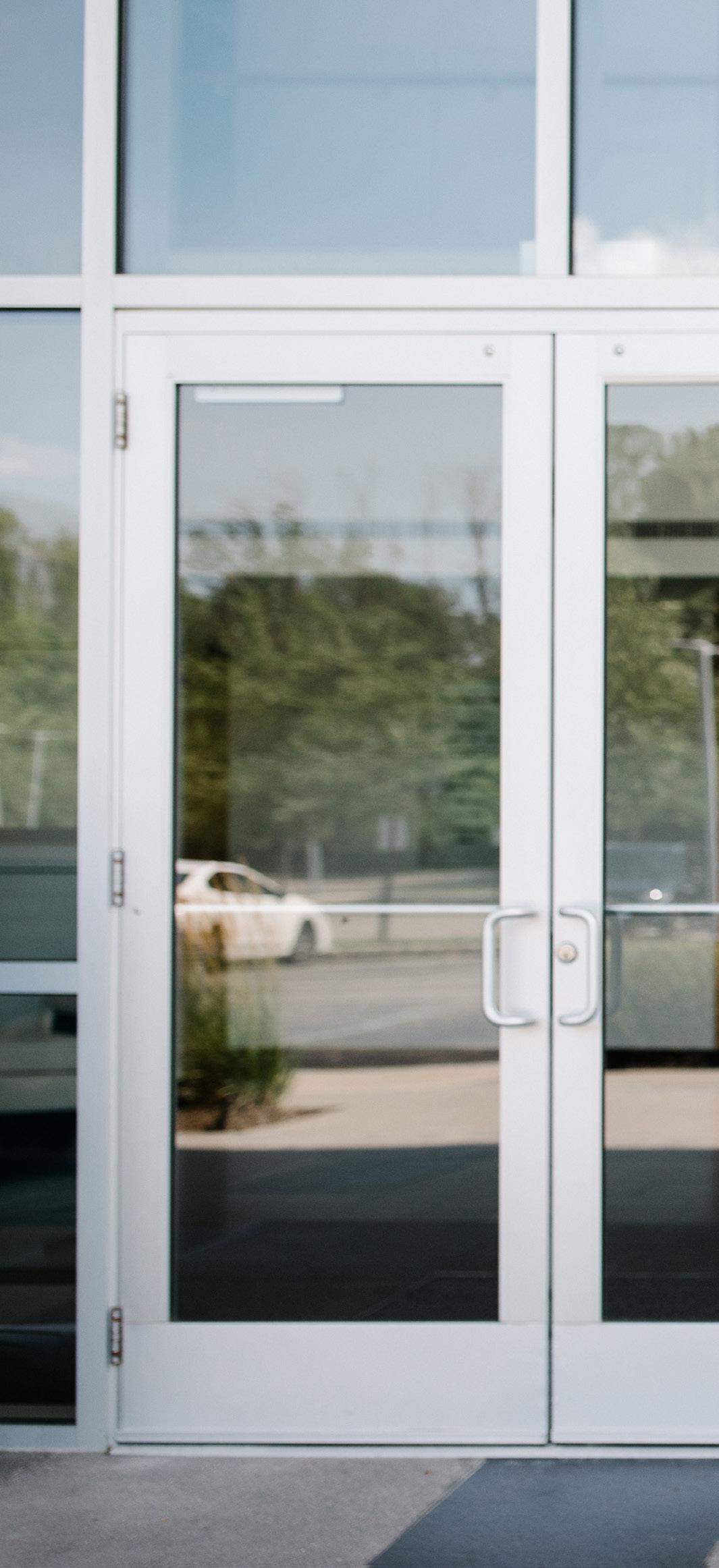
“At ConnectiveRx, our people are what differentiate us, and we understand the importance of providing a superior experience to them in addition to our customers, patients, and healthcare providers. Our team and their success drive the success of our business and growth,” he explains.
For Pawlak, working at ConnectiveRx and helping patients is “incredibly gratifying” and a natural extension of who he is and what he has done over the length of his professional career. Pawlak “grew up” in his family’s restaurant, where personal service to customers was a hallmark. When Pawlak started law school, he focused his studies on employment and labor law. After graduating from Cornell with a master’s degree, he began his work as an employment litigator, but something about litigating didn’t sit quite right with him.
“I found that too many times, both parties weren’t happy with the outcomes. Even if my client won, they weren’t particularly happy,” he says. So Pawlak made the jump to working as an in-house attorney. “I really enjoyed the in-house role; it was much more proactive,” he recalls.
It was while working in-house that Pawlak became deeply embedded with HR. He began his in-house run at Philips Electronics, where he gained knowledge and experience that allowed him to best support HR teams. “I had a tremendous boss at Philips. She really taught me how to listen and to be a good business partner,” Pawlak says. The lessons learned at Philips carried over into his following role at Revlon, where he developed from attorney to senior vice president of human resources. Success as an HR leader stems from malleability and the desire to understand how others operate best.
86 AHL
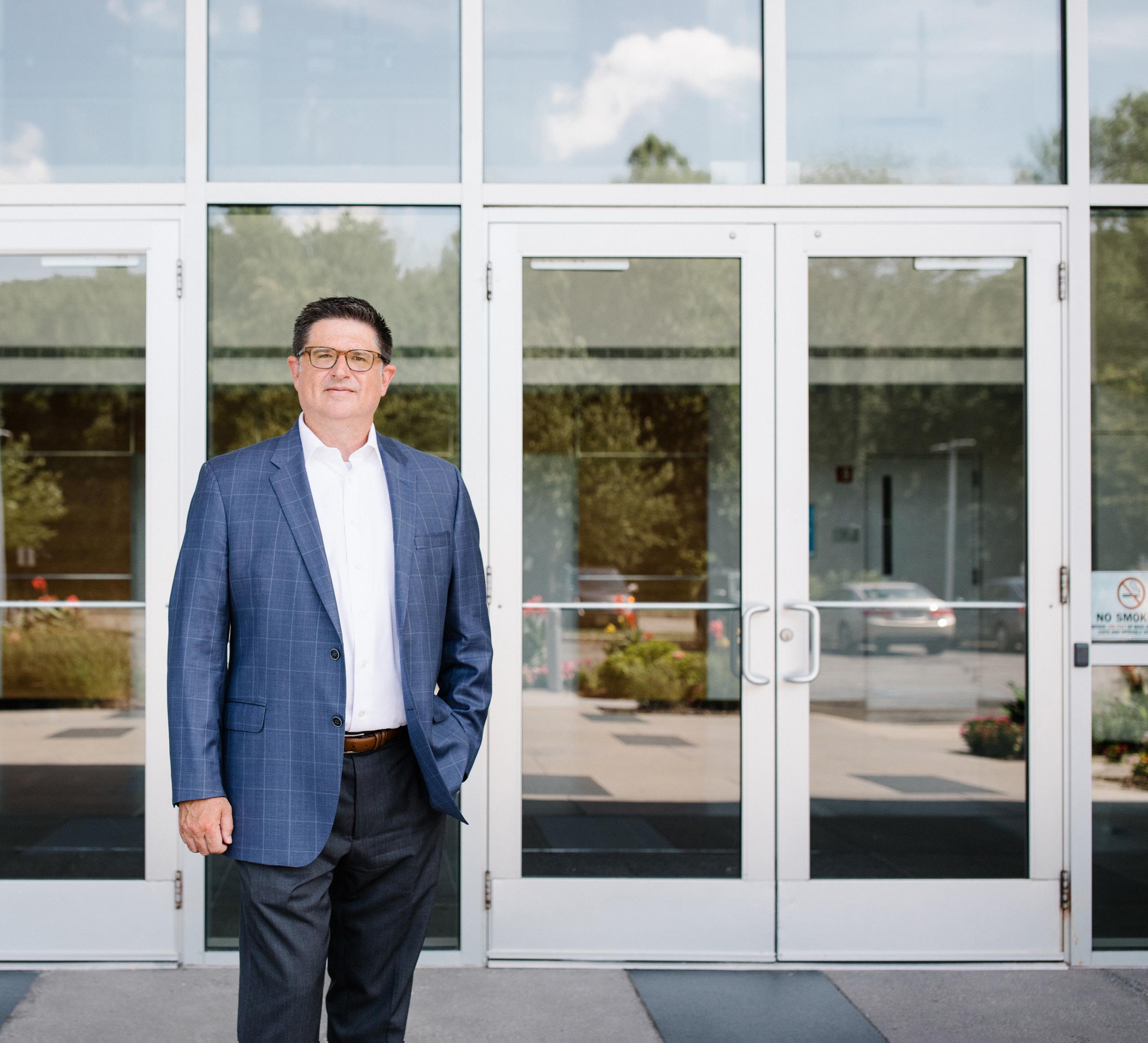
“We want our values to be true to who we are and evident in all that we do, from the policies that we roll out to the way that we recruit—it’s a universal approach that impacts all of our teammates.”
The Reason 87
Mark Pawlak Chief People Officer ConnectiveRx
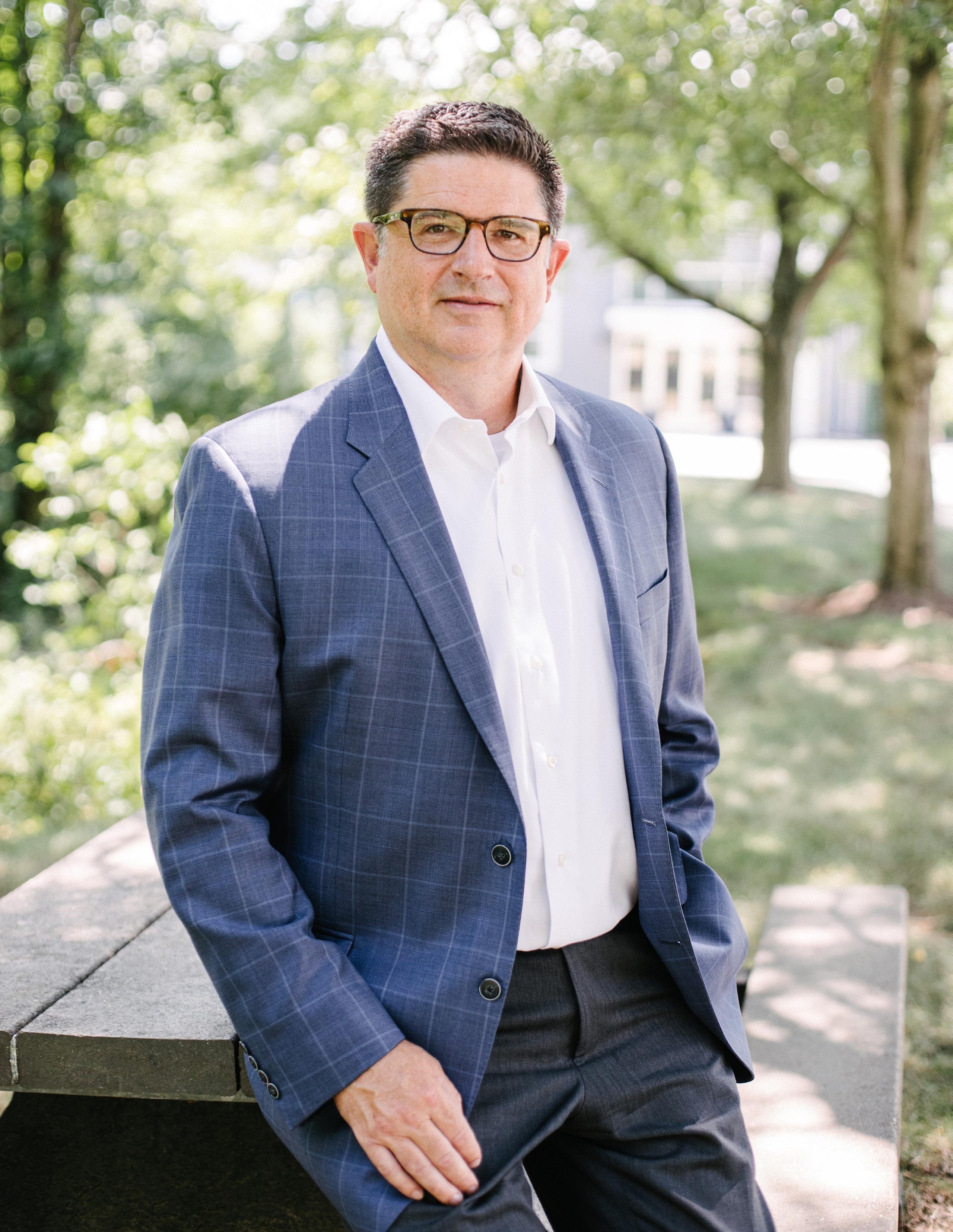
88 AHL
Pawlak believes that his prior roles equipped him with these distinct qualities. “There were a lot of lessons learned on how to work with different people, different cultures, and different outlooks, but it all comes down to being a good listener and collaborator,” he says.
In 2018, Pawlak brought his qualities and experience to ConnectiveRx. In his current role, Pawlak’s top priority is to develop the company as a destination for top talent. To do that, he focuses on creating a values-driven environment that both new and current employees can organically and meaningfully connect with, while also building high-achieving teams and retaining an entrepreneurial spirit.
“We want our values to be true to who we are and evident in all that we do, from the policies that we roll out to the way that we recruit—it’s a universal approach that impacts all of our teammates,” Pawlak states. He believes that his team’s value and attitudes are strengthened by ConnectiveRx’s six pillars: “We are customer and patient centric, we are compassionate, we are collaborative, we are innovative, we are accountable, and lastly, we are cultivators of talent.”
When it comes to recruiting top talent, which is paramount to any organization, Pawlak’s strategy lies in creating a routine, daily approach.
“We have to create meaning for our employees every day. We are asking our teammates to invest their time and dedication to ConnectiveRx, so it’s our duty to create a workplace that provides them with meaning: one where they feel their work is truly connected to our mission, where they want to come every day and be their best selves,” he says.
Since Pawlak’s arrival, ConnectiveRx has rolled out its maternity, paternity, and caregiver leave policy, which provides employees full pay to care for and bond with their newly born or adopted child, or to care for a family member who is sick. He has also established a dedicated learning and development team to help the company cultivate its internal talent. “It’s these types of initiatives that help bring us together as one ConnectiveRx and develop an environment everyone is proud of.”
In creating meaningful environs, Pawlak hopes that this positive dynamic is evident to current employees, customers, patients, and prospective candidates alike. So far, for ConnectiveRx, this has proven to be a method that works. “It has paid dividends with our success over
the past two years and the growth of our head count. And it is not just in the quantity of our head count, but also the quality—we’re extremely proud of our new teammates and their ability to make an immediate impact,” Pawlak maintains.
But beyond recruiting dedicated employees, Pawlak wants to drive his focus on the human element of HR to demonstrate to customers that their patients are ConnectiveRx’s main priority and concern. “The patient experience is core to everything that we do,” Pawlak explains.
“Our team is often dealing directly with patients who are suffering from chronic illness,” he continues. “And while we leverage technology to help accelerate speed to therapy so patients can start their medications quickly and easily, the biggest impact we make is providing compassionate, person-to-person support that helps patients navigate an often confusing and scary situation. This compassion starts with HR setting the tone for the entire organization.”
“I’m very proud of our HR team and how we strike that balance,” he says. “We have a really special group of people who genuinely care about the well-being of all our teammates as well as our customers and their patients.” AHL
The Reason 89
“The biggest impact we make is providing compassionate, person-to-person support that helps patients navigate an often confusing and scary situation. This compassion starts with HR setting the tone for the entire organization.”
The Palette for IP
With a range of interests and experience under her belt, Hilary Libka enables Dana-Farber Cancer Institute’s growing IP team to thrive
By Sara Verdi
Hilary Libka is a bit of a Renaissance woman. With a humanities-based biomedical engineering bachelor’s degree and a Juris Doctor under her belt, her range of education and interests spans multiple fields. It’s this palette of experience that has led Libka through a diverse set of positions and landed her at her current role as chief intellectual property counsel at the Dana-Farber Cancer Institute, a world leader in adult and pediatric cancer research and treatment.
“I always loved art and reading, yet I thought biomedical engineering was cool. There’s just such a broad spectrum of things you could do with either of these
areas of academics,” Libka explains. So she studied both. She pursued a biomedical engineering degree with a humanities core curriculum at Columbia University in New York. “It was great because I never lost the influences of ethics or creative writing, which you wouldn’t typically see in a science degree,” Libka says.
During her undergraduate studies, Libka’s interests began to metamorphose. She held several internships that introduced her to new disciplines like bioethics, regulatory compliance, and intellectual property. One internship in particular, a position with President Bill Clinton’s Harlem office, brought the perspective of
90 AHL
intellectual property as a public good to the forefront of her newfound interests.
“This internship was during the time that the Clinton HIV/AIDS Initiative was working on getting better access to antiretrovirals in the developing world, and it was where I first met an IP attorney,” she recalls. “They actually negotiated licenses with Big Pharma for providing these drugs to underresourced populations, and that was fascinating to me. It’s one reason why I headed to law school.”
Libka entered law school with several focuses in mind. “I went to law school thinking, I like intellectual property, and I like health law and bioethics, but I really got hooked on the idea of these intangible creations that people make and how you could possibly define and protect them,” she says.
At the time, the University of Michigan Law School’s IP faculty happened to be entirely women led, and that further impressed Libka. “All of these things sort of pulled me closer to IP and the intersection of IP and health,” she says.
In her final year of law school, Libka had an externship at the World IP Organization in Geneva, Switzerland, where she solidified her desire to work within IP. After graduation, Libka joined WilmerHale’s patent practice There, she took a deep dive into the litigation world and discerned where she wanted to focus her energies, which was more aligned with becoming a master of writing patent applications and counseling prosecution clients. From there, Libka made the decision to join Cooley LLP.
While at Cooley, Libka believes she truly learned how to be an IP counselor. This experience set her up for more responsibility in future roles. “At Cooley, I was able to do a lot of pro bono work and get experience in other areas, like trademark and copyright advising. It was fun, and I learned a lot,” she emphasizes.
During her time at Cooley, the Dana-Farber Cancer Institute was a client of hers. “Their IP practitioner had handed in her notice and they were looking to hire,” Libka explained.
She ended up filling in for Dana-Farber on what she assumed to be a temporary basis. “After two months of getting to know each other, I really liked the academic medical center setting and I loved the mission,” Libka
says. The COO of Dana-Farber at the time had explained that the hospital’s goal was to “put themselves out of business by curing cancer,” and Libka found that to be especially inspiring.
Libka’s enduring interest in the cross-section of IP and healthcare drew her to her current role, and it’s what keeps her pressing forward as, until recently, the sole IP attorney at Dana-Farber. “Though I find all of this research incredibly interesting, my background is not enough to understand everything, and that is why I am building out a team,” Libka says. That, and the sheer volume of work.
“I really got hooked on the idea of these intangible creations that people make and how you could possibly define and protect them.”
The Reason 91
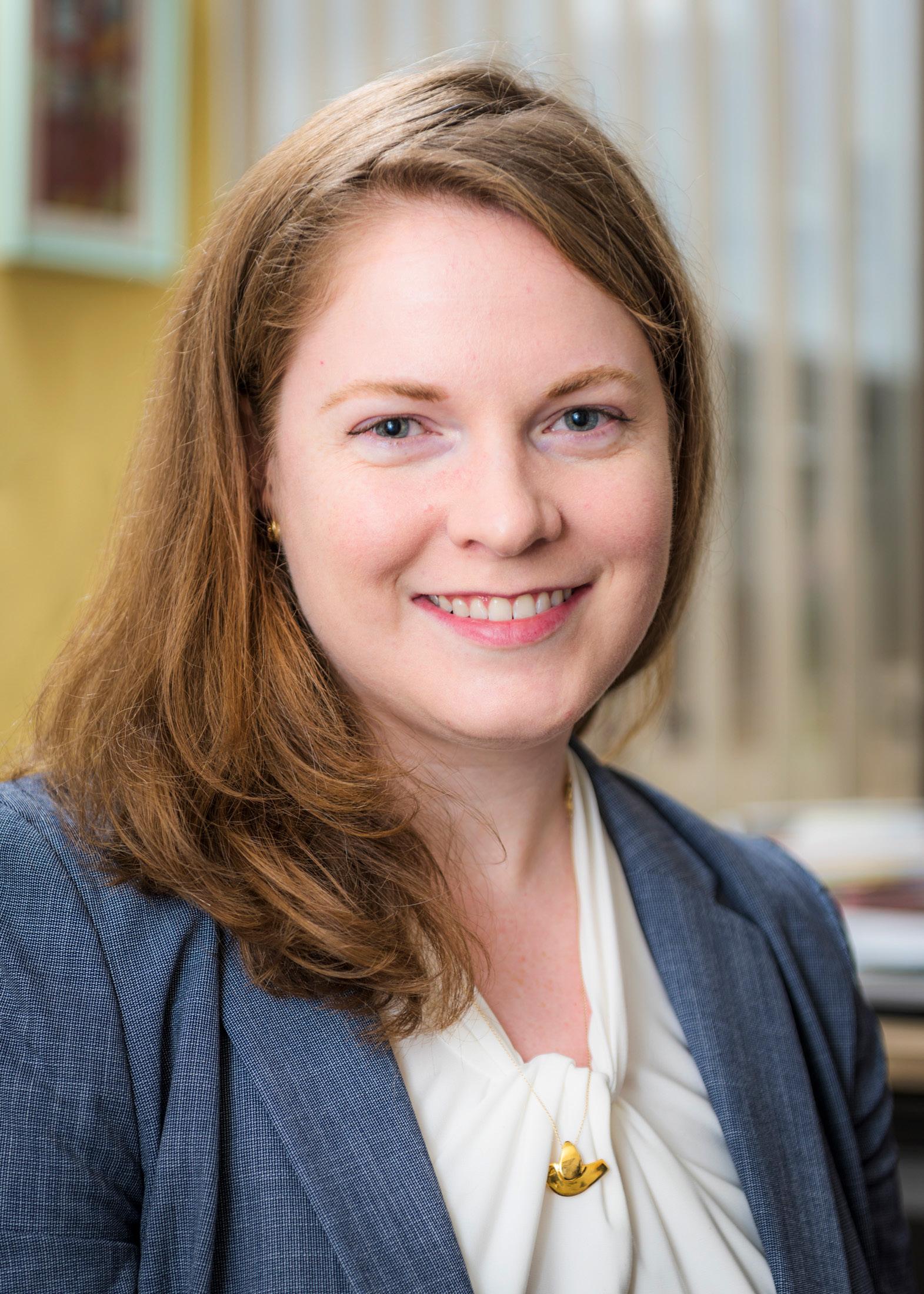 Hilary J. Libka Chief Intellectual Property Counsel Dana-Farber Cancer Institute
Hilary J. Libka Chief Intellectual Property Counsel Dana-Farber Cancer Institute
92 AHL
Sam Ogden/Courtesy of Dana-Farber Cancer Institute
In a given year, the Dana-Farber Cancer Institute brings Libka nearly two hundred disclosures of new technology. By building out a team, she hopes to develop strong in-house counsel so that the institute can rely less on outside counsel, save money, and fully dedicate their attention to protecting the institution’s IP. Her team now consists of four administrative professionals; three patent technology specialists, each with a PhD in a relevant technical area, who are apprenticing as IP practitioners; and another IP attorney. “It has been a dramatic change. I actually get some sleep now!” Libka jokes.
“We are pleased Hilary is being recognized in this article,” says Edward R. Gates, shareholder at Wolf, Greenfield & Sacks (p.46) and close partner of Libka’s. “Hilary is an extremely talented attorney, team builder, and manager. Her achievements are impressive. We feel very lucky to be able to work with her and to support the Dana-Farber Cancer Institute, a world-class leader in cancer research and patient care.”
The vision that she has for that team, apart from reducing the work bottleneck, focuses on how they can best support researchers as well as properly educate business partners on where to invest money to protect the IP and advance the research.
“Intellectual property becomes necesary to get something to a patient at the end of the day. For example, we’ll identify a new therapeutic compound, and that’s wonderful. But if there’s no IP protection, then no company will want to invest to test it out or take it into toxicity studies or FDA trials,” Libka explains.
“Part of my role is to educate, and if we really want to get things to patients, my team has to do its best to protect those things,” she says. “So much of my strategy is communicating IP as a public good that needs investment for effective dissemination.”
In constructing this team, Libka firmly believes the process has helped her develop into a stronger leader. “The things that I found valuable in a mentor—being someone who is compassionate and makes time for others, asking questions, giving advice, and being excited and curious—that is what I aim to be as a mentor,” Hilary explains. “Mentorship is different from management, and as my team has grown, it has been challenging to balance ‘being the boss’ with having good relationships with my team members. It can be difficult to find that balance, but I think it is my favorite part of the job.” AHL
“Part of my role is to educate, and if we really want to get things to patients, my team has to do its best to protect those things. So much of my strategy is communicating IP as a public good that needs investment for effective dissemination.”
The Reason 93

Wolf Greenfield congratulates Hilary Libka Chief Intellectual Property Counsel, Dana-Farber Cancer Institute BOSTON 600 Atlantic Avenue, Boston, MA 02210 p: 617.646.8000 NEW YORK 605 Third Avenue, New York, NY 10158 p: 212.697.7890 wolfgreenfield.com
The Business
Healthcare is a constantly evolving industry that demands that executives plan ahead. Often, this means business leaders need to address department- or companywide issues to remain focused on driving innovation and devising strategies to maintain a high level of care.
96. Greg Dadika Becton, Dickinson and Company
102. Scott Allen Pharmaceutical Product Development
106. Dan White AMN Healthcare Services
95
109. Ryan Hassanein McKesson Corporation
Lean, Logical Litigation
At Becton, Dickinson and Company, Greg Dadika knows what it takes for a small legal team to achieve big wins
By Billy Yost
Portraits by Aundre
Larrow
96 AHL
Greg Dadika SVP and Chief Litigation Counsel Becton, Dickinson and Company
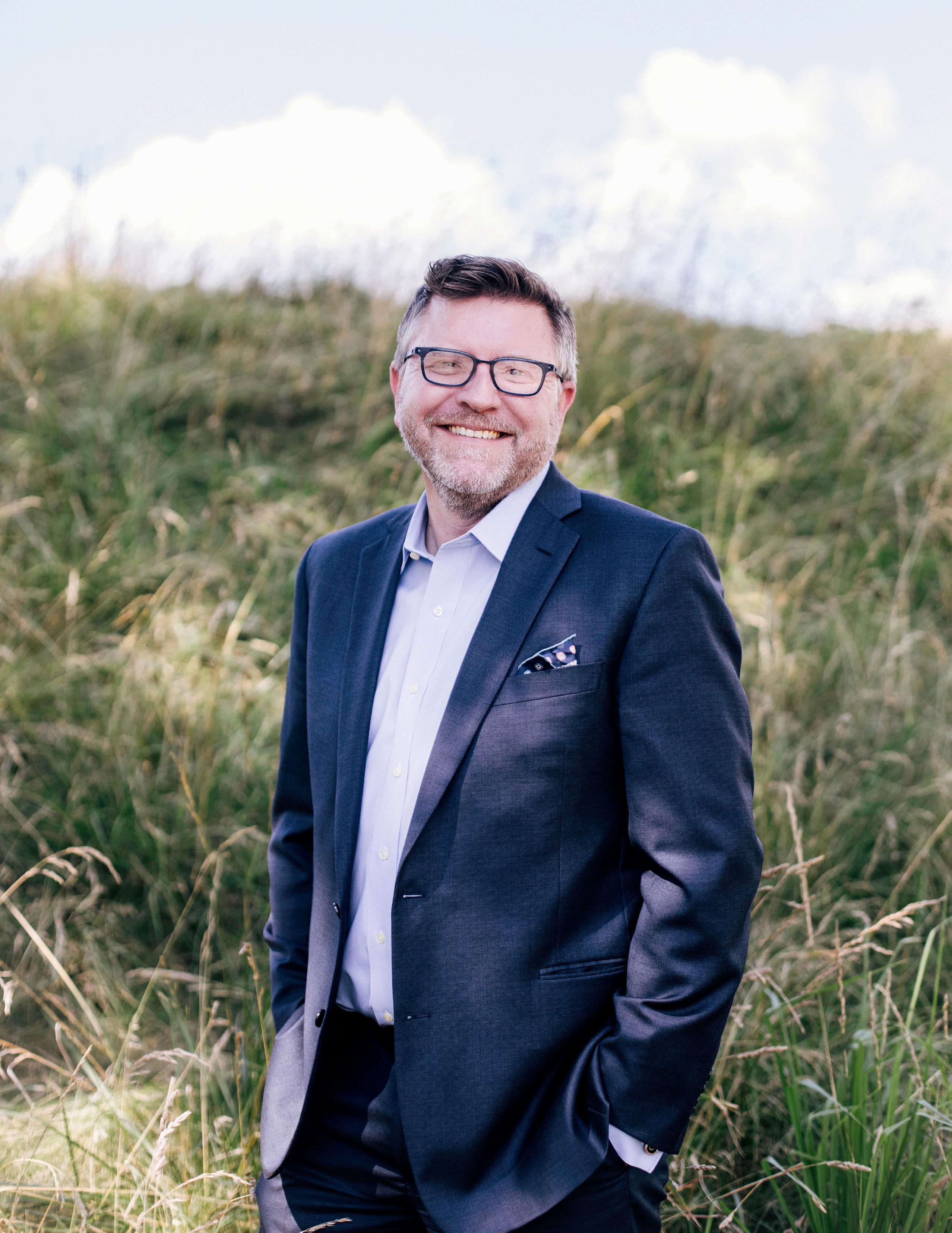
The Business 97
There may not be another in-house legal team like the one at Becton, Dickinson and Company (BD). The Fortune 500 medical device company, founded in 1897, employs nearly seventy thousand people stretching across fifty-five countries. BD, like any in the medical device technology industry, is called to tackle a significant portfolio of litigation, but the company's size makes its docket seem completely unmanageable by any metric.
So how is a lean in-house team able to manage a caseload that might take the average private practice lawyer a lifetime to accumulate? It’s the process, the methodology, and the attitude.
“When you’re in-house, you often hear the criticism that the law department is not a profit center,” BD’s Chief Litigation Counsel Greg Dadika says. “Our general counsel, Sam Khichi, responded to that by putting processes and procedures in
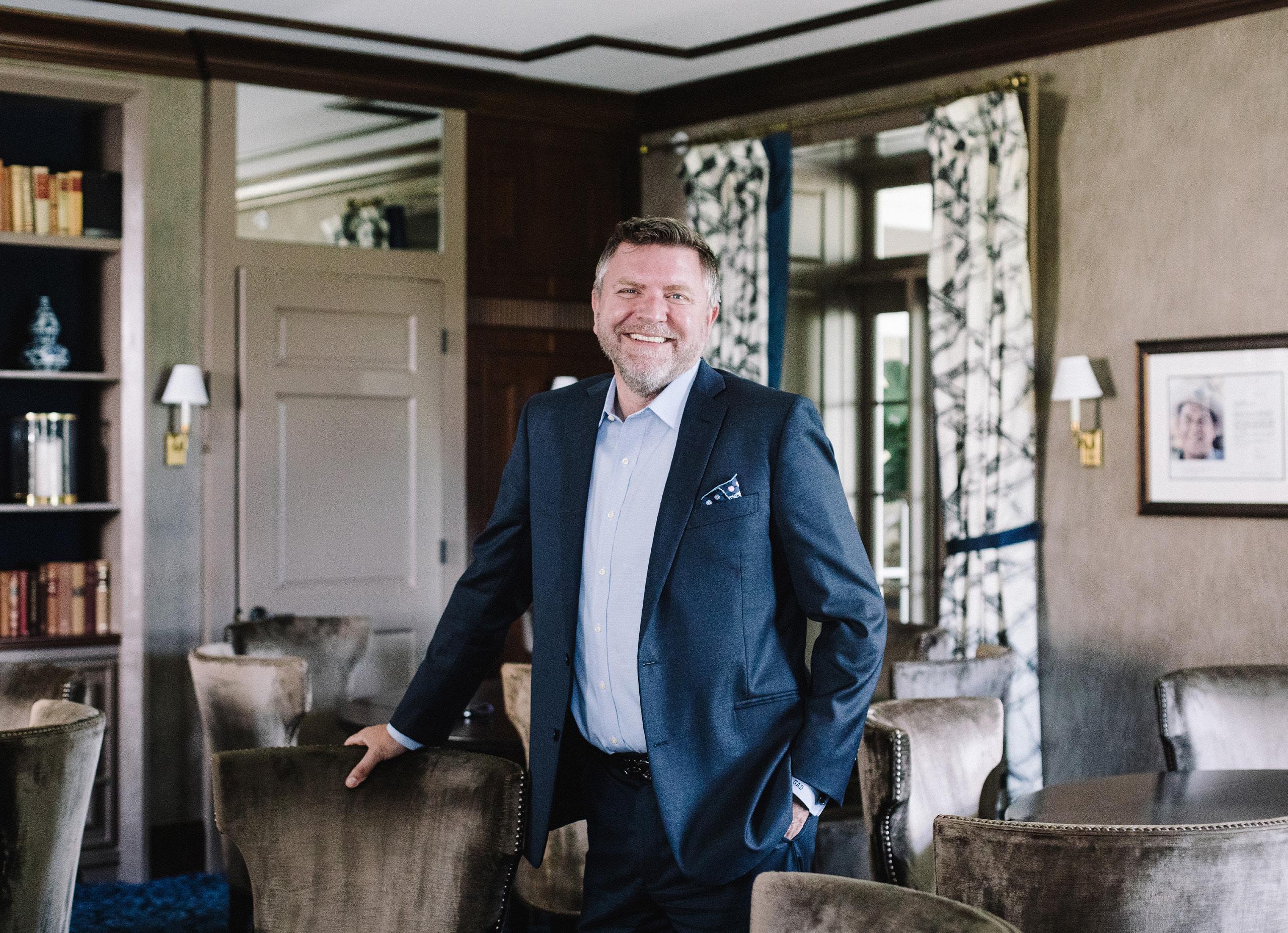
place that make the law department run like a business. Our entire team focuses on closely managing our outside legal costs by demanding excellence, predictability, and accountability. It’s just not something I think you’re going to see on very many law teams.”
Breaking from Tradition
The timing of Khichi's taking over as GC coincided with both a vast expansion
98 AHL
of BD’s device portfolio and a massive uptick in mass tort cases. Dadika had resolved some five thousand pending hernia repair cases, leaving a mere one hundred. That litigation load ballooned to eighteen thousand cases in a very short period of time, which Dadika attributes to rampant—and often misleading— plaintiff attorney advertising. Khichi’s sweeping changes to legal operations at BD couldn’t have been better timed.
“Every legal professional, from attorneys down to legal assistants, were required to get Lean Six Sigma certified,” Dadika explains. “It was important because that served as the basis for how we run not only our litigation team, but our entire legal team: a small, efficient team, driven by process, controls, and continuous improvement.”
From the outset, Dadika, a lifelong litigator, says that the “more with less” principles of Lean Six Sigma may seem completely out of step with the way traditional litigation operates, but in his estimation, that’s the problem.

“Litigation, by its very nature, is antithetical to process,” Dadika says. “It’s random, and there are so many variables: what judge may be presiding, what plaintiff attorney you’re going up against, not to mention the varying state and local rules of every case that will vary. So building a process around how to manage BD’s portfolio of litigation was challenging, but we’ve successfully managed to do it.”
For example, when it comes to budgeting, better metrics and data analysis allow for more accurate preparation and predictability. “If we notice a significant advertising spike from plaintiff attorneys, you’re most likely going to see a spike in the claims you’re receiving, so we can be better prepared to take

GREENBERG
GTLAW.COM LORI G. COHEN | VICE CHAIR; CO-CHAIR GLOBAL LITIGATION PRACTICE TERMINUS 200 | 3333 PIEDMONT ROAD NE | SUITE 2500 ATLANTA, GA 30305 RUSSELL A. GAUDREAU | SHAREHOLDER METLIFE BUILDING | 200 PARK AVENUE | NEW YORK, NY 10166 Greenberg Traurig is a service mark and trade name of Greenberg Traurig, LLP and Greenberg Traurig, P.A. ©2020 Greenberg Traurig, LLP. Attorneys at Law. All rights reserved. Attorney advertising. All rights reserved. °These numbers are subject to fluctuation. 34137 We are proud to congratulate and support Greg Dadika, Chief Litigation Counsel & Becton, Dickinson and Company We applaud Greg’s innovative leadership and unparalleled litigation acumen. A legal trailblazer in the medical device industry, Greg’s strategic vision supports BD’s mission of advancing the world of health by improving medical discovery, diagnostics and the delivery of care. 34137-0520-ATL-LSMT_vfinal3-4775x102.indd 1 6/30/2020 12:47:03 PM The Business 99
TRAURIG, LLP | 2200 ATTORNEYS | 41 LOCATIONS WORLDWIDE °
that on,” Dadika explains. “It allows us to predict trends and also predict our financial needs.”
The focus on process and documentation has also made outside counsel spending more responsible. “When you get a budget from a law firm, I guarantee it’s going to be 20 to 30 percent higher than it really needs to be,” Dadika says with a laugh. “The process we’ve built around budgeting allows us to find any excess and really require our outside counsel to build from the bottom up and accurately account for time connected to that spending.”
Dadika says the days of “thumb-in-thewind” forecasting from outside counsel is a thing of the past, and it’s a process that he says has been taken seriously by the list of preferred firms the litigator has whittled down over time.
Adding It All Up
There’s a reason Dadika has taken the lean principles so seriously for his own litigation team. The caseload simply couldn’t be handled internally any other way: his team has overseen thousands of mass tort claims. “The Lean Six Sigma principles have enabled us to keep the team the same size despite the exponential increase in the amount of cases that we’re overseeing,” Dadika explains.
The seemingly scattershot nature of BD’s outside counsel was rectified by Dadika fairly quickly upon his arrival: forty firms were narrowed down to three. Their application process is also particularly of note. “We have firms who are the leads for business units, but we cross pollinate our teams if there happens to be a
subject-matter expert from a different firm. Everyone realizes that we all work better together. It’s a massive amount of litigation, so there’s no point in bickering over turf, and working with differing, diverse teams leads to better results.”
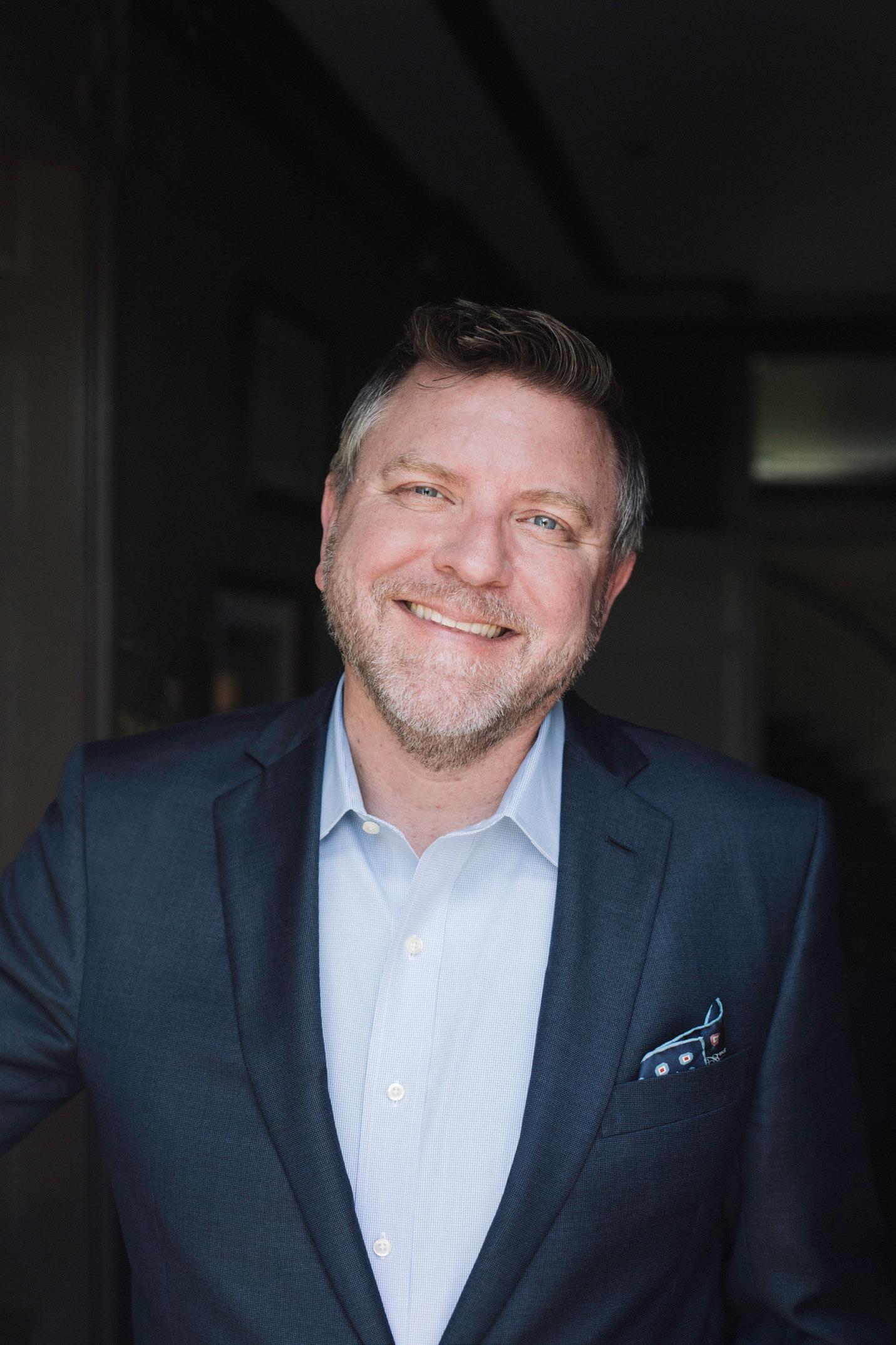
Dadika says the rarity of BD’s legal operations comes down to more than
just refuting the “cost center” label that so many in-house teams face. It comes down to strategy. “The strategy just can’t be winning more than we lose; that’s not strategy,” Dadika says. “That’s like a boxer who gets in the ring and whose entire plan is to just punch. That’s not us. Don’t get me wrong. We’re not afraid to
100 AHL
punch, but you have to adapt your strategy to the multitude of elements at play in each litigation.
“There is a game theory that we employ, and every mass tort has a different strategy,” he continues. “We use our strategy, ultimately, to reach a resolution that is most financially advantageous for our company. What we do here is rare for in-house litigation teams; I can guarantee that.”
Dadika’s partners can attest to that point. “Greg’s innovative leadership and legal insight are instrumental in BD’s mission to advance the world of health,” says Lori G. Cohen, vice chair of Greenberg Traurig. “Known throughout the medical device industry for his litigation acumen, Greg is the epitome of an in-house legal partner—brilliant, strategic, and effective.”
Unlike most in his position, Dadika and his legal team have tried, on average, roughly one case a year over the past decade. It may be the lean principles at work, but one gets the feeling the litigator still likes to get his hands dirty. Dadika has two decades of litigating well-publicized medical device product recalls under his belt, and at least in this case, maybe it’s OK to do more with more. AHL

Special Olympics New Jersey provides yearround training and athletic competition in 24 Olympic-type sports for more than 26,000 individuals with intellectual disabilities, completely free of charge. Through the power of sports, athletes experience joy, develop physical fitness, and create genuine connections to their communities. Visit sonj.org for more information.

1 Eunice Kennedy Shriver Way Lawrenceville, NJ 08648 www.sonj.org Congratulations Greg Dadika! From your friends at Special Olympics New Jersey Thank you for continuously supporting our athletes! Greg is the Chair of the 2020 Higgins Classic Committee for Special Olympics New Jersey Nelson Mullins Riley & Scarborough LLP Attorneys and Counselors at Law Richard B. North, Jr., Partner Atlantic Station | 201 17th Street NW Suite 1700 | Atlanta, GA 30363 404.322.6000 | nelsonmullins.com Strategy, Solutions, Success Nelson Mullins is proud to be associated with and congratulates Greg Dadika and the entire Becton Dickinson team for their continued success.
The Business 101
Four Ways to Say “We Appreciate You”
Allen of Pharmaceutical Product Development
Scott
is committed to ensuring that all employees have what they need to achieve holistic well-being
By Sara Verdi
102 AHL
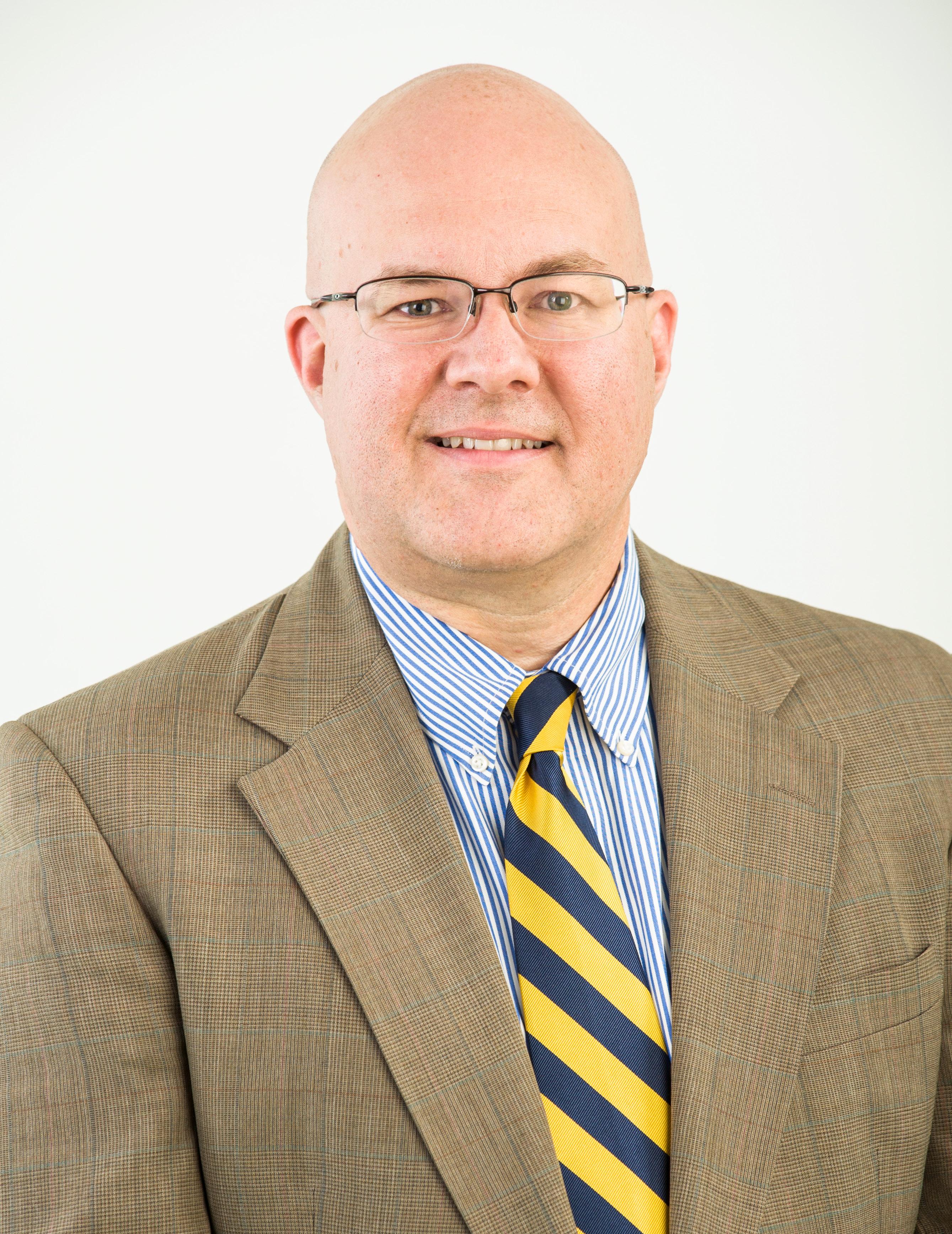
Mark Heibert The Business 103
Scott Allen VP of Global Total Rewards Pharmaceutical Product Development
With an ever-evolving workforce, it is imperative to be mindful of the people within a company when designing reward and recognition programs, not only to maximize ROI and increase retention but also to drive employee engagement and maintain a competitive edge.
Scott Allen, vice president of global total rewards at Pharmaceutical Product Development (PPD), recognizes this task and has focused on maintaining market competitiveness, all while making sure that the rewards strategy complements PPD’s business objectives and its diverse workforce. With these goals in mind, Allen is leading a holistic review of PPD’s total rewards programs to help employees stay focused on the company’s overall mission of improving health and helping customers deliver life-changing therapies.
“People are our most important and valuable asset,” Allen says. “As a leader of the reward function, my overall mission is to design and implement programs and strategies that attract, retain, engage, and motivate the best and brightest people in the industry.”
With a laugh, Allen concedes that this sounds a little “pie in the sky,” but he also maintains that this mission influences every decision he makes to ensure that PPD can garner highly qualified employees to help drive its business strategy.
To do so, Allen believes that PPD’s reward strategy needs to be closely aligned with the company’s greater mission. “Everything we do has to
support the business; therefore, as we design our programs and develop strategies around rewarding and recognizing people, it has to be done with the goal of driving the business strategy.”
To acquire qualified employees to drive business strategy and remain market competitive, businesses first need to attract key talent. “Within our industry, for lack of a better phrase, we are in a war for talent. Companies need to adapt to the current workforce’s wants
and needs,” he says. “Those wants and needs differ by demographic, so one of the challenges that we face is remaining fresh and aware. We’re not only looking at compensation programs, benefit programs, and reward programs; we’re also looking at what is valued by our workforce. We want to deliver programs that are truly valued.”
So how does PPD achieve that? “I would say it’s a four-pronged approach to how we engage and motivate our
104 AHL
“When you have someone who is 'well,' you have someone who is committed and productive. We need to help provide that sense of wellness for people, and as such, we are looking to implement programs and services to achieve that."
workforce,” Allen explains. “There’s compensation, benefits, talent/ employee development, and lastly, workplace environment.”
Indeed, PPD’s workplace environment serves as one of its championed components in its approach. “We strive to provide an environment where people like coming to work. PPD is simply a nice and friendly place to work. People are caring and supportive of one another, and teamwork is incredibly important to our success," Allen says.
This four-pronged approach explains how PPD strives to engage and motivate its workforce, but Allen believes that there is more—it’s important to use reward programs to help employees take care of themselves and their families.

“Companies provide reward programs because they want to recognize the work that employees do and compensate them for it,” Allen says, “but for us, it is deeper than that. We don’t just provide benefits [medical, dental, and vision] because it’s market competitive. We provide health insurance and wellness programs because we want our employees to be healthy and we want their families to be healthy.”
When employees’ family members are unwell, employee performance is at risk. Allen aims to take care of employees and their families from the start. “It’s good for business when you take care of everyone all around,” he says.
In revamping PPD’s existing reward programs, Allen is also looking to enact the “power of thank you.” Allen believes
those two words can go a long way. “The power of telling someone ‘we appreciate you,’ ‘we thank you,’ and ‘we recognize you’ is huge. It’s human nature: people appreciate basic human kindness, they want to be part of something, and that’s what is going on at PPD. We are caring, we thank people, and in turn people are willing to work hard because there truly is appreciation for it.”
In addition to creating a culture of gratitude, Allen also wants to put an emphasis on the holistic well-being of each and every individual at PPD.
“Looking to the future, we want to focus on our wellness programs. It’s all about caring for the well-being of the whole person. So not only their physical well-being but also their spiritual and mental well-being as well as financial well-being,” Allen explains. “When you have someone who is ‘well,’ you have someone who is committed and productive. We need to help provide that sense of wellness for people, and as such, we are looking to implement programs and services to achieve that.”
In committing to a focus on these particular areas, Allen hopes to create reward programs that are not only effective in retaining employees and remaining market competitive but that also truly reflect the way that PPD views and values its workforce. “There is something special here,” Allen says of PPD. “We are a rapidly growing business that cares about people, and the work that we get to do on a daily basis is truly enriching.” AHL
GOEMPYREAN.COM
The Business 105
The right benefits administration partner makes all the difference. We make benefits matter every day.
Make Labor a Force to be Reckoned With
In March and April 2020, the novel coronavirus pandemic swept through the United States, threatening to overwhelm the healthcare system and forcing hospitals to staff up for a spike in admissions. “The coronavirus caused the healthcare industry to mobilize and move clinicians at a volume and pace that no one had seen or imagined before,” said Dan White, president of workforce solutions for AMN Healthcare.


Companies like AMN provided essential support for healthcare organizations during the pandemic. AMN helped mobilize thousands of clinicians to fill acute needs created by the virus during the first forty-five days of the outbreak. High demand for clinical talent was present well before the pandemic, though, and will continue far beyond it.
By Peter Fabris
The art of healthcare staffing is and has been in flux. Over the past decade, other industries have improved recruiting and retention best practices significantly, and healthcare is still catching up, White says. AMN, the largest healthcare total talent solutions company in the United States, is driving the change toward more optimal hiring and deployment of healthcare personnel.
Today’s healthcare labor force is composed of three main types of employees: permanent full-time staff, contingent or temporary workers, and float resources. “That’s true pretty much across all disciplines, from individual contributor all the way up to leadership,” White says. The challenge facing all healthcare organizations is to seamlessly predict staffing needs and

AMN’s Dan White believes technology and a new approach are keys to meeting the challenges of the new healthcare staffing environment
106 AHL
Dan White President of Workforce Solutions AMN Healthcare Services
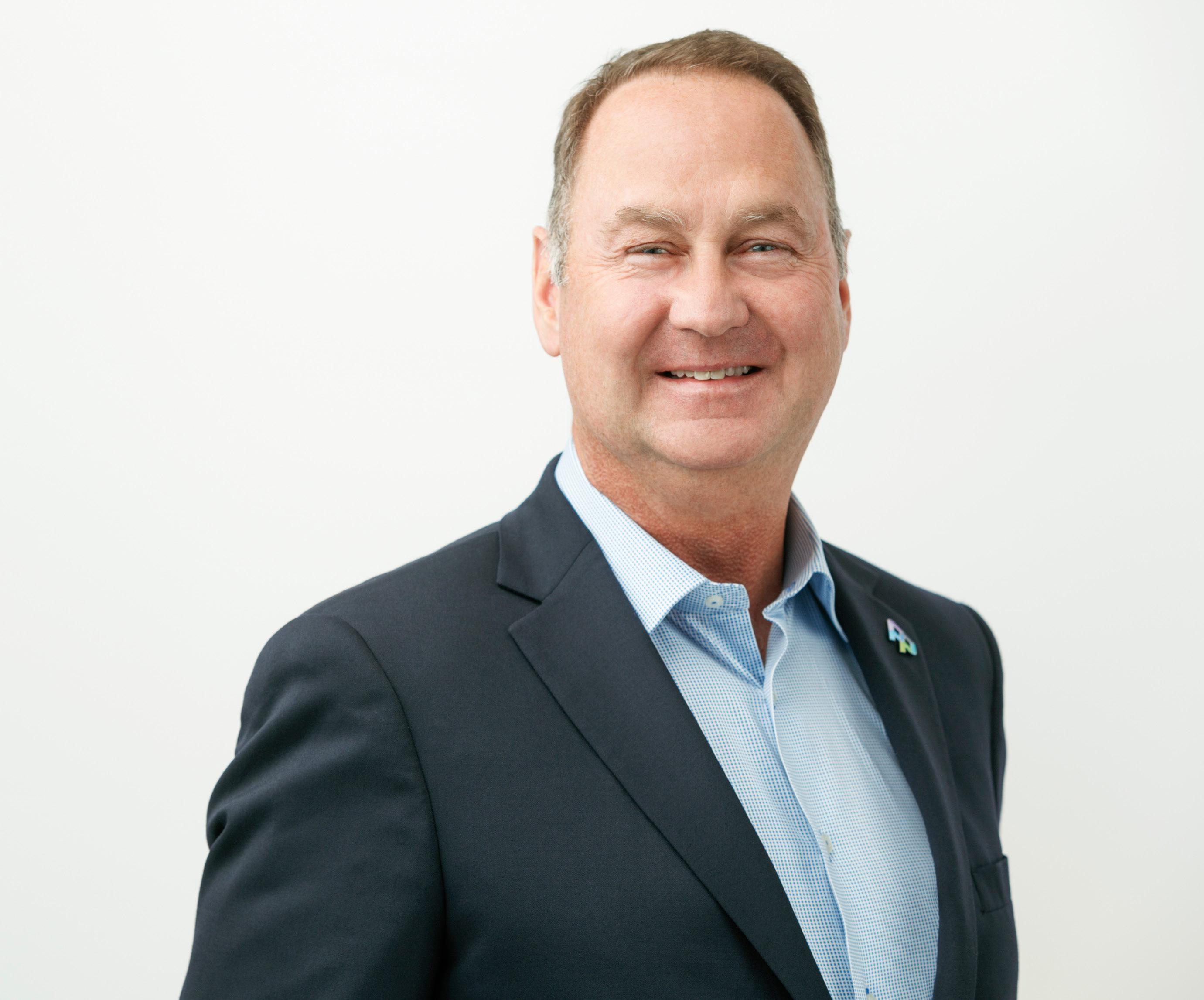
integrate all three categories of workers to maximize the efficient allocation of resources.
Moreover, half of the costs of a healthcare organization are related to labor. “Optimizing talent directly correlates with how well your system is going to do,” White says. “Making sure you have the right number of people from each category is how you achieve both cost goals and quality outcomes.”
A significant investment in technology and know-how is required to analyze the data for forecasting labor and skills needs and then deploying healthcare professionals where and when they are needed. Most healthcare organizations have neither this capability nor the financial resources to create, maintain, and upgrade the technology to reach true labor optimization on their own.
AMN has developed software that predicts hospital staffing needs “with 90 percent accuracy ninety days out,” White says. “Going floor by floor, unit by unit, we create a predictive model.” The model is fed by as many as two hundred real-time data streams, including CDC data, weather, and event data, to adjust the model incrementally over time.
Event data includes large sporting events, concerts, and festivals. A football game or concert, for example, may coincide with an increase in emergency department visits just before and after the event. This real-time data enables hospital administrators to create an accurate staff scheduling plan for each day.
AMN also offers systems for medical personnel to choose their work days and times. A mobile app
Nicholas
The Business 107
Barett
provides an easy interface. “You select your shift in the app, and you’re booked—it’s as simple as that,” White says. This is far simpler and faster than having personnel at a workforce resource center trade calls with people at the last minute to fill open shifts, which is still the norm in most systems today.
As a company specializing in total talent solutions for healthcare, AMN is able to provide a level of service supported by dedicated technology that individual healthcare organizations can’t match. “When you can leverage these investments across many customers, you get better outcomes for less money,” says White. This
model, which aids healthcare organizations in getting the right practitioners to where they are needed efficiently, also helps improve the overall quality of care and patient experience.
Moreover, AMN has partners that can provide recruiting services that assess if a job seeker would be a good cultural fit for an organization. One example offers mobile-based apps that “game-ify” skill assessments. Another example has an AI-based chatbot guide recruits through various scenarios to find out how a prospective employee would react to on-the-job challenges. Both of these lead to more engaging interviews that yield enhanced assessments and hires that support an institution’s values, White says. This robust prescreening process also saves time and money in the hospital’s hiring process.
Such services are the next step in outsourcing human resources in healthcare, White believes. Just as outsourcing of payroll and benefits are now commonplace, workforce optimization will follow, he says. The best methods for acquiring and deploying talent have become more sophisticated through data insights across many industries.
Having a strategic partner that, according to White, “knows a hospital’s clinical models, their culture, how they onboard—all the things you need to account for to move fast,” makes it far easier to balance their quality and financial objectives, and react to rapidly changing environments like during the COVID-19 crisis.
AMN and Randstad, the world’s largest staffing company of nonclinical talent, entered into alliance earlier this year to enhance AMN’s menu of services for clients, enabling the ability to source administrative, clerical, IT, and finance specialists as well as clinical personnel through one relationship. “Together, we can provide talent solutions that no one else has been able to provide,” says White.
It’s the next logical step in the evolution of healthcare labor optimization, and White and AMN are eager to lead the way. AHL
108 AHL
“Together, we can provide talent solutions that no one else has been able to provide.”
The In-House Variety
Assistant General Counsel Ryan Hassanein
has evolved in his career to thrive in fastpaced legal environments and foster stronger relationships
By Sara Verdi
Ryan Hassanein was familiar with McKesson Corporation long before he joined its team in 2015. McKesson was a primary client of Hassanein’s at former firm Morrison & Foerster, where he was involved with building out a False Claims Act practice group. The lion’s share of lawsuits brought to him under the False Claims Act fell within the healthcare arena, which led him to garner a wealth of new legal experiences.
“Over time, I developed an expertise in a variety of healthcare regulatory issues that were the predicate violations of the False Claims Act
cases that I was handling on behalf of our clients. One of the clients that I did quite a bit of False Claims Act work for was McKesson,” Hassanein explains. In addition to his familiarity with the company, Hassanein’s former mentor served as general counsel for McKesson. So, naturally, the transition to McKesson’s in-house team was a seamless one.
When he started at McKesson, Hassanein stepped into a newly designed role. “I was brought in as special counsel for government relations. The role was designed in response to
The Business 109
a perceived need for someone in the law department to have visibility into all of the company’s key touch points with the government,” he says.
This position allowed Hassanein to collaborate and partner with different teams that were focused on the different types of interactions that the government had with McKesson.
“I collaborated with the public affairs team on opportunities to advocate for the company on Capitol Hill; I collaborated with our government contracting lawyers to help manage the key government contracts that McKesson has with the federal government; and I collaborated with our litigators on litigation matters, including cases filed by whistleblowers on behalf of the government under the False Claims Act,” Hassanein explains.
Over time, Hassanein’s role evolved, and he now serves as assistant general counsel. In his current role, he manages and sets the strategic direction for key government investigations and serves as the lead lawyer for McKesson’s internal investigations program.
“I also provide regular advice on an array of healthcare regulatory issues and conduct proactive assessments of internal control environments, with an eye toward rendering legal advice to our businesses on ways to strengthen and advance those control environments,” Hassanein says of his responsibilities. On top of all these duties, he is focused on maintaining compliance in everything the company does.
To Hassanein, the starting place for an effective compliance program is an understanding of any and all risks that live and breathe within the business. “Because McKesson has so many different types of healthcare businesses within its enterprise, and given how regulated
the healthcare sector is, we have a very complex risk profile,” he says.
To ensure that the company is effectively mitigating the multitude of risks that it faces every day, Hassanein believes that McKesson must design the compliance program in such a way that it surgically targets each of those risks.
“This could include policies, protocols, and other written documentation combined with targeted training directed at specific employees who are exposed to where these risks reside. We partner with the businesses to periodically audit and test internal control environments to ensure that they are operating correctly and mitigating the risks they were designed to mitigate,” he says.
Because of the cross-jurisdictional nature of Hassanein’s compliance efforts at McKesson, there is greater potential for challenges to arise. “McKesson is one company, but it is composed of many different businesses that play a variety of different roles within the healthcare industry. Each one of these businesses is subject to regulatory frameworks imposed by federal and state agencies, and, in some cases, different international jurisdictions. That creates a dizzying array of frameworks, and naturally this leads to a wide variety of issues and challenges,” he says.
Hassanein readily and efficiently navigates these problems by fostering strong communications skills and building good
“One hour I’m thinking about one discreet issue, and the next hour I am totally switching gears to focus on something else.”
110 AHL
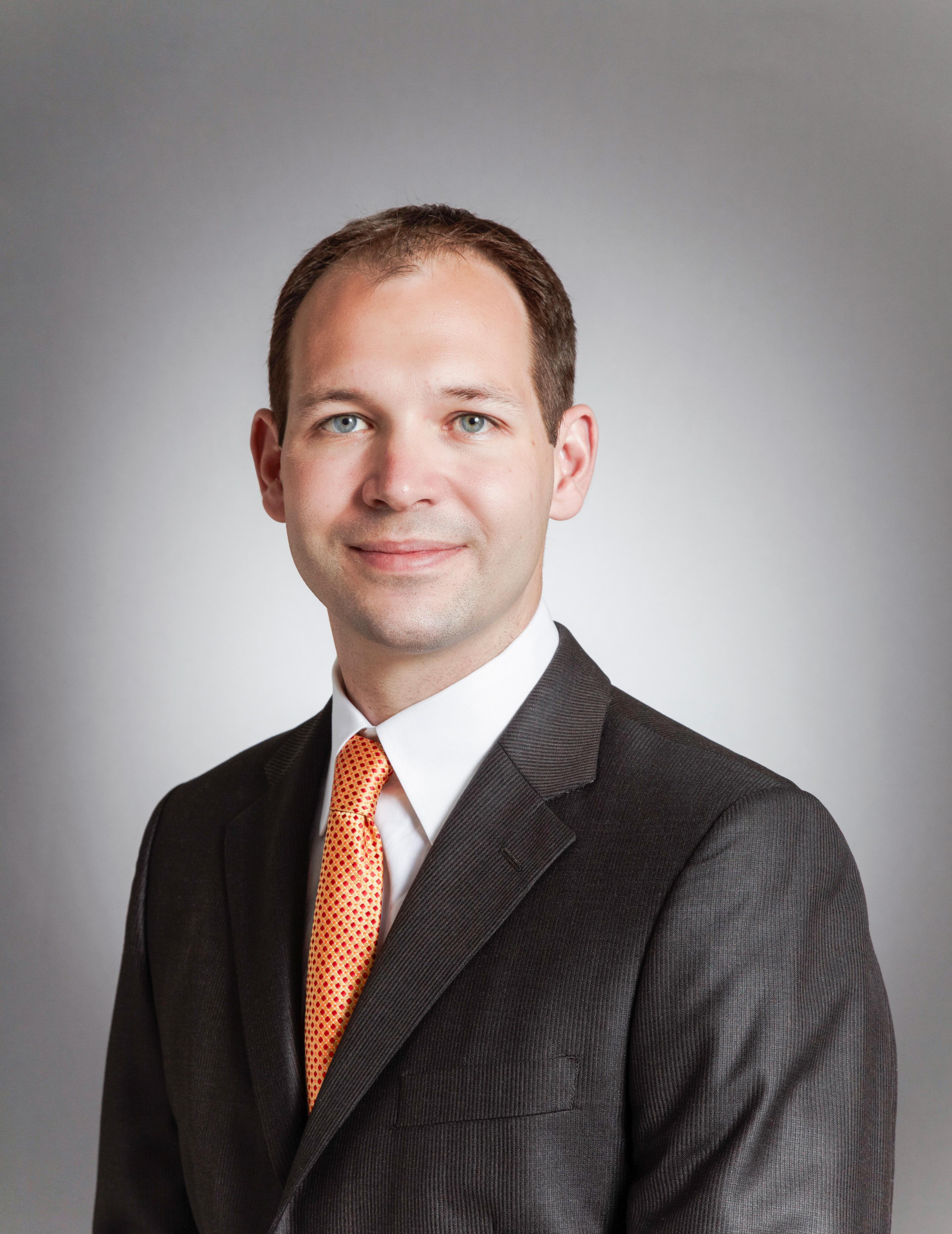 Ryan Hassanein Assistant General Counsel McKesson Corporation
Ryan Hassanein Assistant General Counsel McKesson Corporation
The Business 111
Courtesy of McKesson Corporation
MORRISON & FOERSTER IS PLEASED TO SUPPORT RYAN HASSANEIN OF MCKESSON

relationships—not only with his team but across all businesses in the enterprise.
“These are really critical,” he says of good working relationships. “When I first joined the in-house team at McKesson, I did not appreciate how important it is to foster strong relationships and to build consensus among stakeholders.” Over the course of the last five years, he has developed a stronger understanding and appreciation for taking a team-based approach to problem-solving. “It’s the only way to achieve success in an in-house environment,” he says. “In my time at McKesson, relational skills have been another tool to add to my tool kit to help the company, my team, and my career.”
Ultimately, Hassanein’s role works in conjunction with the company to drive business strategies forward, and he breaks down his love for his work into what he calls “the three V’s”: volume, variety, and velocity.
“Given the sheer number of businesses throughout the enterprise and the fact that my job is enterprise wide, I receive a high volume of matters to worry about. They vary in subject matter, and they come at me very quickly. One hour I’m thinking about one discrete issue, and the next hour I am totally switching gears to focus on something else,” he explains.
While this aspect of the job might seem stressful and highly pressurized, it’s what Hassanein favors most.
“The three V’s are what I love about my job. That’s something that you maybe wouldn’t get in private practice. There’s always something different for me at McKesson,” he says. AHL

Our partnership with Ryan is invaluable and we are proud of his accomplishments and recognition by American Healthcare Leader.
112 AHL
© 2020 Morrison & Foerster LLP
The drawings found on the cover and throughout John Henderson’s feature (p.62) were created by a couple of young, eager artists. Together, six-year-old Ben (pictured) and his two-year-old brother Gabe put their imaginations and new markers to work to help produce these colorful, dreamlike spreads.

Contents 113
People & Companies
A Allen, Scott 102 AMN Healthcare Services 106 Andrews, Patricia S. 68 B Becton, Dickinson and Company 96 Betti, Jen 76 Bijesse, Louise 28 BJC HealthCare 42 Boston Biomedical Inc. 68 BrightSpring Health Services 28 C CHOC Children’s 62 CommonSpirit Health 10 ConnectiveRx 85 D Dadika, Greg 96 Dana-Farber Cancer Institute 90 E Engelhardt, Bo 18 F First Advantage Corporation 18 G Gates, Edward R. 46 H Hassanein, Ryan 109 Henderson, John 62 HERE Technologies 76 Hong, Chang 74 I Inova Health System 58 L Larsen, Scott 58 Lesley, Melissa 22 Libka, Hilary 90 Loveless, Jim 36 Lubin, Josh 14 M McKesson Corporation 109 Meruelo Group, The 32 Merz Aesthetics 82 MicroVention 54 Myriad Genetics 78 N Nelson, Courtney 10 Nemours Children’s Health System 36 O Osterman, Kyle 18 P Pawlak, Mark 85 Petti Hokenberg, Katelyn 82 Pharmaceutical Product Development 102 Phillips, Reba 42 PRA Health Sciences 22 R Regan, Dena 76 Ridley, Irina 78 Rocket Pharmaceuticals 49 S Sanofi US 14 Synlogic 74 T Turken, Sara 49 V Valle, Tammy 32 W White, Dan 106 Wolf, Greenfield & Sacks PC 46 Y Yoon, Richard 54 114 AHL

specialized expertise developed over 110 years in aesthetics and neurosciences, Merz works closely with doctors to help them deliver the personalized care that people need. Today and tomorrow, we continue working to help people live better, feel better and look better. Learn more at MerzUSA.com. Live better. Feel better. Look better. Copyright © 2018 Merz North America, Inc. The Merz ® Logo is a registered trademark of Merz Pharma GmbH & Co. KGaA.
With















www.bostonbiomedical.com ©2020 Boston Biomedical PM-NPS-0096 04/2020
in our
cancer treatments
patients.
United
relentless pursuit to advance meaningful
for




















































 Joshua R. Lubin
Joshua R. Lubin


 Kyle Osterman VP of Sales–Healthcare Markets First Advantage Corporation
Kyle Osterman VP of Sales–Healthcare Markets First Advantage Corporation


 Melissa Lesley joins her new coworkers, Cameron and Spencer, as she adjusts to her work-from-home environment.
Melissa Lesley joins her new coworkers, Cameron and Spencer, as she adjusts to her work-from-home environment.
 Louise Bijesse VP of HR & Talent Acquisition BrightSpring Health Services
Louise Bijesse VP of HR & Talent Acquisition BrightSpring Health Services





 Edward R. Gates Shareholder Wolf, Greenfield & Sacks PC
Edward R. Gates Shareholder Wolf, Greenfield & Sacks PC
 Sara Turken Senior Director of Legal & Compliance and Corporate Secretary Rocket Pharmaceuticals
Sara Turken Senior Director of Legal & Compliance and Corporate Secretary Rocket Pharmaceuticals











 By Billy Yost
Portraits by Jabari Jacobs
By Billy Yost
Portraits by Jabari Jacobs

































 Patricia S. Andrews CEO Boston Biomedical Inc. Global Head of Oncology Sumitomo Dainippon Pharma Co. Ltd.
Patricia S. Andrews CEO Boston Biomedical Inc. Global Head of Oncology Sumitomo Dainippon Pharma Co. Ltd.












 DONNA MURPHY, GLOBAL CEO OF HAVAS HEALTH & YOU
DONNA MURPHY, GLOBAL CEO OF HAVAS HEALTH & YOU









































 By Sara Deeter
By Sara Deeter
 By Sara Verdi
Portraits by Aundre Larrow
By Sara Verdi
Portraits by Aundre Larrow



 Hilary J. Libka Chief Intellectual Property Counsel Dana-Farber Cancer Institute
Hilary J. Libka Chief Intellectual Property Counsel Dana-Farber Cancer Institute














 Ryan Hassanein Assistant General Counsel McKesson Corporation
Ryan Hassanein Assistant General Counsel McKesson Corporation


















